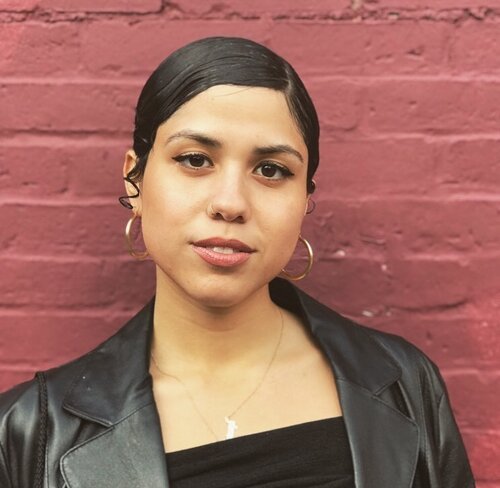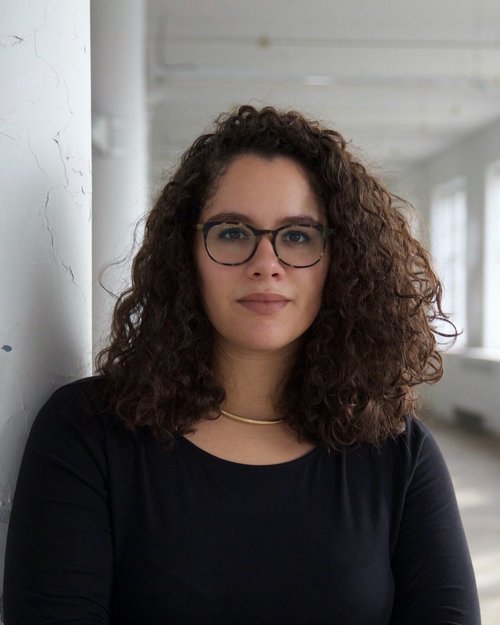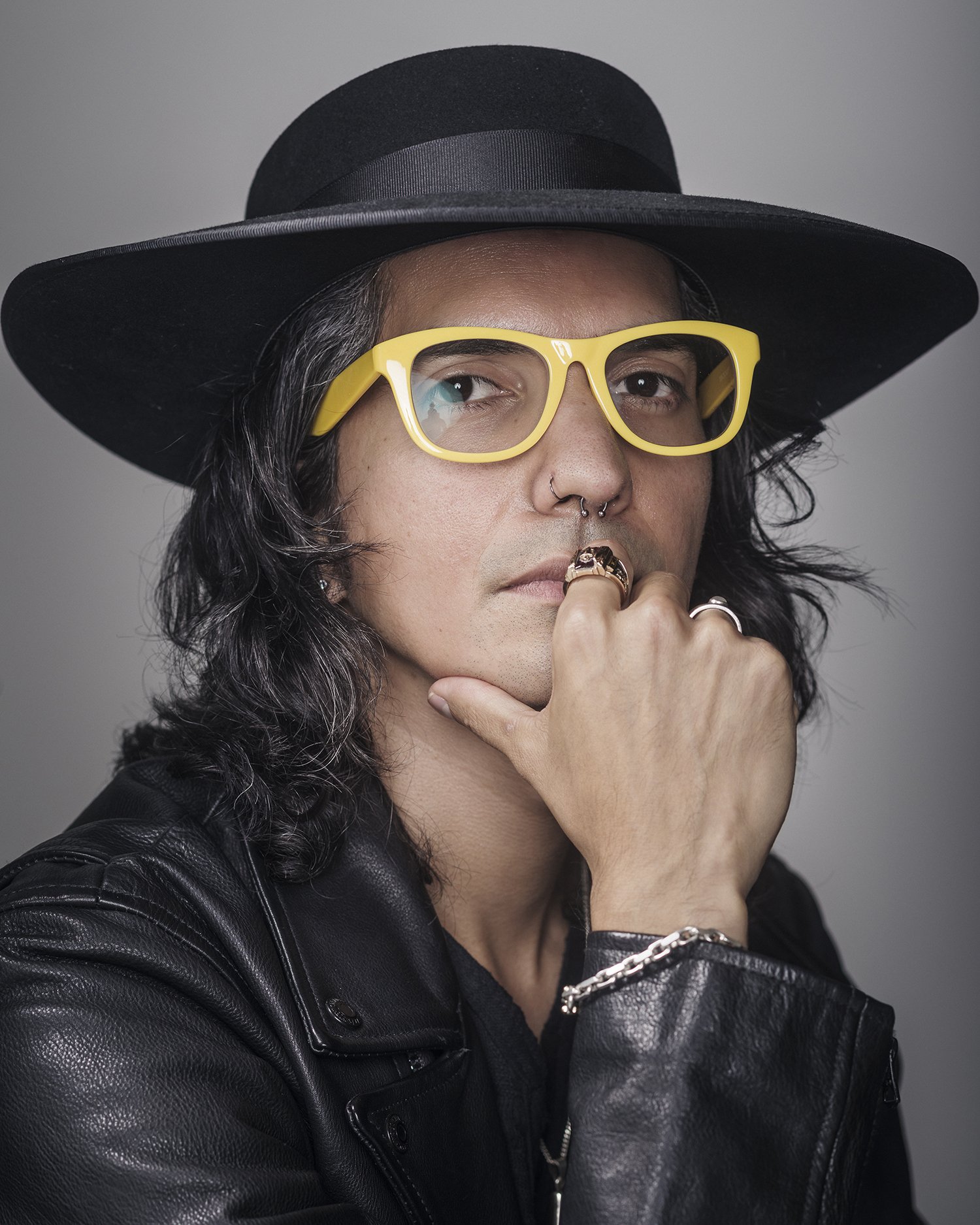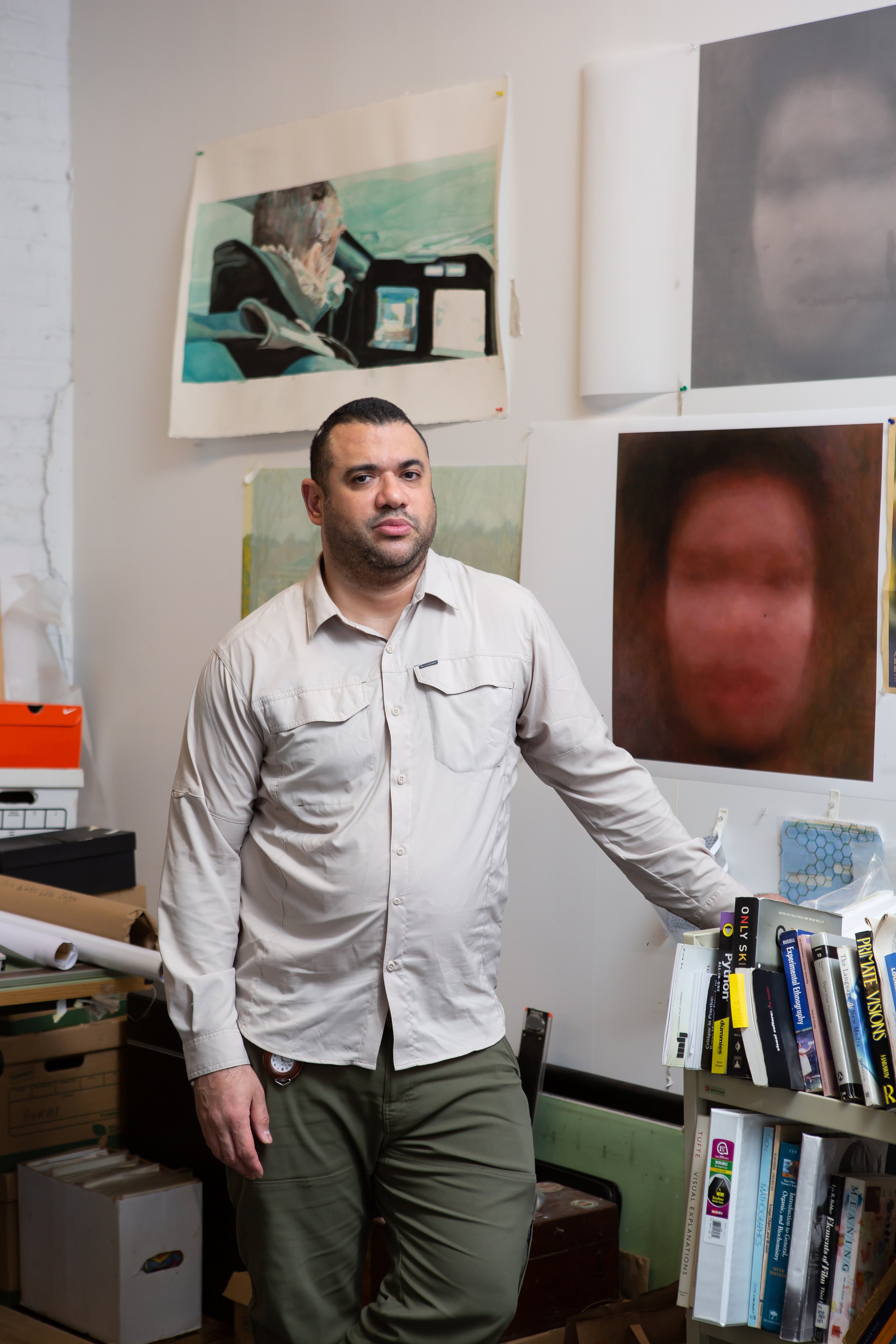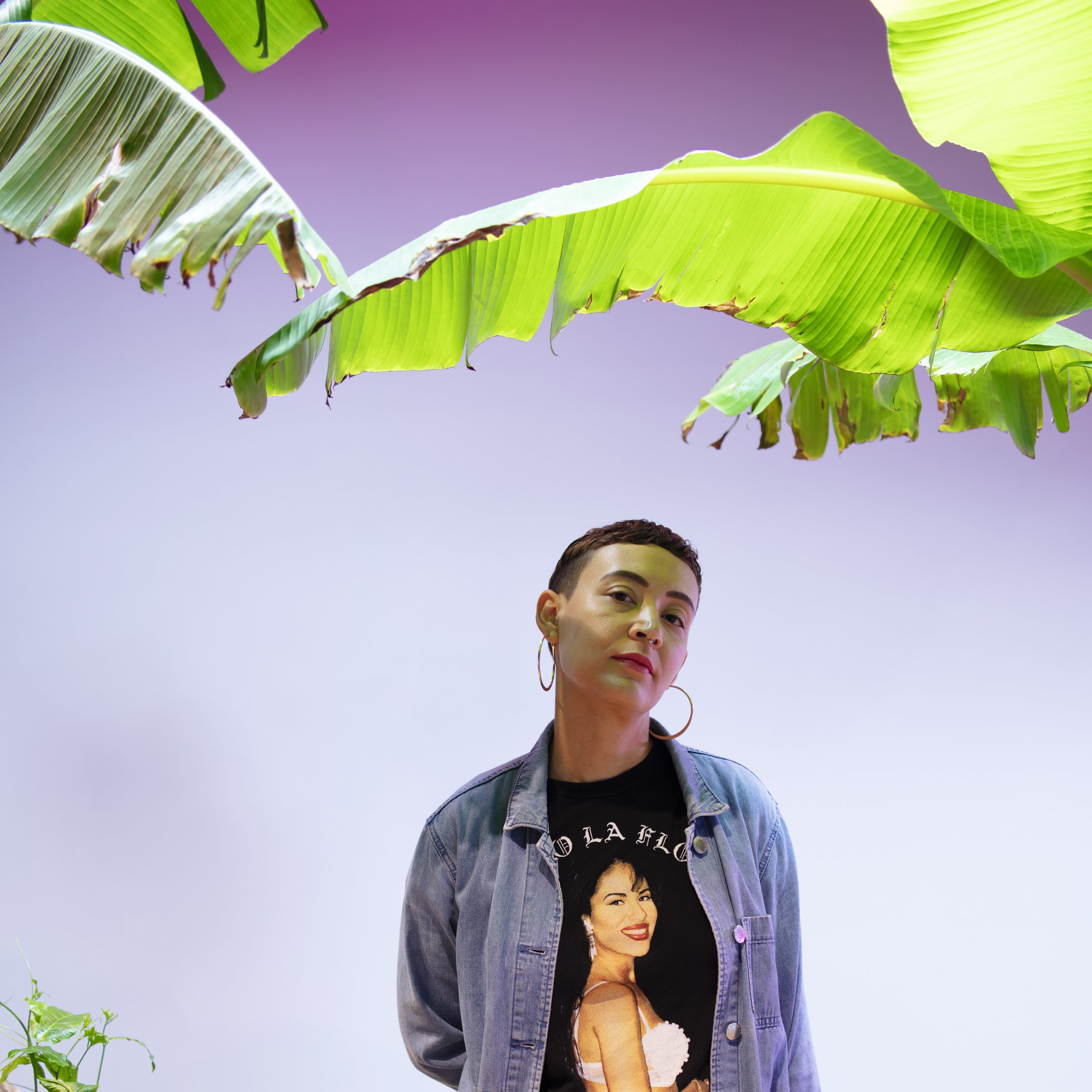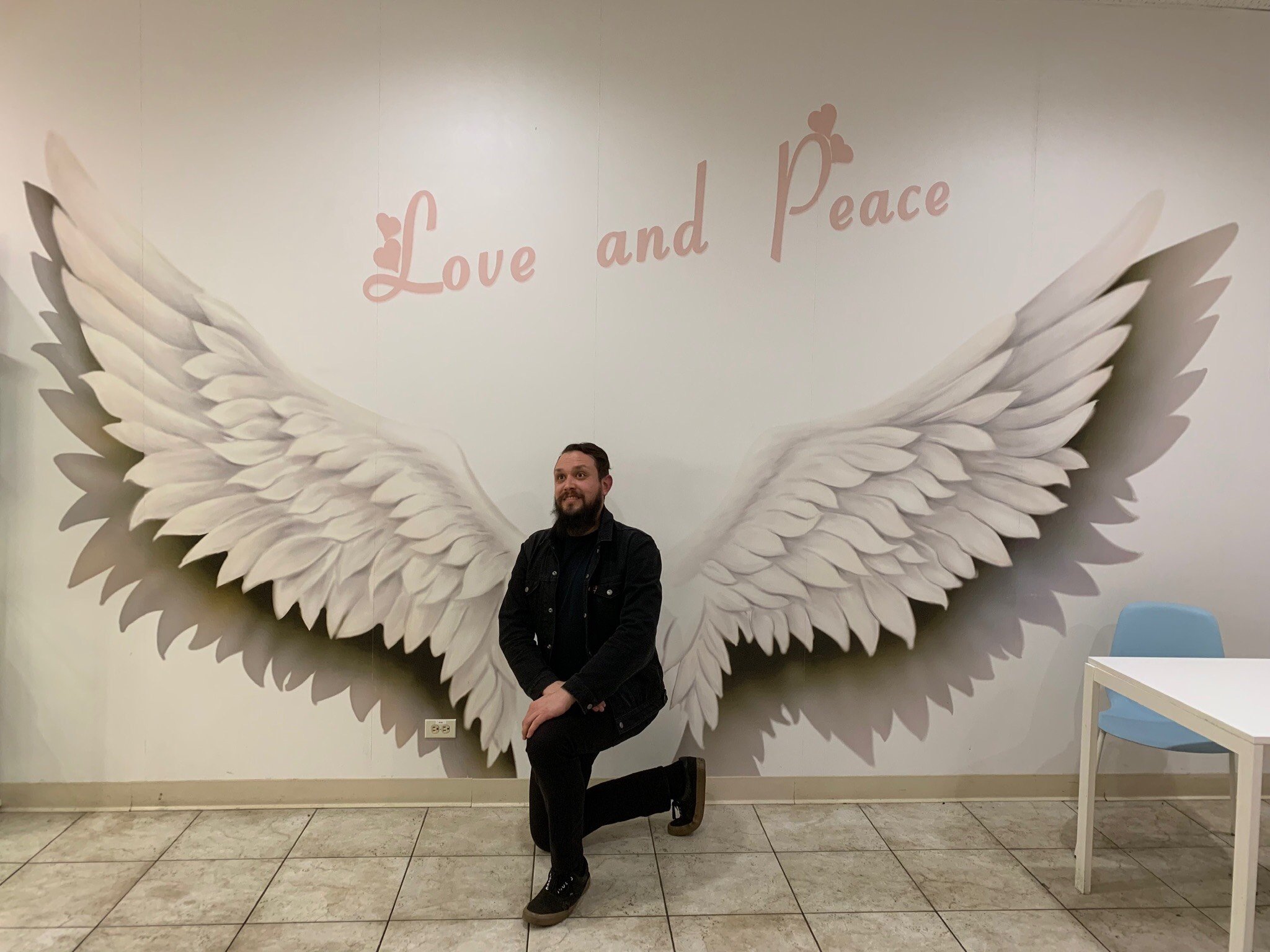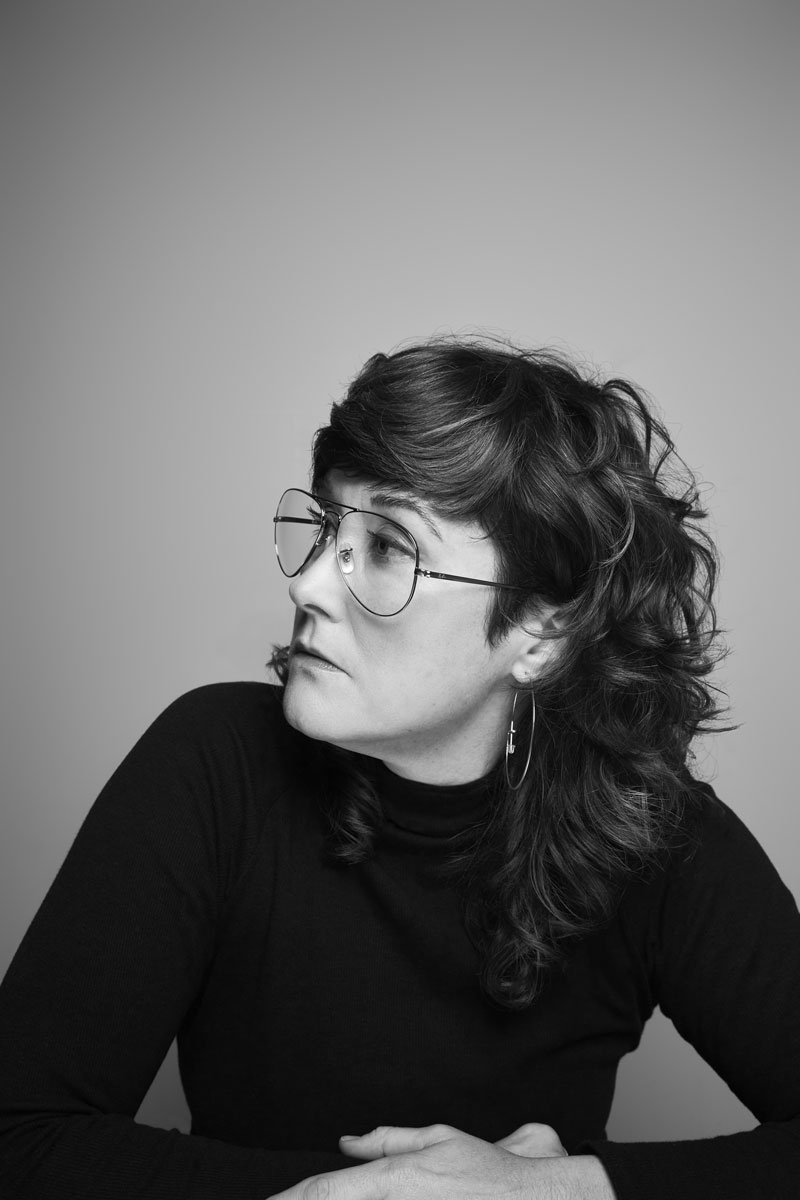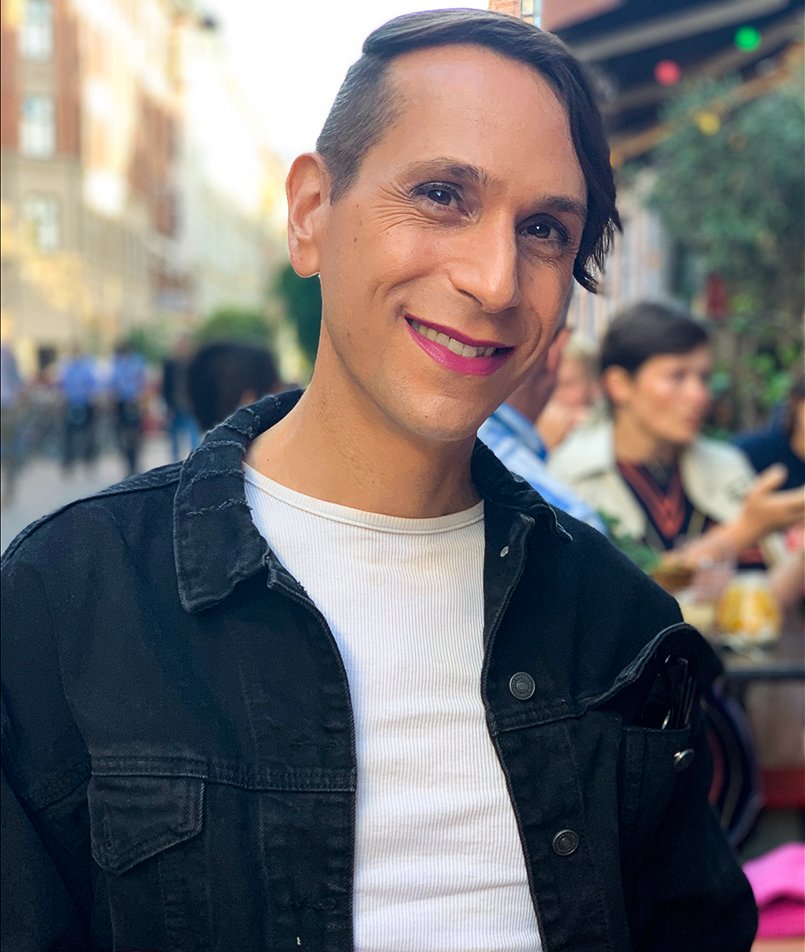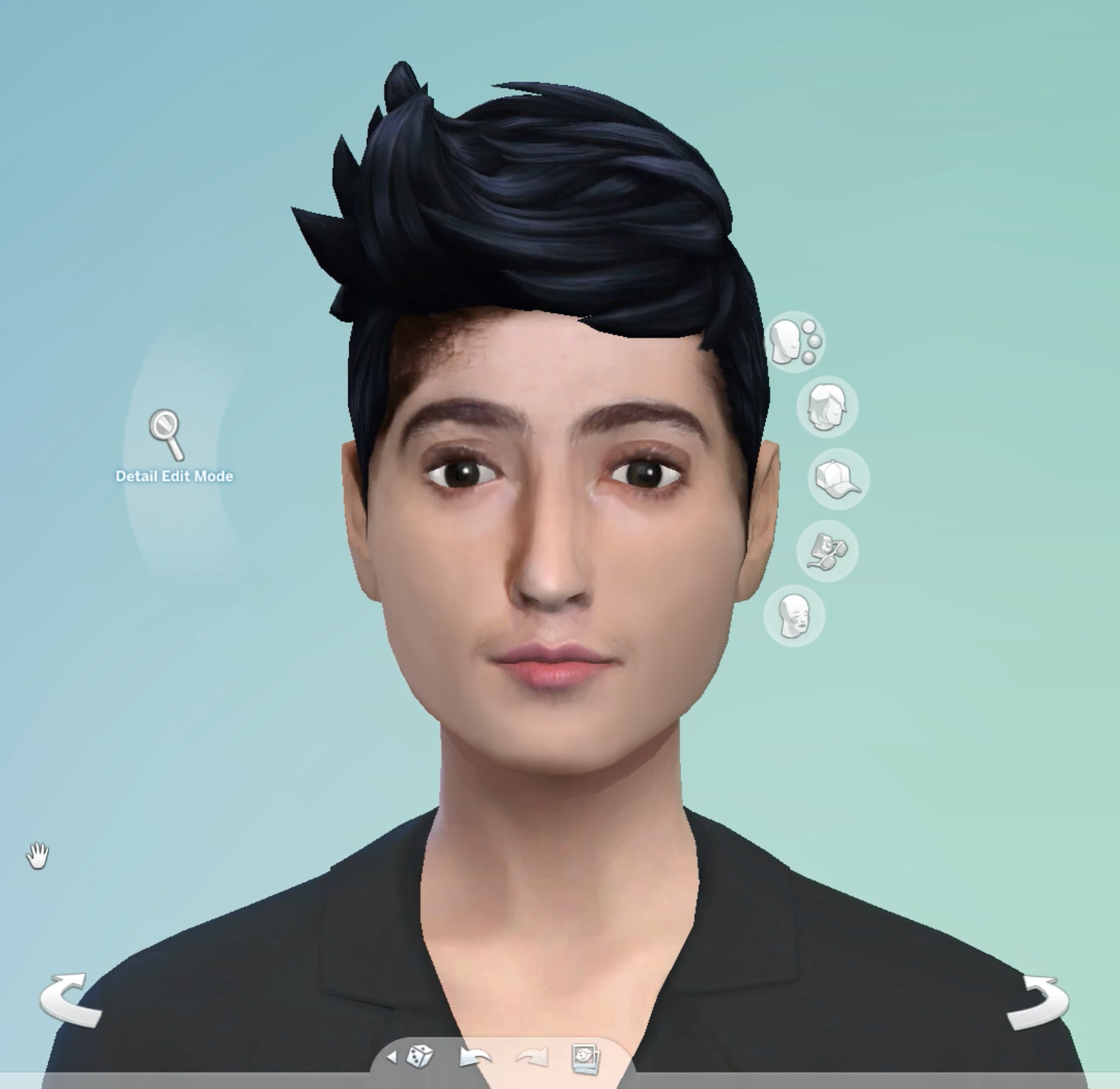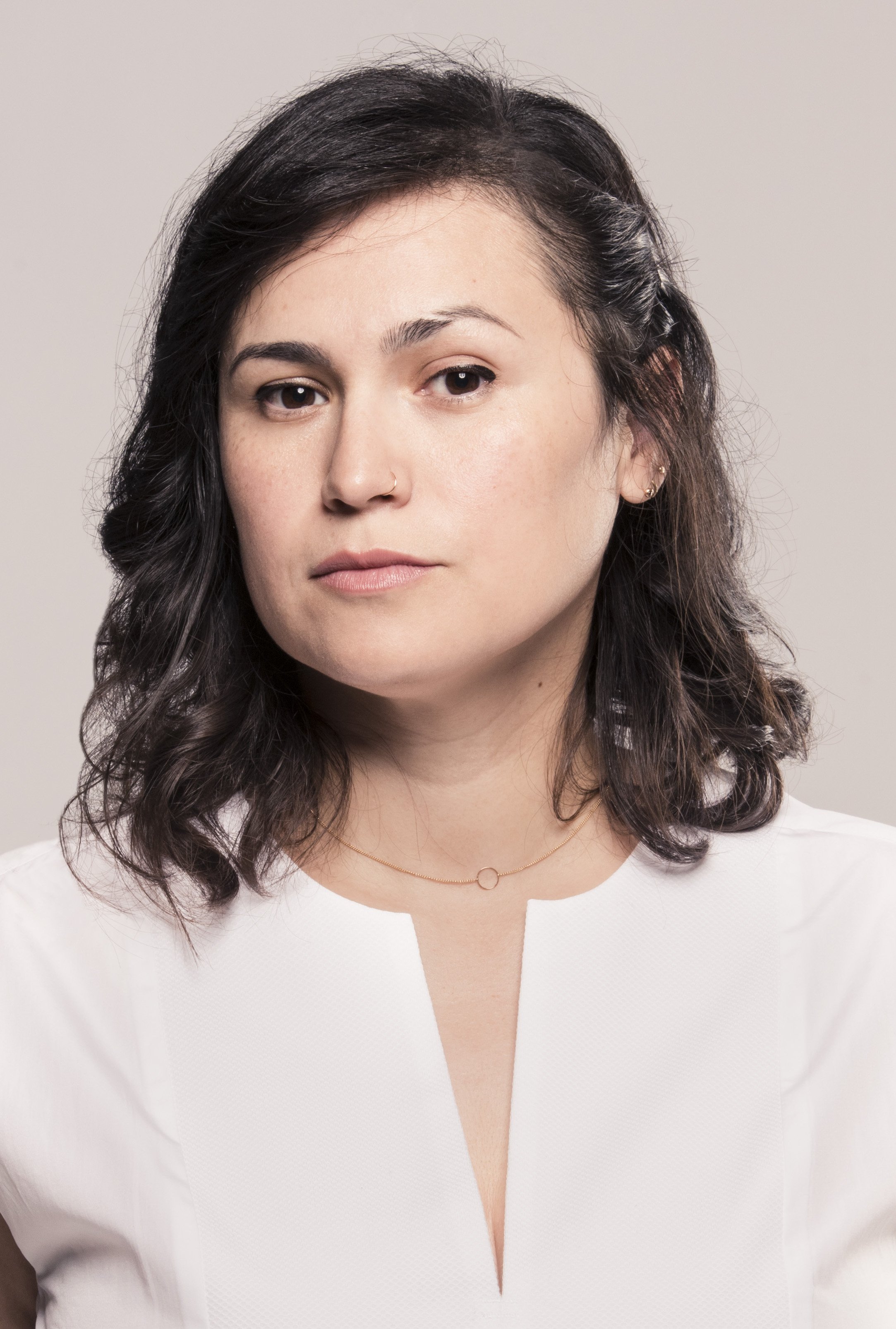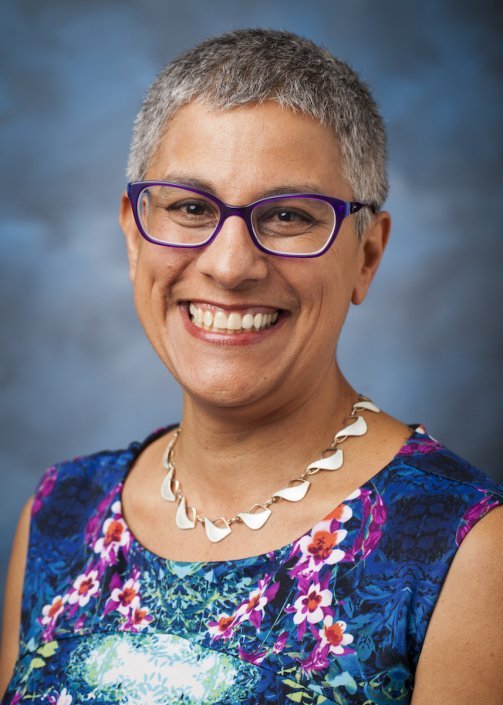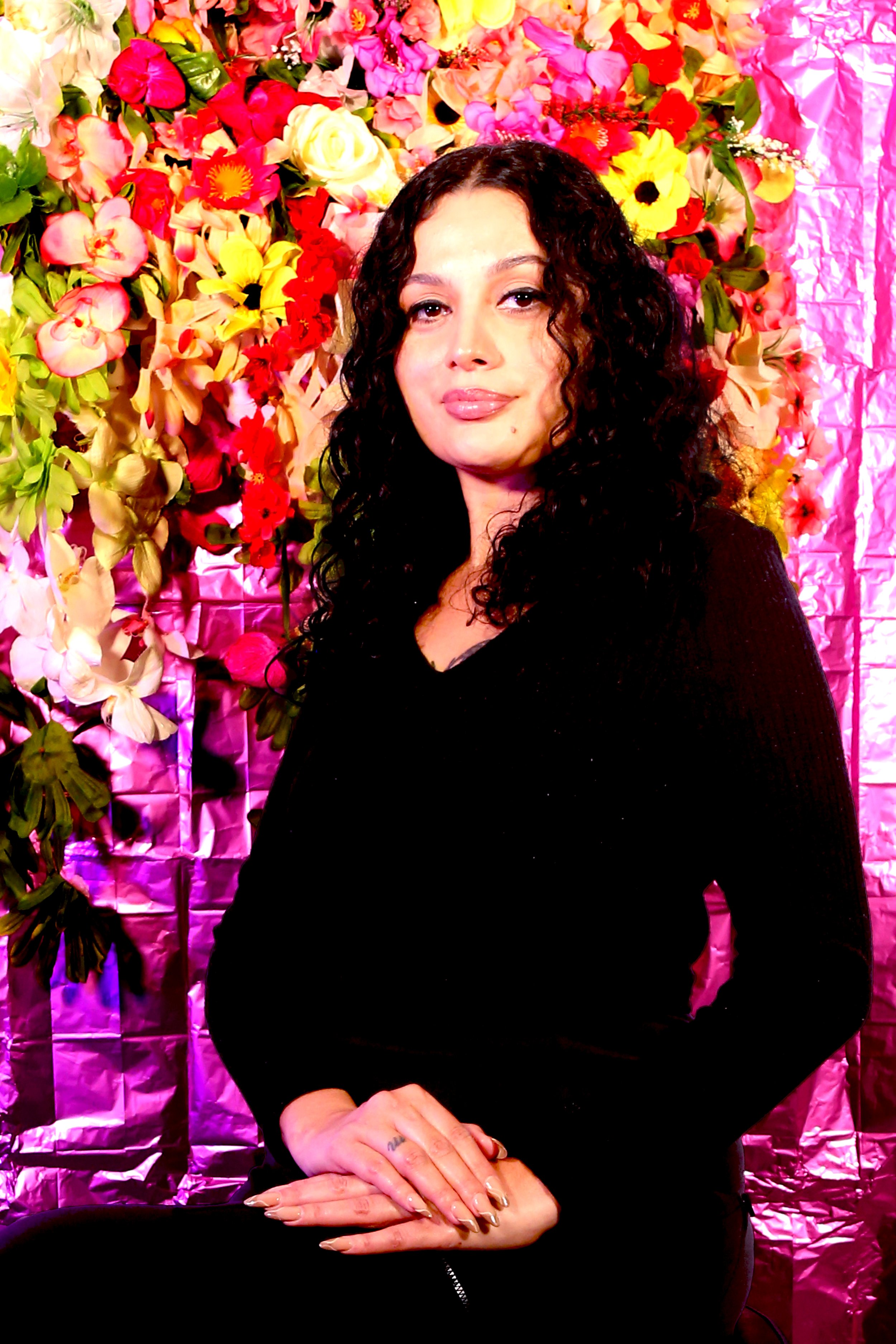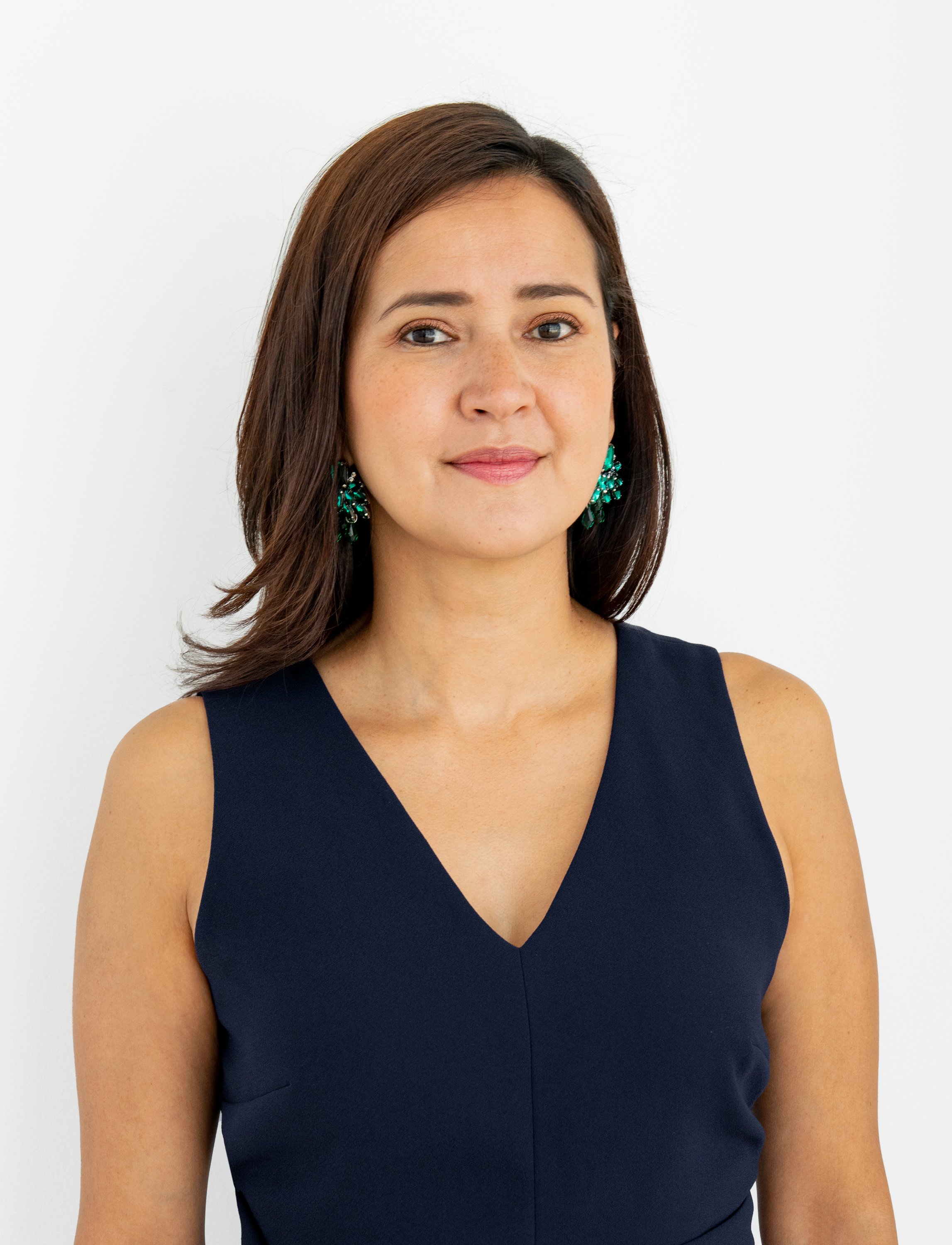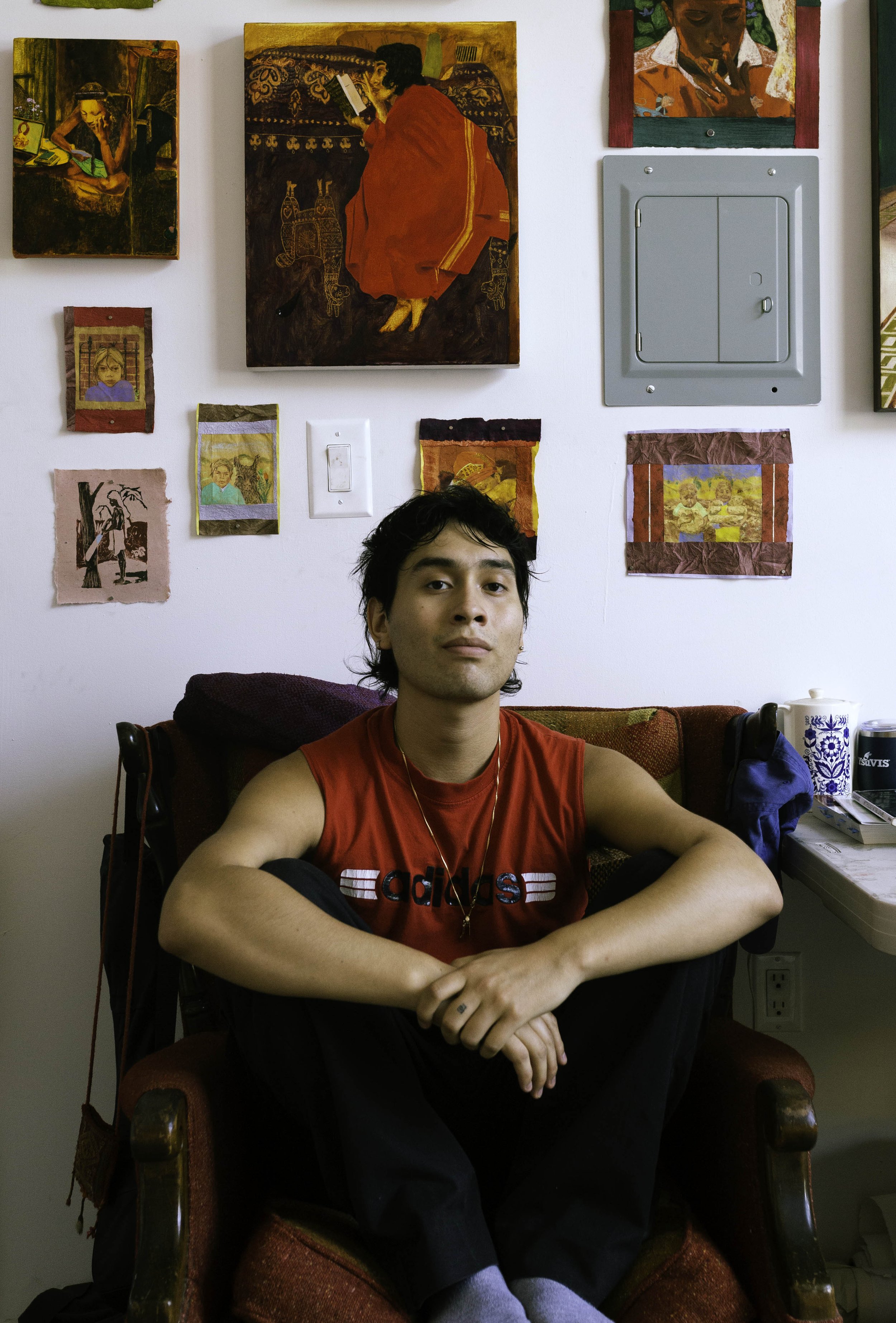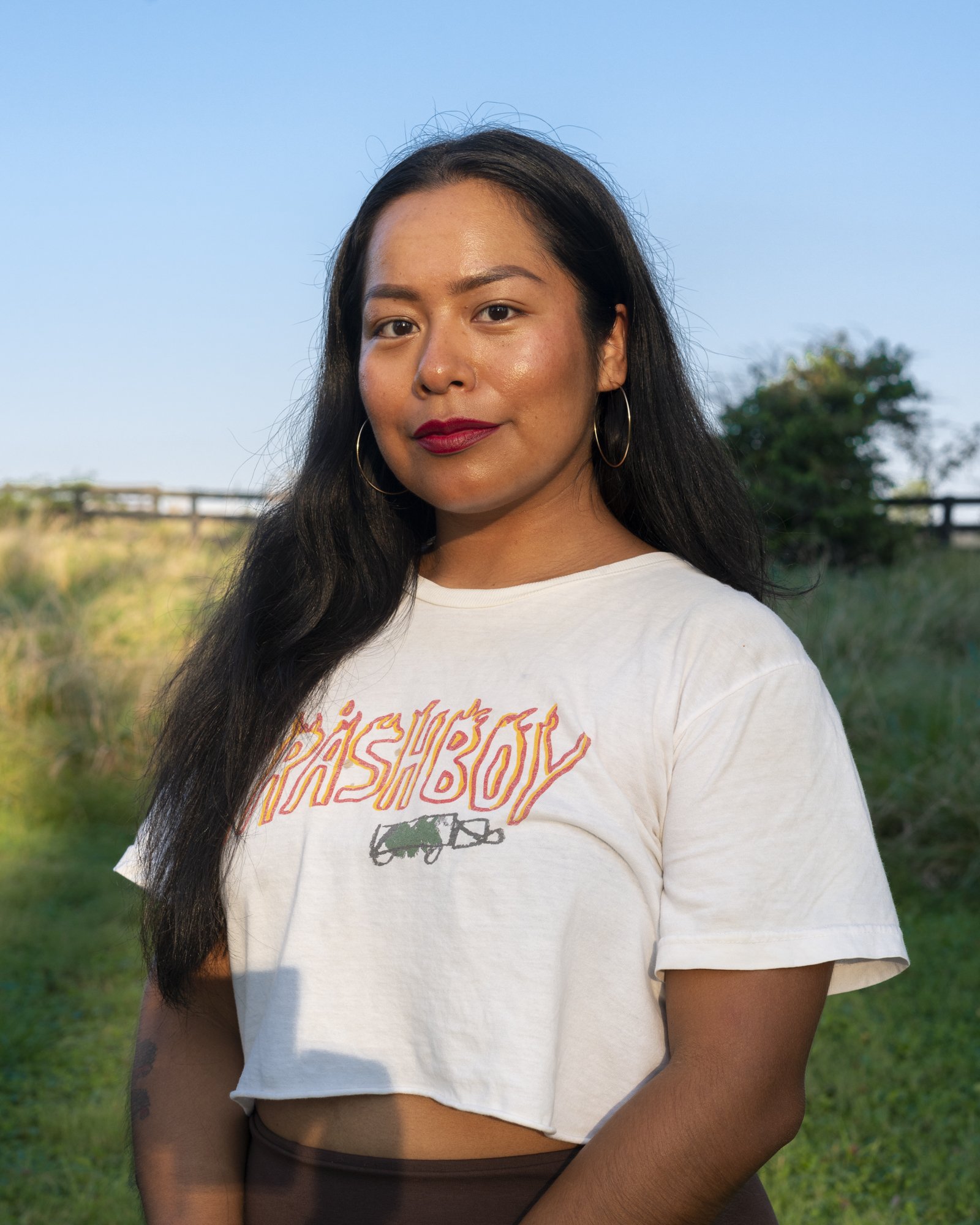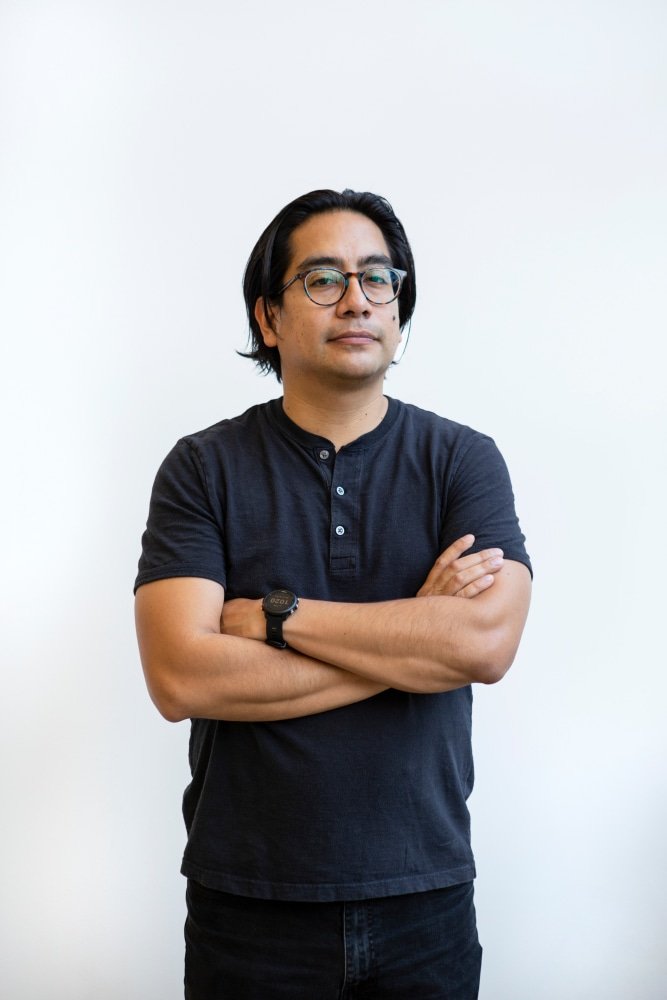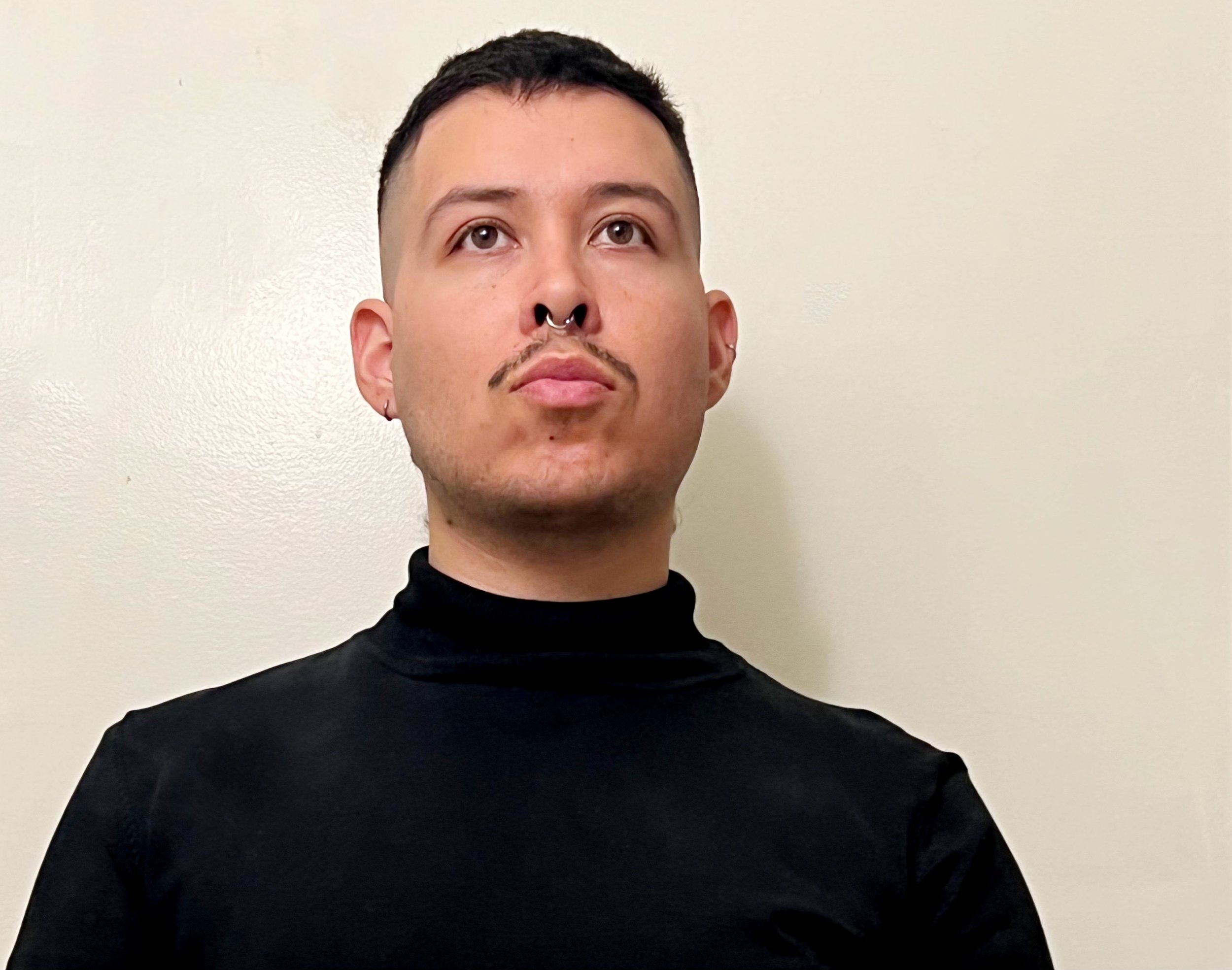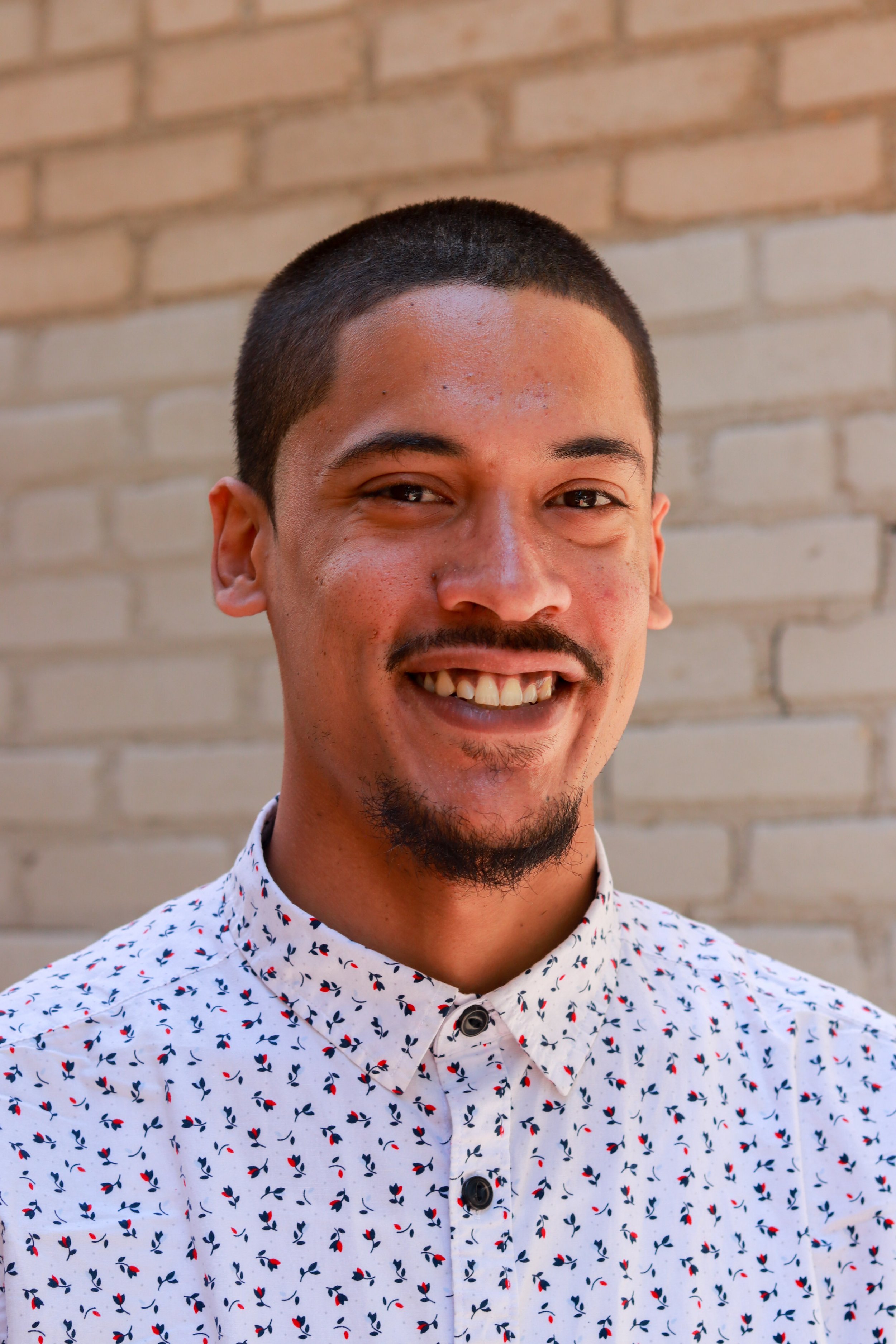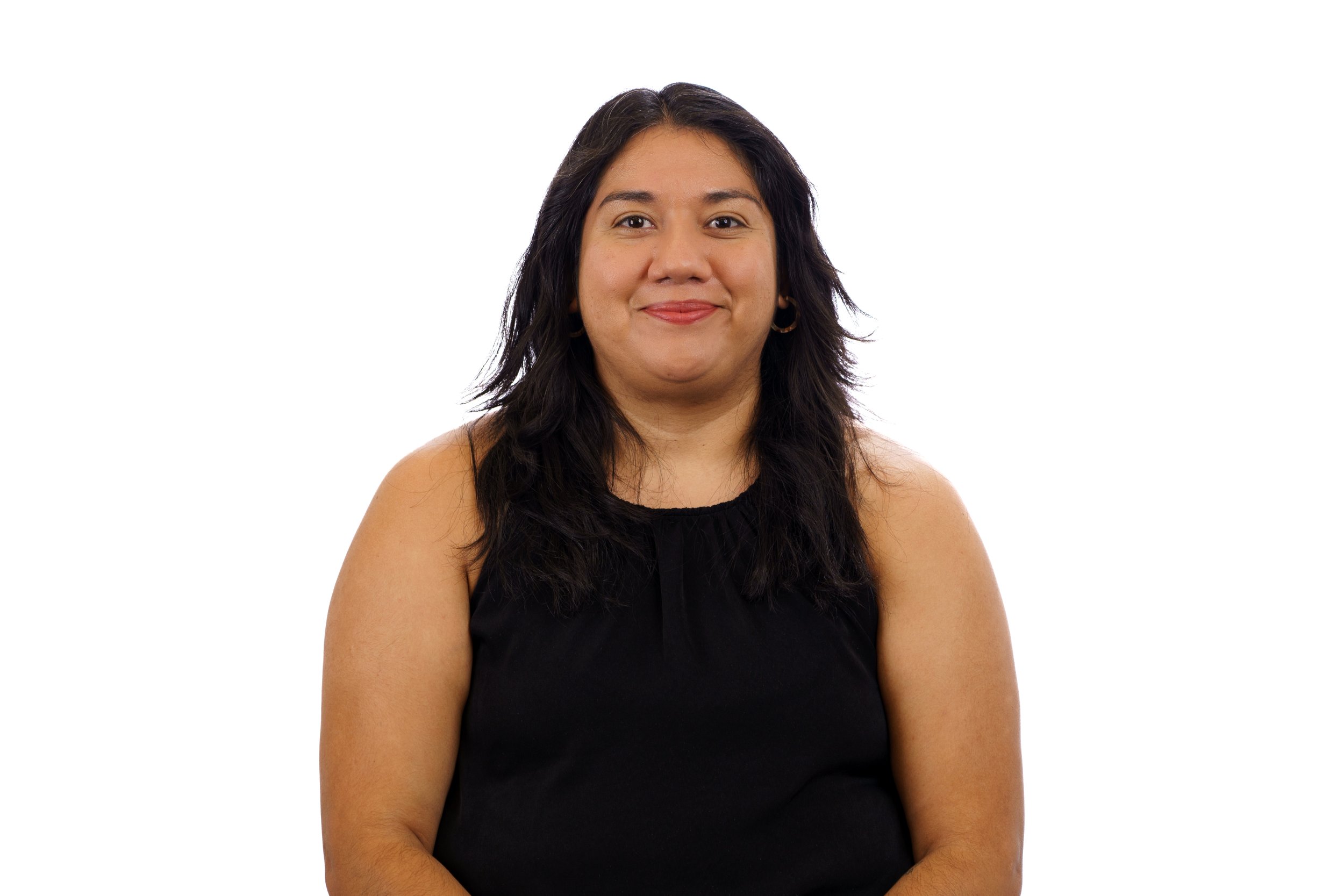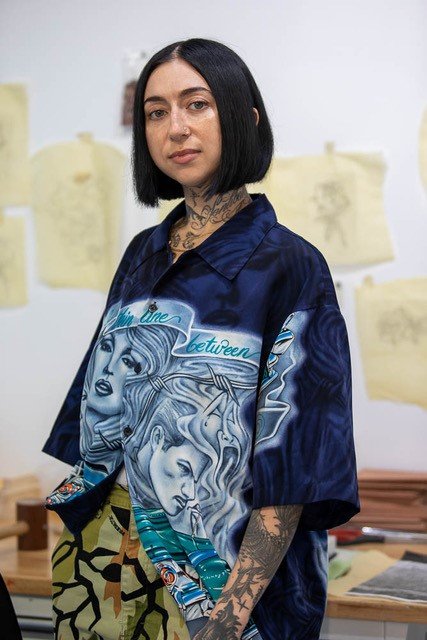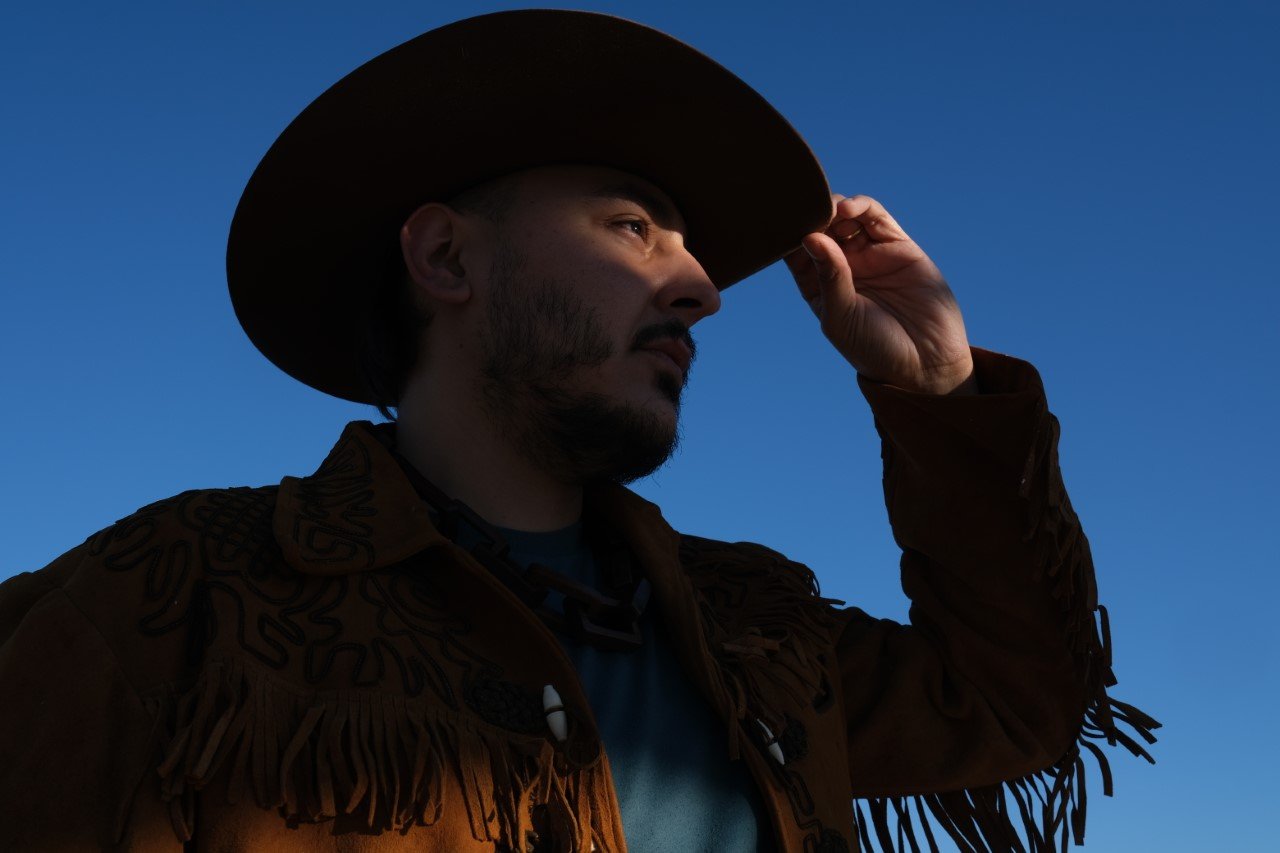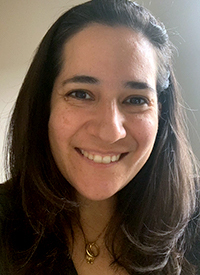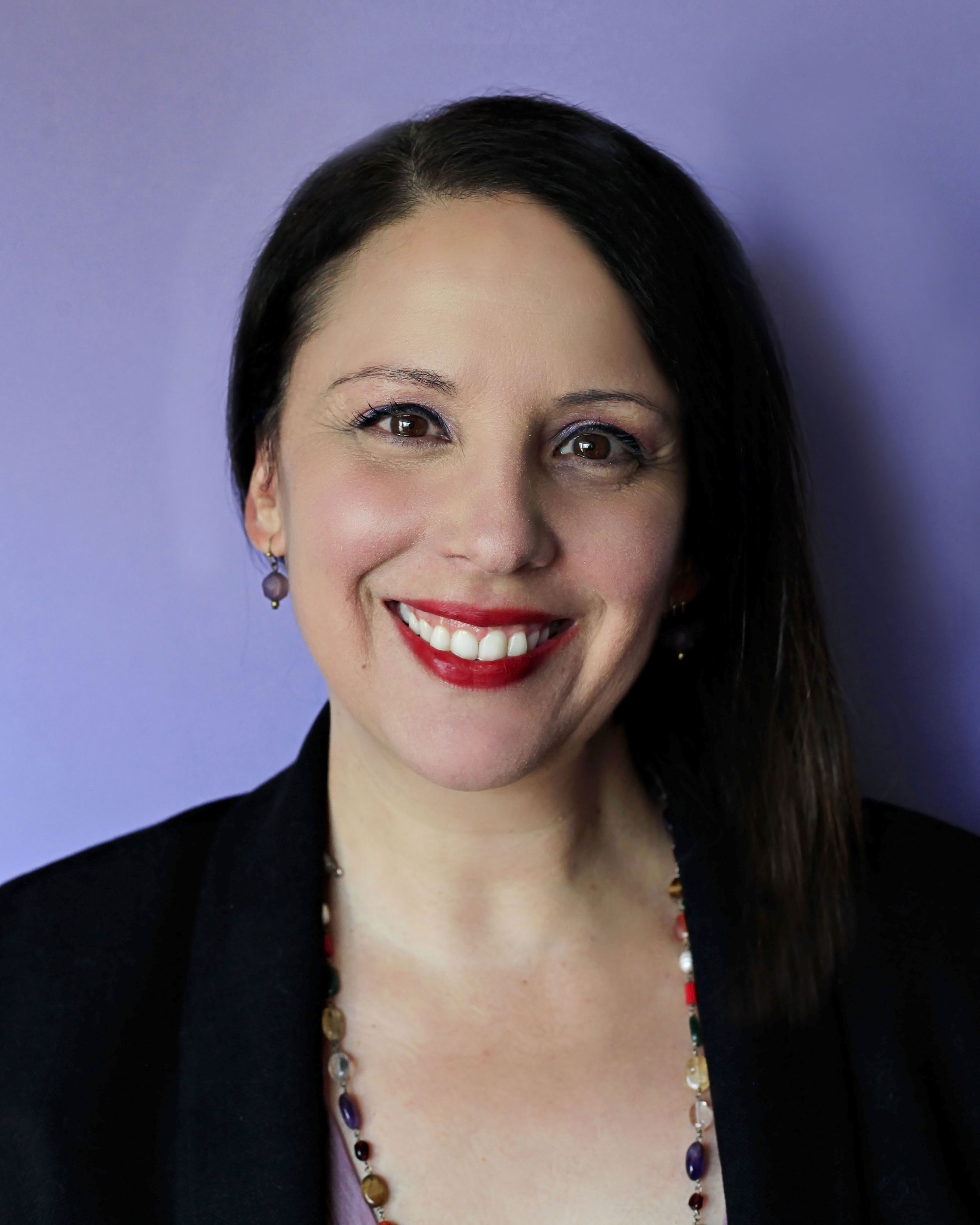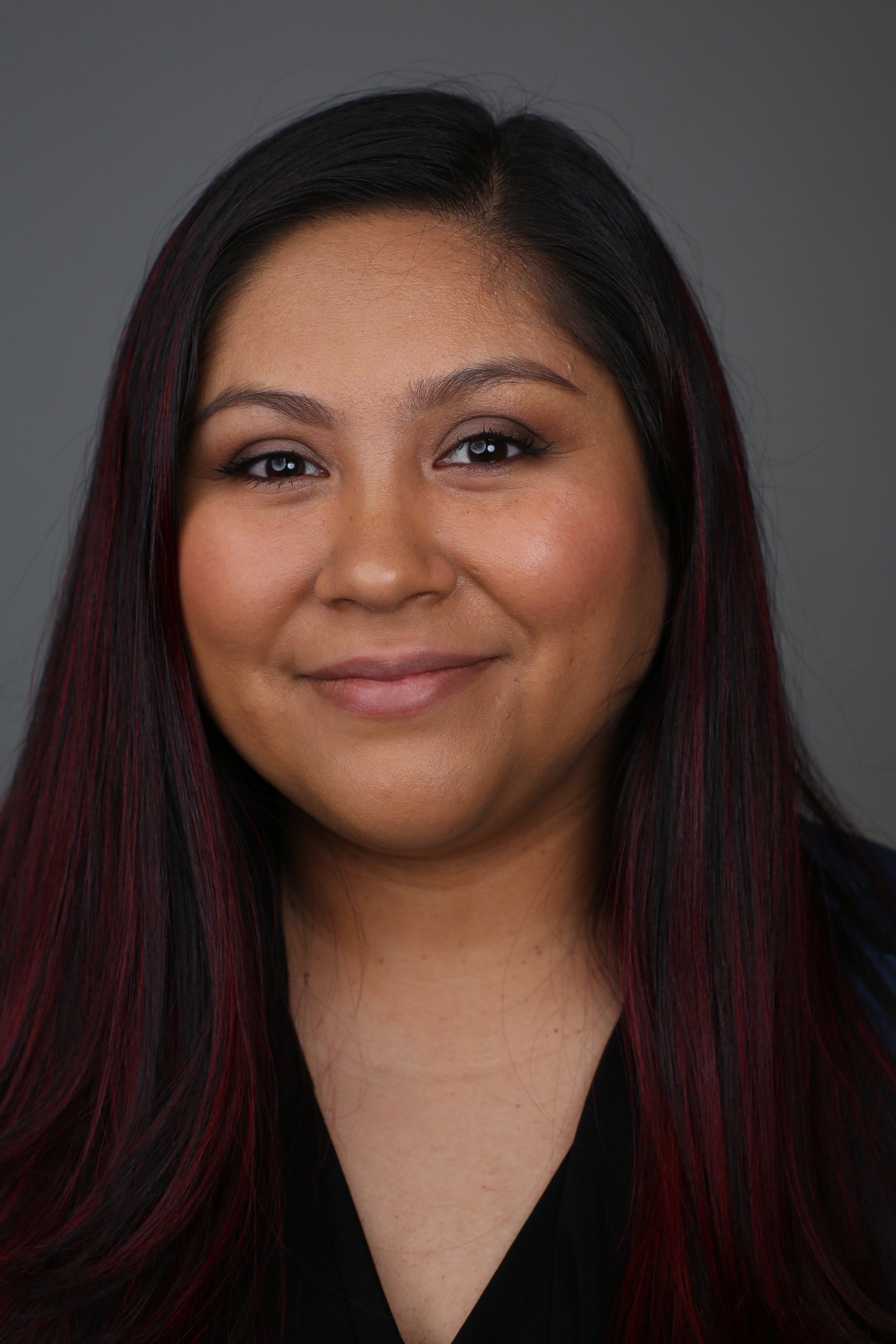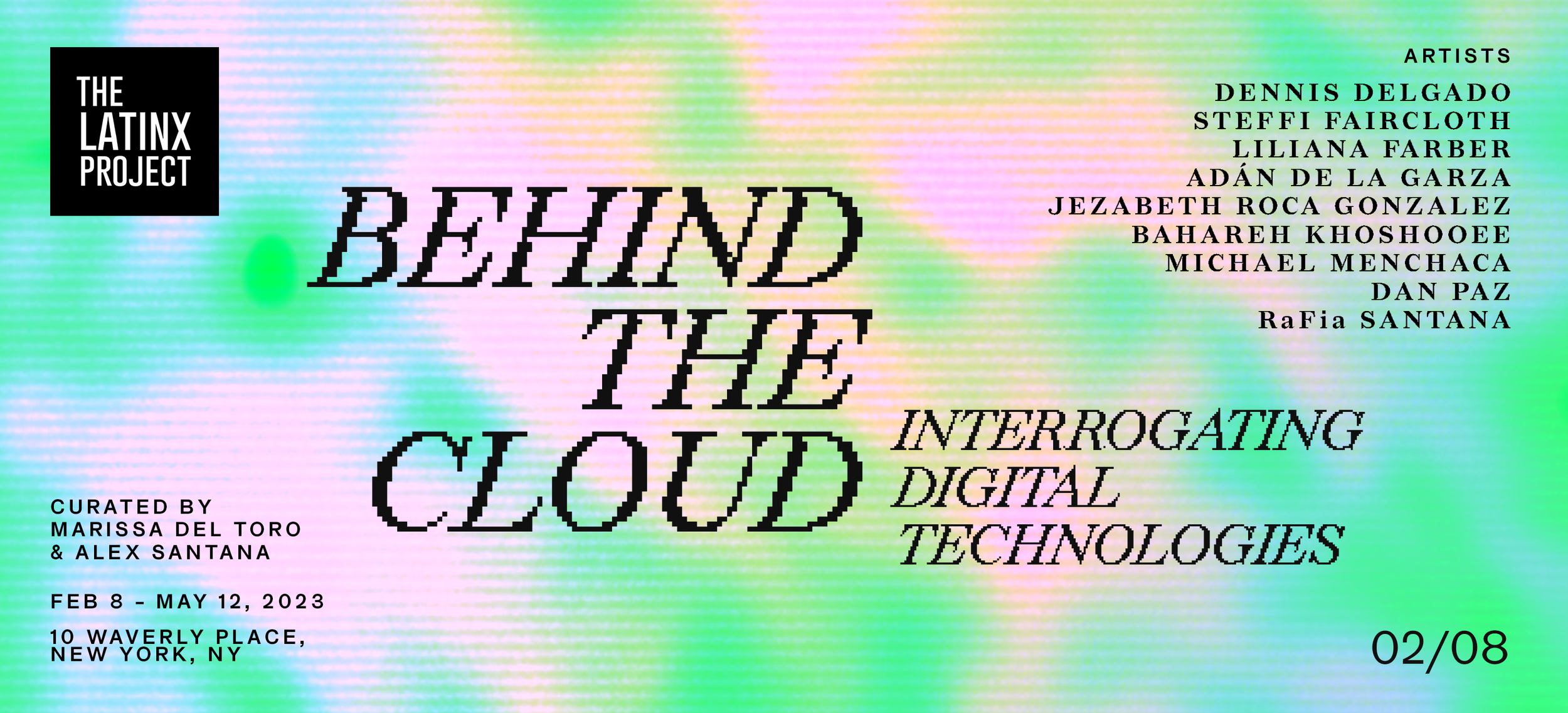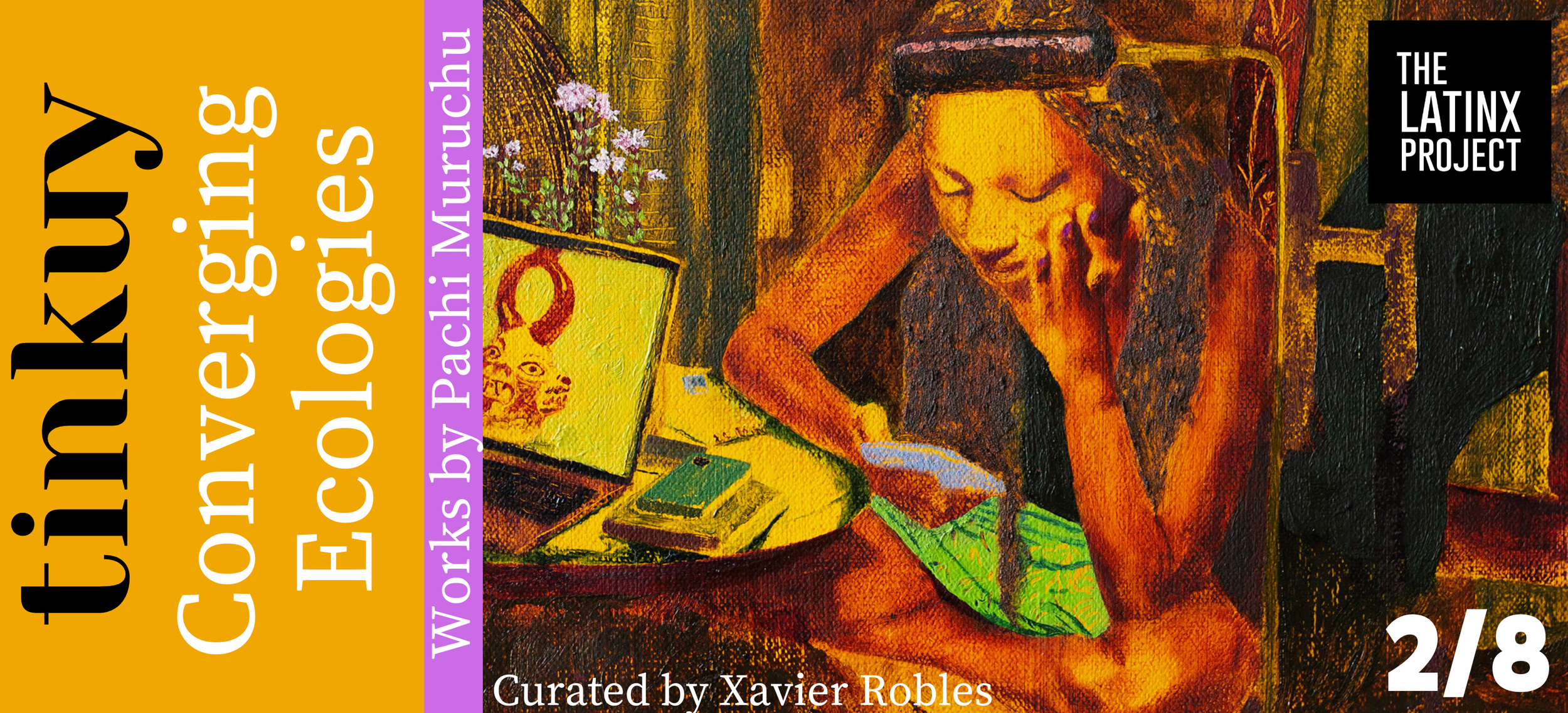
Spring Exhibitions Closing! -Open House
Join us for a final open house of our fifth-year anniversary exhibition Behind the Cloud and Pachi Muruchus: Tinkuy: Converging Ecologies. Light refreshments and sweets will be provided.
See both exhibitions:
Pachi Muruchus: Tinkuy: Converging Ecologies.
NYU requires that event organizers keep a participant record for all in-person events. To attend this event, please RSVP.

Behind the Cloud Artist Panel
Join us for an artist panel moderated by cultural anthropologist and documentary filmmaker Marcel Rosa-Salas as she engages with featured artists and curators of the exhibition Behind the Cloud: Interrogating Digital Technologies. Scholars, artists and curators will engage by exploring our relationships with Artificial Intelligence, surveillance mechanisms, and communications infrastructures.
Panelists
Marcel Rosa-Salas is a cultural anthropologist and documentary filmmaker from Brooklyn, NY. Her research centers on the racial politics of American advertising and consumer culture. Her forthcoming book, under contract with Duke University Press, explores the business of racially targeted marketing in the U.S., and the role of racial theories in the creation of ad campaigns. Her research has been supported by the Ford Foundation and Wenner Gren Foundation. Marcel co-hosts the Top Rank Podcast with Isabel Flower, and together they are also co-editors of the forthcoming book Documenting the Nameplate, a deep-dive into the cultural phenomenon of nameplate jewelry, which will be published with Penguin Random House in Fall 2022.
Marissa Del Toro is Assistant Director of Exhibitions and Programs at NXTHVN in New Haven, CT. Since 2021, Del Toro has also worked with Museums Moving Forward as Co-Director of Research and Director of Communications. Previously, she served as 2021-2022 Curatorial Fellow at NXTHVN and as the 2018-2020 Diversifying Art Museum Leadership Initiative (DAMLI) Curatorial Fellow at Phoenix Art Museum. She holds her MA in Art History from the University of Texas at San Antonio, and is originally from Southern California, where she received her BA in Art History from the University of California, Riverside.
Alex Santana is a writer and curator with an interest in conceptual art, political intervention, and public participation. Currently based in New York, she has held research positions at the Smithsonian American Art Museum, the Newcomb Art Museum, and Mana Contemporary. Her interviews and essays have been published by CUE Art Foundation, The Brooklyn Rail, Precog Magazine, Artsy, and The Latinx Project.
Michael Menchaca (they/them) is an interdisciplinary Queer Xicanx / non-binary artist using print media and new media formats to generate anti-colonial and anti-racist visions of the world. As a Mexican American born and raised in San Antonio, TX—a community with colonial roots in military and civil policing practices—Menchaca, like many Tejanxs, is constantly mediating the internalized racist, ableist, and gendered myths embedded in them by the legacy of global white supremacy in the Americas.
Menchaca received their Associate degree from San Antonio College in 2007, their BFA from Texas State University in 2011, and their MFA from the Rhode Island School of Design in 2015. In 2021, the US Latinx Art Forum USLAF awarded Menchaca the Latinx Artist Fellowship. They live and work in San Antonio, TX.
Dennis Delgado was born in the South Bronx, and received a BA in Film Studies from the University of Rochester as well as an MFA in Sculpture from the City College of New York (CUNY). His work examines the forms through which ideologies of colonialism persist and re-inscribe themselves, revealing a historical presence in the current moment. He is interested in how technologies of vision reproduce the scopic regimes of expansionism and neo-liberal governance. His work has been exhibited at the Palo Alto Center for the Arts, Bronx Museum of the Arts, the Schomburg Center for Research in Black Culture, El Museo del Barrio, and at the Cooper Union.
Jezabeth Roca Gonzalez is a multidisciplinary maker and educator, working in collaboration with their family. Their work pairs the multiplicity of lands and intimacy, it draws on the experiences of living and growing up between rural Puerto Rico and the constant shiftings of the va y ven (come and go) between the island and the U.S.
Jezabeth is invested in the visual recording of the generational differences between their family, their dynamics, changing landscapes and care. Labour and Family as the Tutelary perform through multifaceted forms of navigation and aid the understanding of self, Cuirnness (queerness) through self abstraction and how we carry the land's inherited colonial structures through personal imaginaries and the banalness of the everyday.
Adán De La Garza is a professional misnomer. The correct spelling of Adán De La Garza is Adán De La Garza and the correct pronunciation of Adán is here. He has participated in exhibitions at the Deluge Contemporary Art (Victoria, Canada), AS220 (Providence, RI), The New School (New York, NY), The Future Gallery (Berlin, DE), The Tucson Museum of Contemporary Art (Tucson, AZ), Casa Maauad (Mexico City, Mexico), Microscope Gallery (Brooklyn, NY) and festivals such as The Paseo (Taos, NM), PAF Festival of Film Animation (Olomouc, Olomouc, Czech Republic), Currents International New Media Festival (Santa Fe, NM), WNDX Festival of Moving Image (Winnipeg, Canada), The Denver Noise Fest (Denver, CO), and The Biennial of the Americas (Denver, CO). Adán was a founding member of the Sound, Video and Performance Art collective The Flinching Eye (2011-2020), a co-conspirator of the media arts exhibition series Nothing To See Here (2013-2016), the sole member of the anonymous art project Collective Misnomer (2016 - present), smashes a lot of buttons with Dizzy Spell (2018 - present) and if you tune your radio at the right place and moment he can be heard on SQUELCH FM.
Using vernacular image production, Dan Paz (they/them) brings a critical and aesthetic lens to the architecture of space, demonstrating how foundational techniques of image-making are inextricable from the environmental politics of racialized subject-making. Paz is a visual artist interested in the labor that surrounds the image from stages of research and thinking, to the material, print distribution / digital circulation, intellectual property, and historical frames that reveal information as metadata. Paz interrogates the intersections of captivity, architecture, and abolition, researching the commodification of lives to further understand, through emergent technologies, how light and shadow are used as a mechanism of power.
Paz’s projects have been featured in Hayward Gallery London, UK; the 12th Havana Biennial, Havana, CU; ENTRE, Vienna, Austria; The Media lab, NYC; The Lee Center for the Arts, The Jacob Lawrence Gallery, Seattle, WA; Holding Contemporary, Portland, OR; Michigan State University’s Scene Gallery, Lansing, MI; Stoveworks, Chattanooga, TN to name a few. Paz has hosted mapping workshops with Arizona State University, Vanderbilt University, University of Washington, University of Colorado at Boulder, Vienna Master of Applied Arts in Human Rights Program, Michigan State University. Currently, Paz is a PhD candidate in Cultural Studies & Science and Technology Studies at Unviersity of California, Davis.
Aviva Avnisan (she/they) is an interdisciplinary artist whose work is situated at the intersection of image, text and code. Using a host of emerging technologies including 3D scanning, augmented reality and virtual reality, she creates applications for mobile devices, interactive installations and technologically mediated performances that seek to subvert dominant narratives through embodied encounters with language.
Aviva has presented her work nationally and internationally. Selected exhibitions and performances include: Inside Practice at the Art Institute of Chicago in Chicago, IL (2020); Between Bodies at The Henry Art Gallery in Seattle, Washington (2018-19); the Chicago Architecture Biennial (2017); and We Have Always Been Digital at The Kitchen in New York, NY (2016). She has been interviewed by BOMB Magazine and her work has been published in INDEX Vol. 6: An Annual Document of Performance Practice, the Electronic Literature Collection, Volume 3, and others.
Liliana Farber (1983, Uruguay) lives and works in New York. Farber’s artworks examine knowledge production within global scale infrastructures. She holds an MFA from Parsons School of Design, New York; Postgraduate Fine Art Studies from Hamidrasha School of Art, Israel; and a B.A in Graphic Design from O.R.T University, Uruguay. Farber’s work was exhibited at The National Museum of Contemporary Art, Lisbon; The Center for Books Art, New York; Ars Electronica Festival Linz, Austria; Arebyte Gallery, London; Panke Gallery, Berlin; The National Museum of Fine Arts, Santiago, Chile; The National Museum of Visual Arts, Montevideo, Uruguay; WRO Media Art Biennale, Wrocland, Poland; Oblique Nuage Gallery, Paris; 1708 Gallery, Richmond, V.A, USA; and Raw Art Gallery, Tel Aviv, among others. Farber is a recipient of the Lumen Prize for Art and Technology, UK; The Network Culture Award from Stuttgarter Filmwinter Festival, Germany; Artis grant, USA; and Asylum Arts grant, USA. Her artworks have been featured in On Curating, Switzerland; MIT’s Leonardo Journal, USA; Erev-Rav, Israel; Haaretz, Israel; and El Pais, Uruguay.
Bahareh Khoshooee is a multidisciplinary artist born in Tehran, Iran in 1991, the year the Internet was made available for unrestricted commercial use. She uses digital time-based strategies in presenting work that fuses video, projection mapping, sculpture, text, sound and performance to explore the un-capturable qualities of her diasporic body, fragmented culture, and transnational identity. Khoshooee has presented her multimedia installations at Baxter St CCNY, The Elizabeth Foundation for The Arts (The Immigrant Artist Biennial), The Orlando Museum of Art, NADA MIAMI 2018, Elsewhere (New York), Housing (New York), and Rawson Projects (New York). She attended Skowhegan School of Art and Painting in 2018. She has been included in various group exhibitions including at C24 Gallery (New York), Museum of Photography (Stockholm), 2018 Taiwan Annual (Taipei), Fajr International Film Festival 2018 (Tehran), and the Museum of Fine Arts St. Petersburg. Her work has been featured in The Huffington Post, The Guardian, Artnet News, Vice, The Metro, and The Creators Project.
Steffi Faircloth (b.1997) is a Mexican-American multimedia artist who received her BFA in photography at Arizona State University in 2019. She was born and raised in Nogales, Arizona, and her experience growing up in a Bordertown is the central theme in her work. Faircloth's work spans from video, photography, to sculptural works. She often finds herself playing with ideas of mundaneness and turning it into humor, while also focusing on popular culture due to how everyday it is; yet how disassociated it is with bordertown communities. Faircloth most recently exhibited work at the Scottsdale Museum of Contemporary Art and the Tucson Museum of Art, and currently lives and works in Tempe, Arizona.
Event Recap

Decolonizing Art History: New Works in Latinx Studies
This conversation will feature works by four Latinx scholars who are expanding and challenging traditional ways of thinking about art history and aesthetics through new approaches, methodologies and interdisciplinary approaches with Leticia Alvarado, author of Abject Performances, Karen Mary Davalos, co -editor of Self Help Graphics at 50, Jillian Hernandez, author of Aesthetics of Excess: The Art and Politics of Black and Latina Embodiment and Tatiana Reinoza, author of Reclaiming the Americas: Latinx Art and the Politics of Territory. Moderated by Arlene Dávila.
Participants
Leticia Alvarado is an Associate Professor of American Studies at Brown University. Her work has been supported by the Smithsonian, Ford Foundation, and the American Association of University Women. She is the author of Abject Performances: Aesthetic Strategies in Latino Cultural Production (Duke University Press, 2018) as well as numerous publications in academic journals, the award-winning museum catalogue Axis Mundo: Queer Networks in Chicano L.A., Keywords for Gender and Sexuality Studies, and is forthcoming in The Art Institute of Chicago Field Guide to Photography and Media. Her current book project, Cut/Hoard/Suture: Aesthetics in Relation, received support from The Andy Warhol Foundation Arts Writers Grant.
Karen Mary Davalos is Professor of Chicano and Latino Studies at the University of Minnesota, Twin Cities. She has published widely on Chicana/o/x art, spirituality, and museums. Among her distinctions in the field, she is the only scholar to have written two books on Chicana/o/x museums, Exhibiting Mestizaje: Mexican (American) Museums in the Diaspora (2001) and The Mexican Museum of San Francisco Papers, 1971-2006 (2010), the Silver Medal winner of the International Latino Book Award for Best Reference Book in English. Her research and teaching interests in Chicana feminist scholarship, spirituality, art, exhibition practices, and oral history are reflected in her book, Yolanda M. López (University of Minnesota Press, 2008), the recipient of two awards: 2010 Honorable Mention from the National Association of Chicana and Chicano Studies and 2009 Honorable Mention from International Latino Book Awards (Nonfiction, Arts–Books in English). She serves on the Board of Directors of Self Help Graphics and Art, where she is assisting in the capital campaign for this legendary Chicana/o – Latina/o arts organization. Her latest book, Chicana/o Remix: Art and Errata since the Sixties (NYU Press 2017), is informed by life history interviews with eighteen artists, a decade of ethnographic research in southern California, and archival research examining fifty years of Chicana/o art in Los Angeles since 1963. With Constance Cortez (UTRGV), she launched a post-custodial web portal, Mexican American Art since 1848, that compiles relevant collections from libraries, archives, and museum throughout the nation.
Jillian Hernandez studies the autonomous aesthetics, genders, and sexualities of Black and Latinx people. Her scholarship crosses the fields of art history, performance, gender, ethnic, Latinx, and Black studies, and is informed by her work as a community arts educator, curator, and cultural producer. Her book Aesthetics of Excess: The Art and Politics of Black and Latina Embodiment, published by Duke University Press, traces how the body practices and art making of Black and Latinx women and girls are intertwined, and how they complicate conventional notions of cultural value and sexual respectability through creative authorship. She is an Associate Professor in the Center for Gender, Sexualities, and Women’s Studies Research at the University of Florida. Her articles have appeared in venues including Women and Performance: A Journal of Feminist Theory, Art Journal, Signs: Journal of Women in Culture and Society, Visual Arts Research, and the Journal of Popular Music Studies, among others. She recently curated the exhibition Liberatory Adornment, which featured projects by Yvette Mayorga, Kenya (Robinson), and Pamela Council at the Flaten Art Museum at St. Olaf College. The Minneapolis StarTribune recognized the show as one of the top ten exhibitions of 2021. Dr. Hernandez is currently working on a second monograph entitled High Maintenance: Radical Femininity and the Transformation of Value.
Tatiana Reinoza is an art historian who specializes in contemporary Latinx art and the history of Latinx printmakers in the United States. She received her Ph.D. in art history from The University of Texas at Austin in 2016 and is Assistant Professor of Art History at the University of Notre Dame. Reinoza has contributed to many scholarly publications on the history of Latinx printmaking including ¡Printing the Revolution! The Rise and Impact of Chicano Graphics, 1965-Now. In addition, she co-curated Hard Fought: Sam Coronado’s World War II Series at the Benson Latin American Collection and All My Ancestors: The Spiritual in Afro-Latinx Art at the Brandywine Workshop's Printed Image Gallery. She is currently a Getty Scholar, in residence at the Getty Research Institute in Los Angeles.
Event Recap

Story Circle Interview Method Learning + Practice Workshop
Telling stories is human nature and can bring people together to foster greater connections. Gloria Anzaldua writes in This Bridge Called My Back, “We have come to realize that we are not alone in our struggles nor separate nor autonomous but that we...are connected and interdependent.” Story circles, a practice founded during the Civil Rights era, bring people together for connection. Participants will learn how story circles can be used as an alternative data collection strategy for qualitative research based on its initial use in the Rio Grande Valley, Texas and New York City. The Story Circle Interview Method draws inspiration from participatory methods like photovoice and social portraiture. This method is a work in progress and seeks questions and comments from the audience on its possibility in their respective contexts and communities.
Workshop Lead
Judy Pryor-Ramirez is a Clinical Assistant Professor of Public Service and the Director of the Executive Master of Public Administration Program at NYU Wagner Graduate School of Public Service. Her teaching and research examine the leadership of nonprofits, social justice movement-building, and public leaders using race, gender, and class analyses. She engages in qualitative methodologies and specializes in community-based participatory action research. Dedicated to enabling transformative possibilities, Judy centers justice and equity in her teaching, practice, and research. She has also contributed essays to Public Seminar, a journal of ideas, politics, and culture, and has co-authored digital curriculum projects for Brooklyn Historical Society, Emerson College, and Drew University on topics related to race/ethnicity, Black women's contributions to the arts and media, and community-based participatory action research respectively. Judy holds an MA in Sociology and Education from Teachers College, Columbia University, and a BA in Communication from George Mason University.

Converging: Indigenous Knowledges Artist Panel
Join us for an artist panel with our A.I.R and artists Lorena Cruz Santiago & Ronny Quevedo as they dialogue with the curator of the exhibition Tinkuy: Converging Ecologies. This conversation will explore our relationships with the larger cosmologies, loved ones, and the different ecologies that emerge by deepening our relationships with indigenous knowledge.
Participants
Pachi Muruchu is an Ecuadorian painter whose work builds upon millennia of indigenous Andean knowledge and cultural labor. He was born in Azuay, a highlands province in Ecuador, but has lived the majority of his life in Spanish Harlem. A recent graduate from RISD's 2021 class, Pachi's work focuses on animistic storytelling from his ancestral Andean geographies and the Lenape territory he grew up in. His images weave centuries of indigenous storytelling with contemporary experiences. He was part of The Clemente's group show, The Fight to Free Leonard Peltier - Honoring Indigenous Culture and Heritage. Muruchu will have a solo show at Friends Indeed Gallery in October 2022. Currently, he is the Artist in Residence for the Latinx Project.
Lorena Cruz Santiago is an artist working across photography, video, and installation informed and inspired by her family’s indigenous origins in Oaxaca, Mexico. Her work covers topics of migration, assimilation, labor, and more recently, collaborative image-making with her parents as a form of indigenous autonomy. Cruz Santiago holds a BFA in Photography from Sonoma State University (2016) and an MFA in Photography from Cranbrook Academy of Art (2019). She has been an artist-in-residence at ACRE (Steuben, WI), Ox-Bow School of Art and Artists’ Residency (Saugatuck, MI), Pocoapoco Residency (Oaxaca City, Oaxaca, MX), Oak Spring Garden and Foundation Residency (Upperville, VA), Darkroom Detroit (Detroit, MI) and Chalk Hill Residency (Healdsburg, CA). Her work has been included in shows at El Comalito Collective (Vallejo, CA), Urban Institute for Contemporary Arts (Grand Rapids, MI), Cranbrook Art Museum (Bloomfield Hills, MI), and with ACRE Projects in Chicago, IL. She is currently based in Detroit, MI.
Ronny Quevedo (b. 1981, Guayaquil, Ecuador) works in a variety of mediums including sculpture and drawing. He received his MFA from Yale University and BFA from Cooper Union. Quevedo's work was been exhibited at the Denver Art Museum; the Albright Knox Gallery; Foxy Productions; Upfor Gallery; James Fuentes Gallery; the Whitney Museum of American Art; Socrates Sculpture Park and the Queens Museum. Solo presentations include Silueta, Rubber Factory and no hay medio tiempo / there is no halftime, Queens Museum. Group exhibitions include Pacha, Llaqta, Wasichay: Indigenous Space, Modern Architecture, New Art at the Whitney Museum and the traveling exhibition Monarchs: Brown and Native Contemporary Artists in the Path of the Butterfly. His work has been reviewed in Art Forum and Hyperallergic. His work is held in the permanent collections of the Whitney Museum of American Art, the Denver Art Museum and other world-renowned cultural institutions. His work is highlighted in Latinx Art: Artists, Markets, Politics by Arlene Davila.
Quevedo is a recipient of a Jerome Hill Artist Fellowship and A Blade of Grass Fellowship for Socially Engaged Art. He has held residencies at the Museum of Fine Arts Houston, Project Row Houses and Skowhegan School of Painting & Sculpture.
Xavier Robles Armas manages the communications, events, and arts programs at the Latinx Project. He is an artist and curator, based in Brooklyn by way of Santa Ana, Calif., with a background in architectural studies and MFA in photography from the School of the Art Institute of Chicago. His research connects notions of migration, culturally specific leisurely practices, affect theory, philosophies of becoming, and Mexican-American literature. He is specifically interested in the role of the cultural institution as a place for porous learning and experimentation in uplifting new narratives in art. He has previously held roles at the Queens Museum, SAIC’s Sullivan Galleries, the Art Institute of Chicago, and Southern Exposure.
Event Recap

The Latinx Project 5th Year Anniversary Celebration!
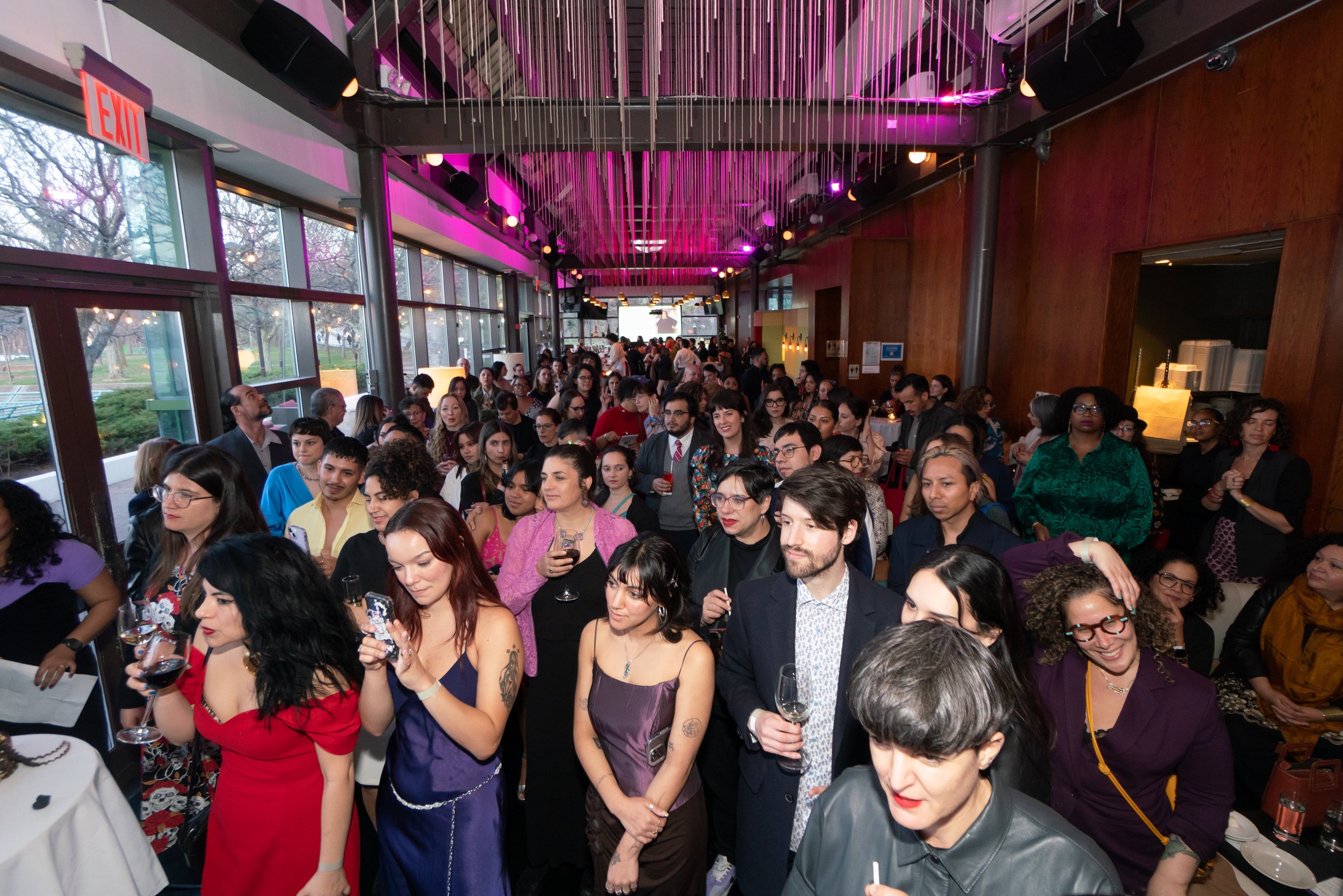
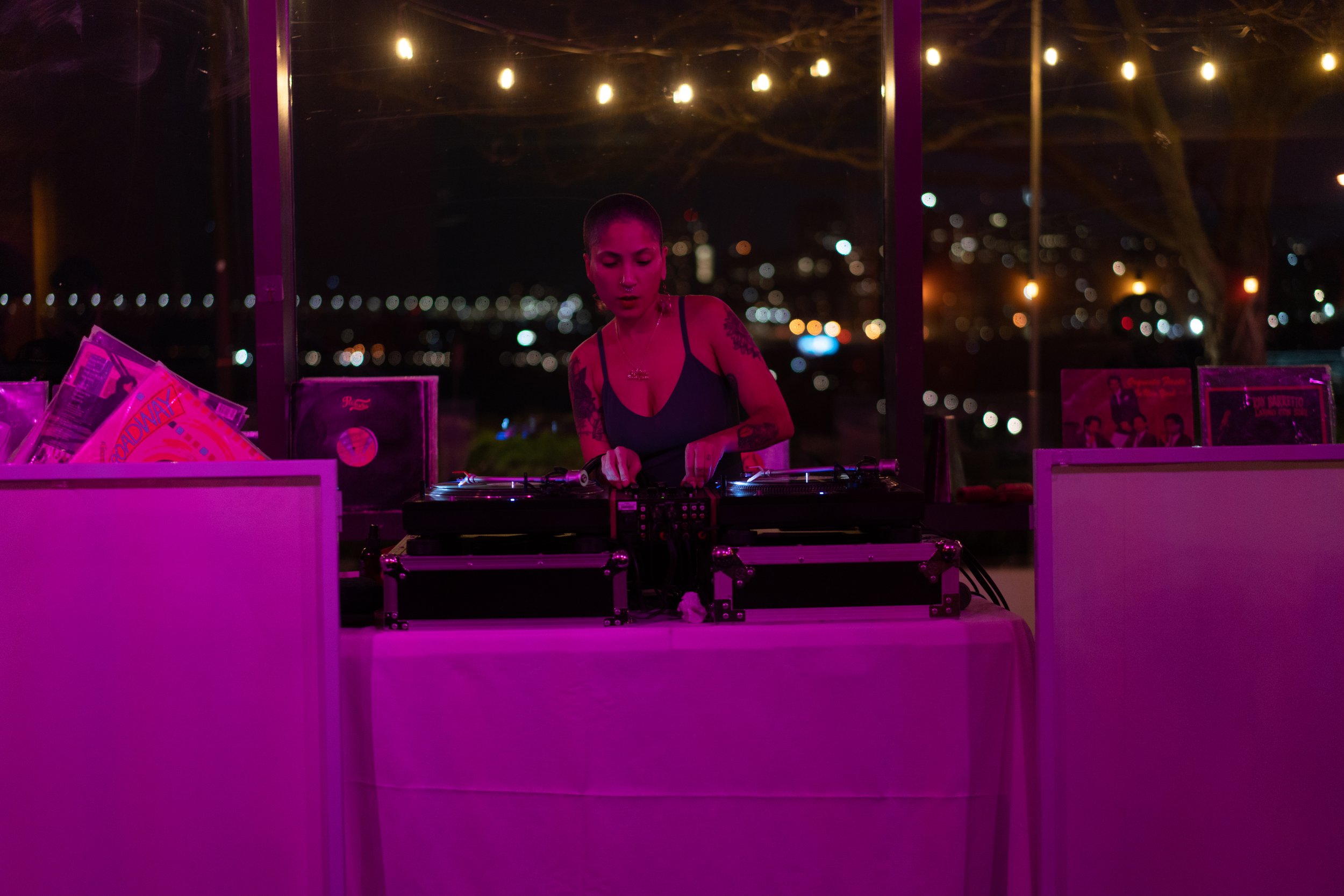

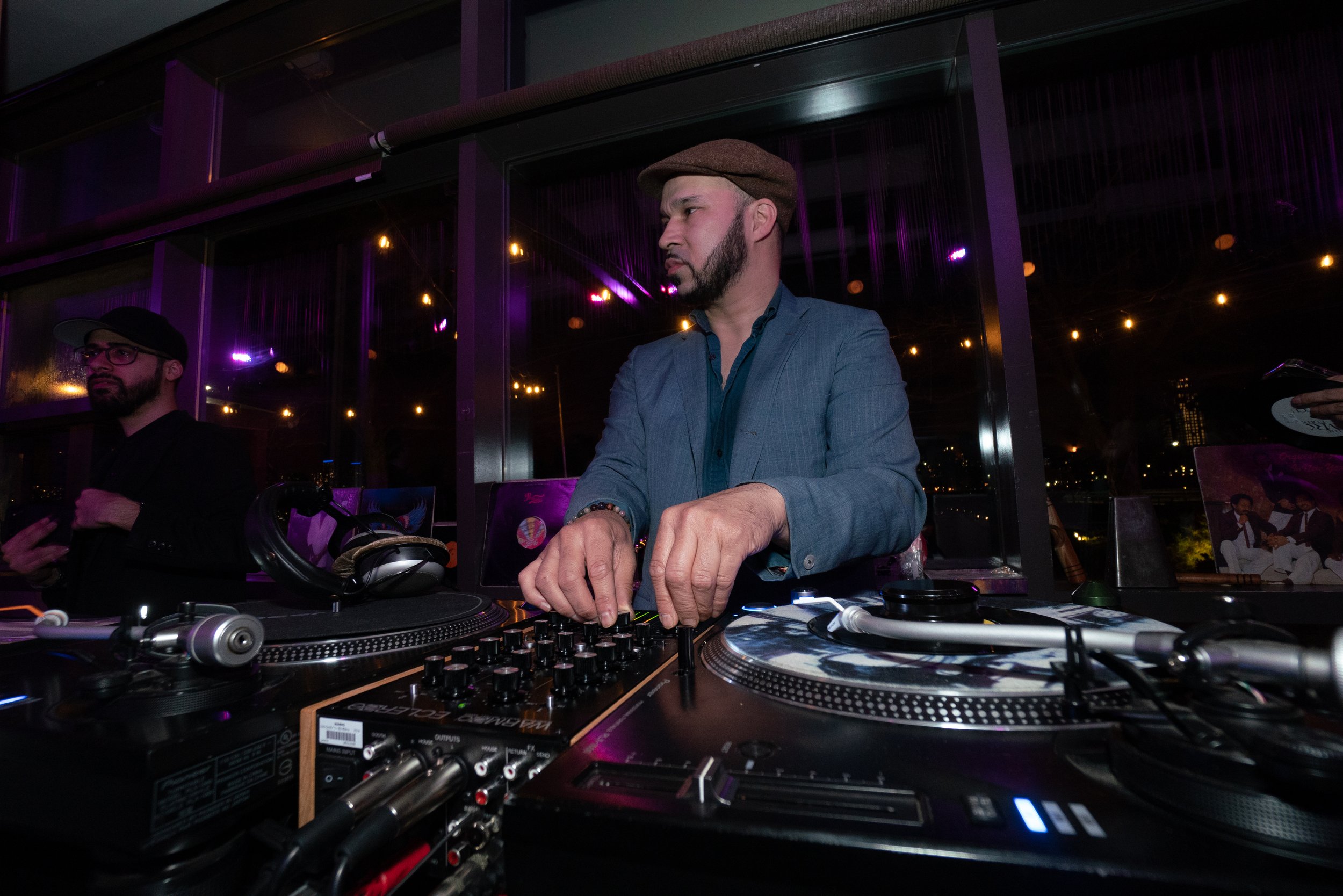
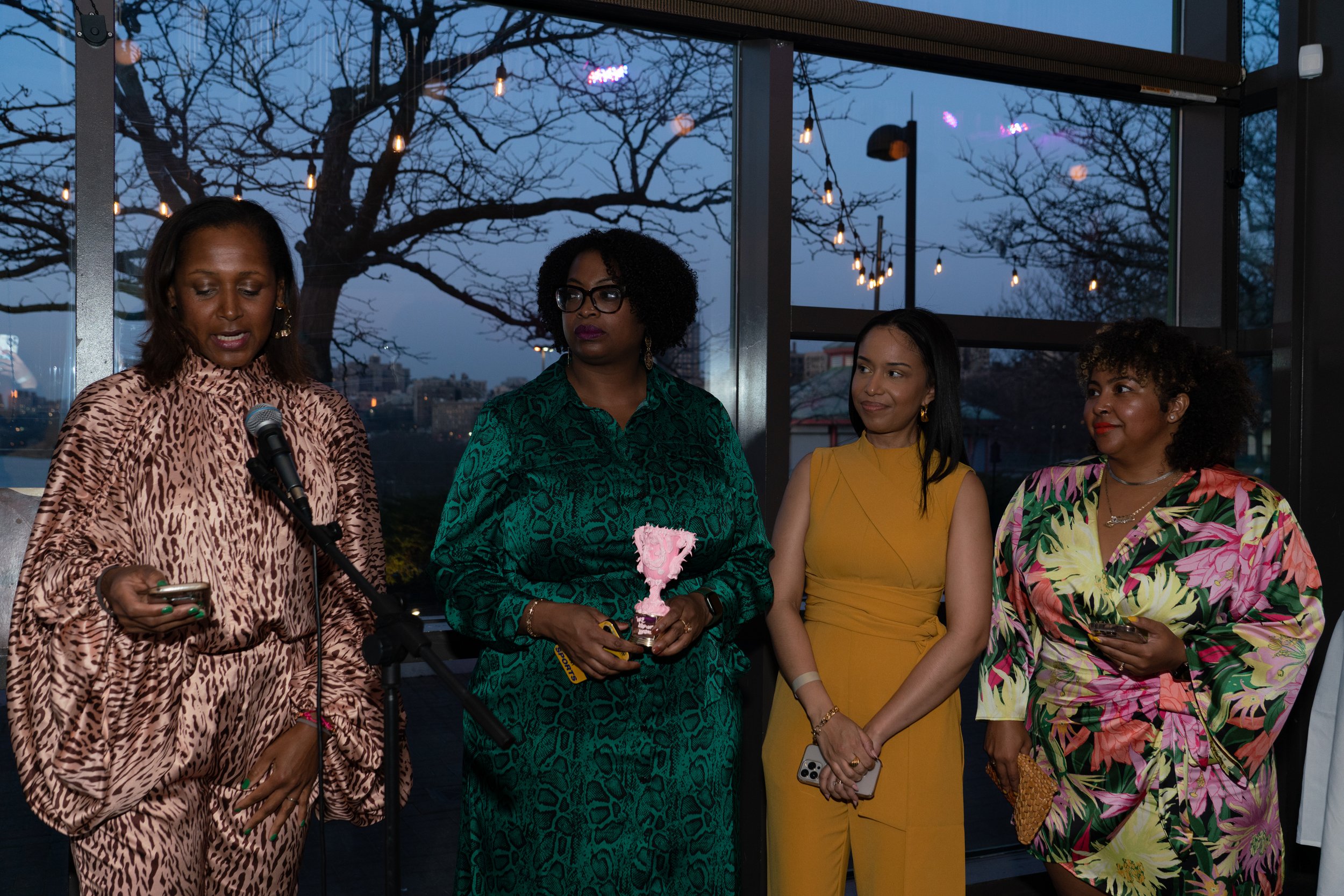
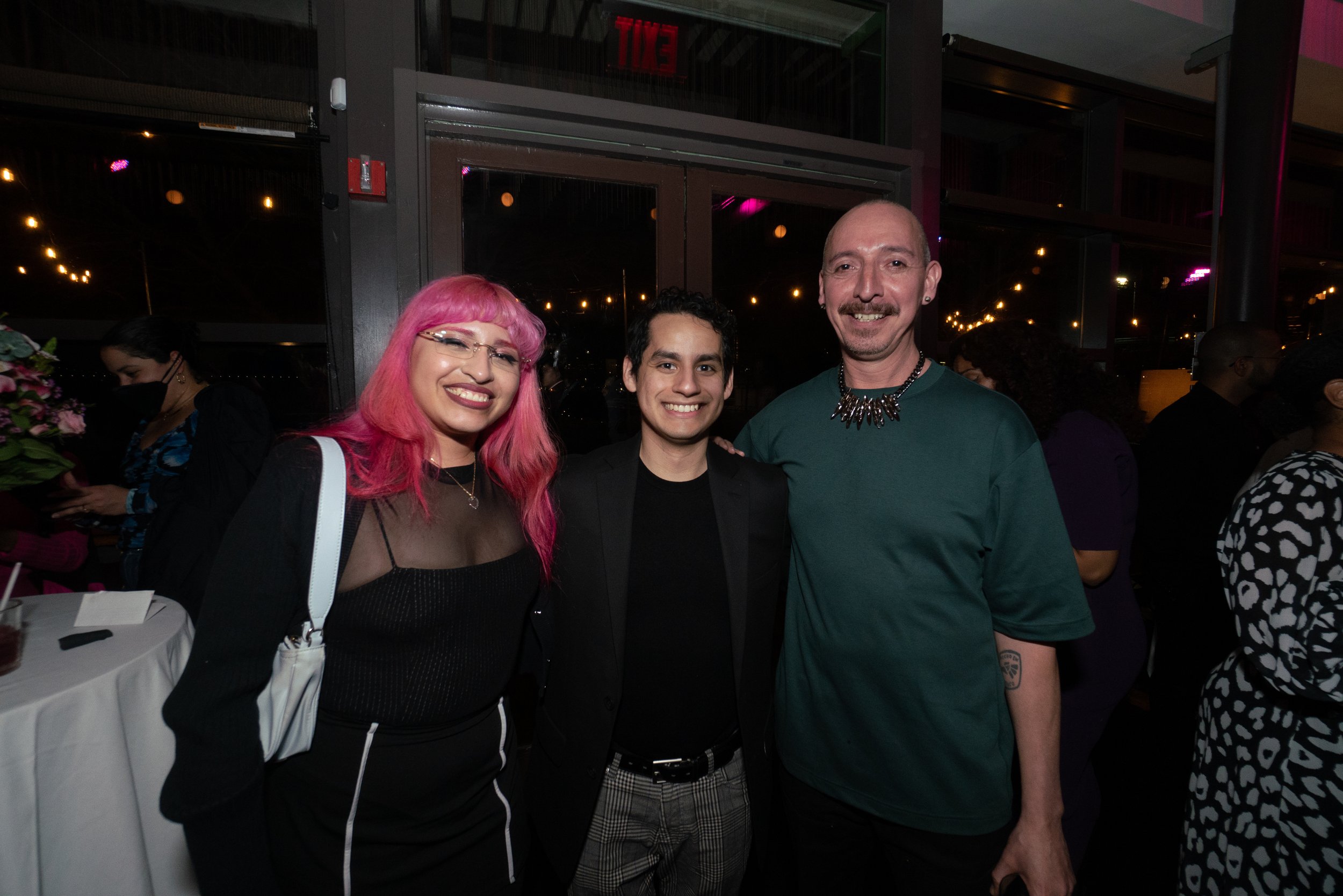
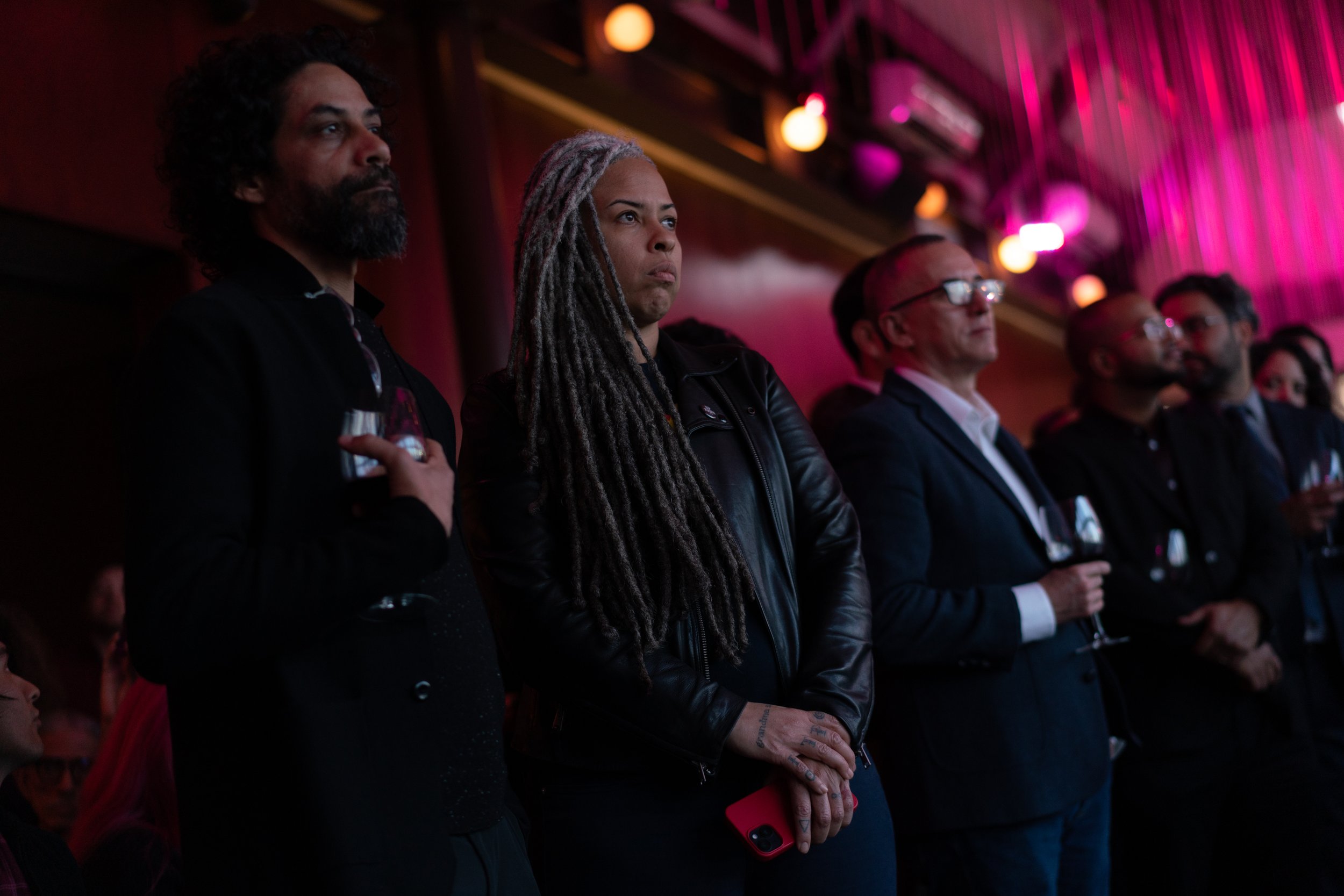
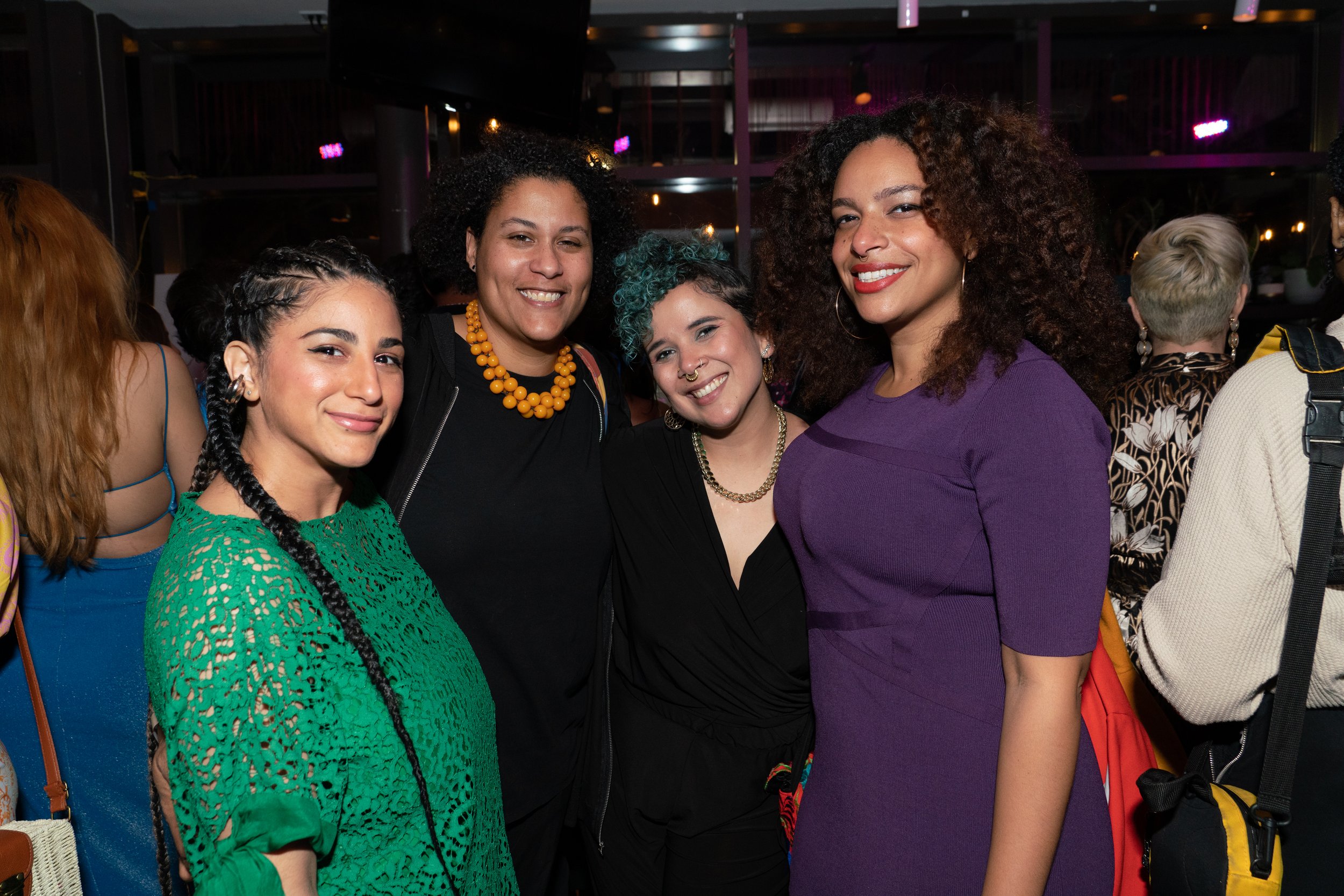
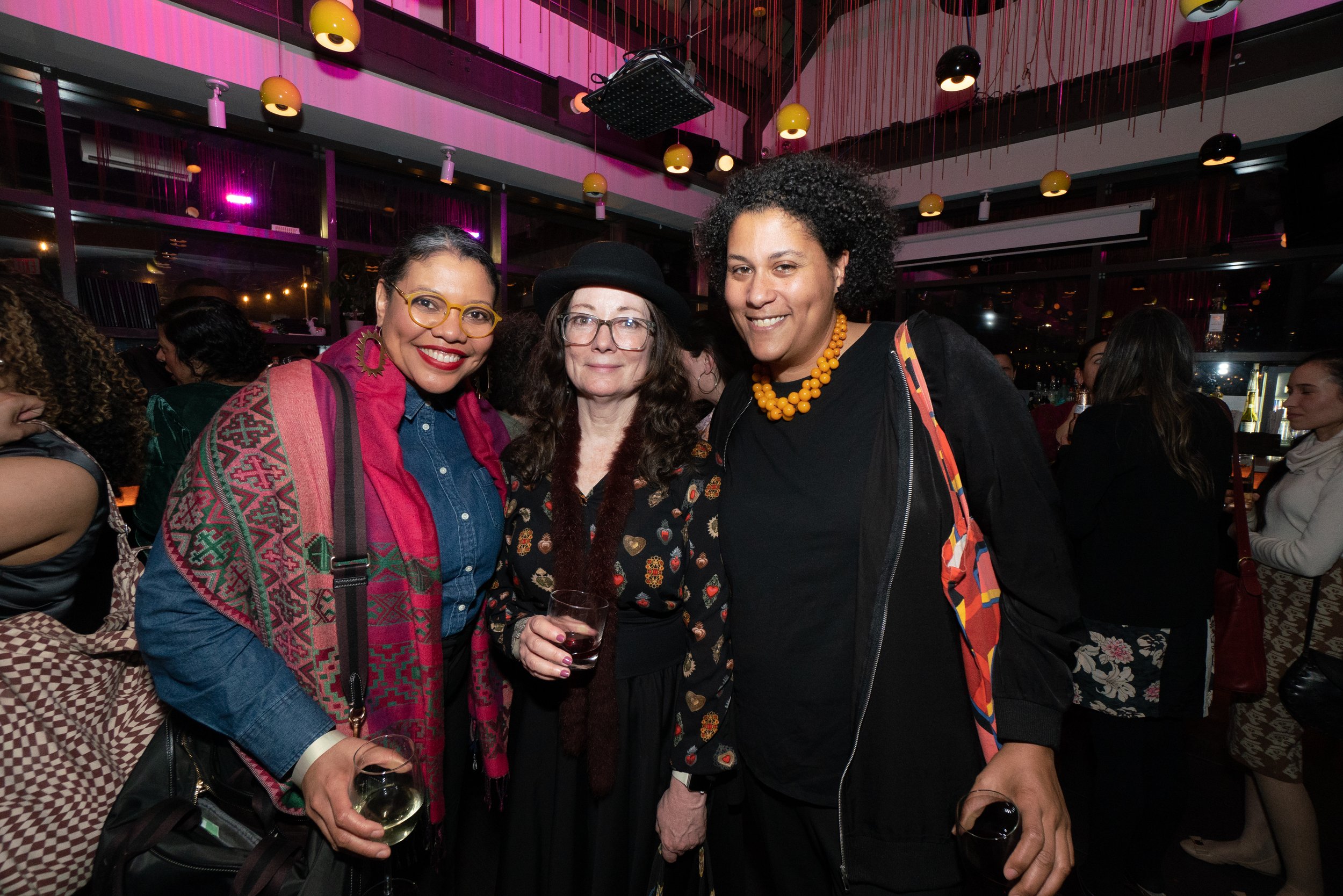
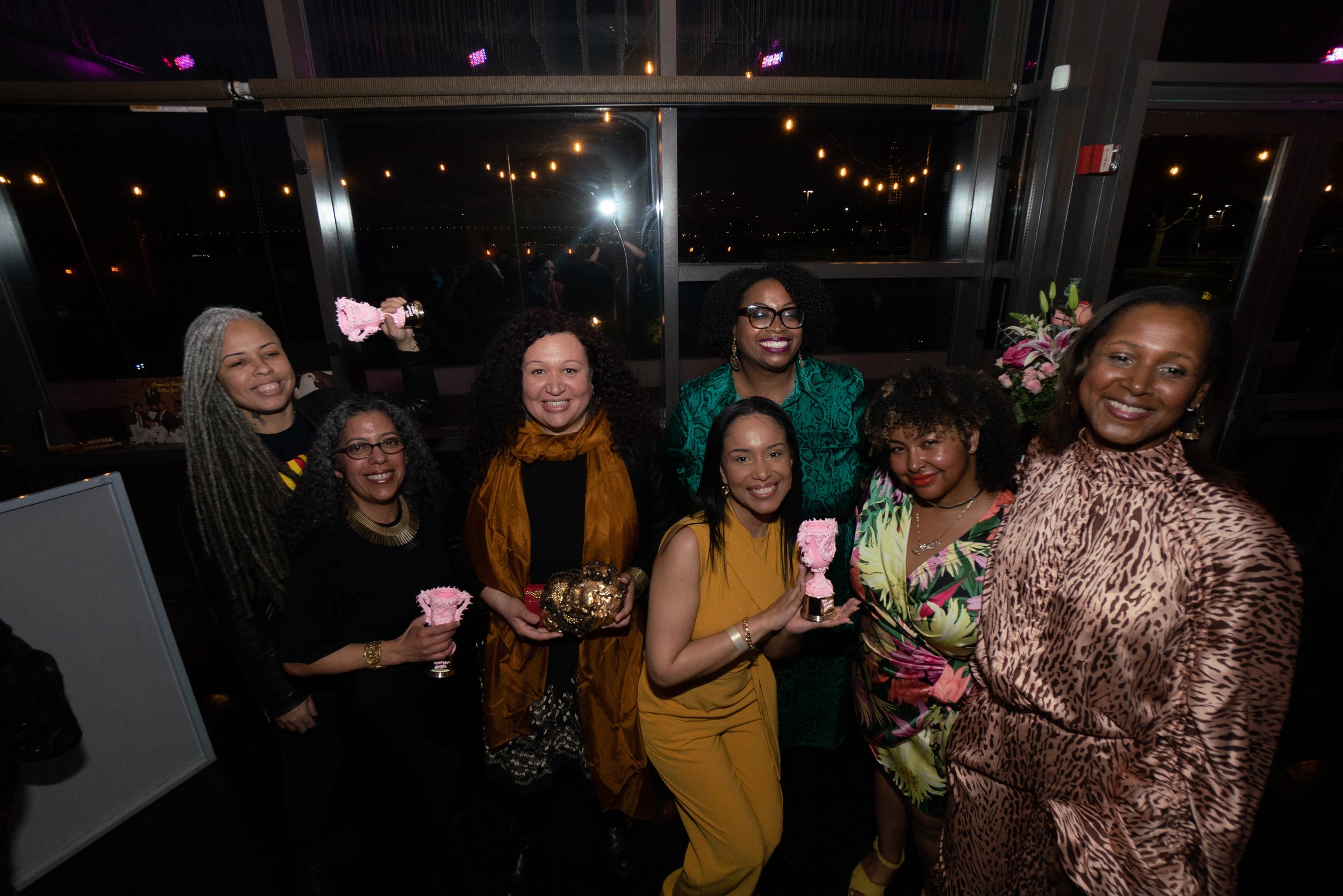
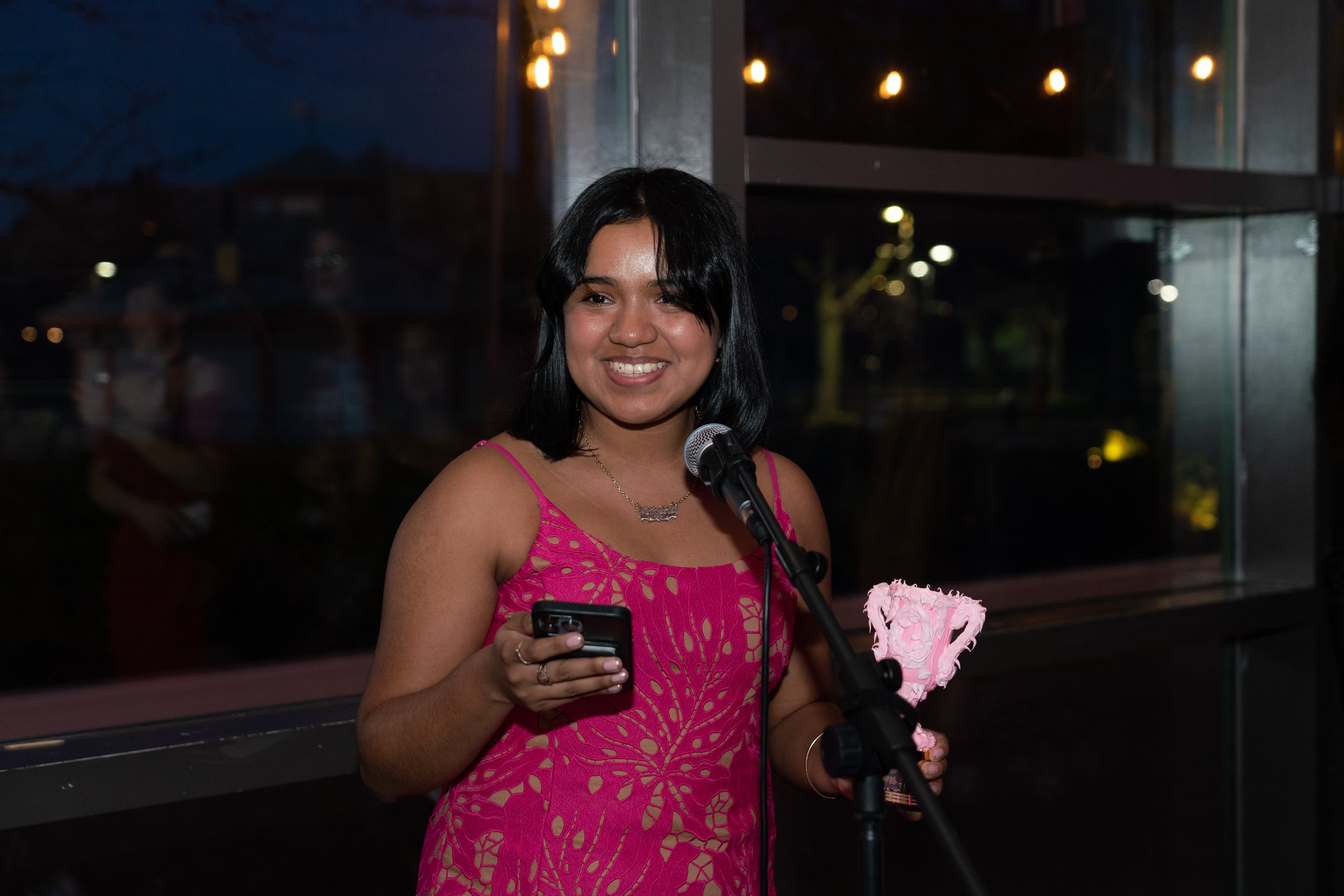
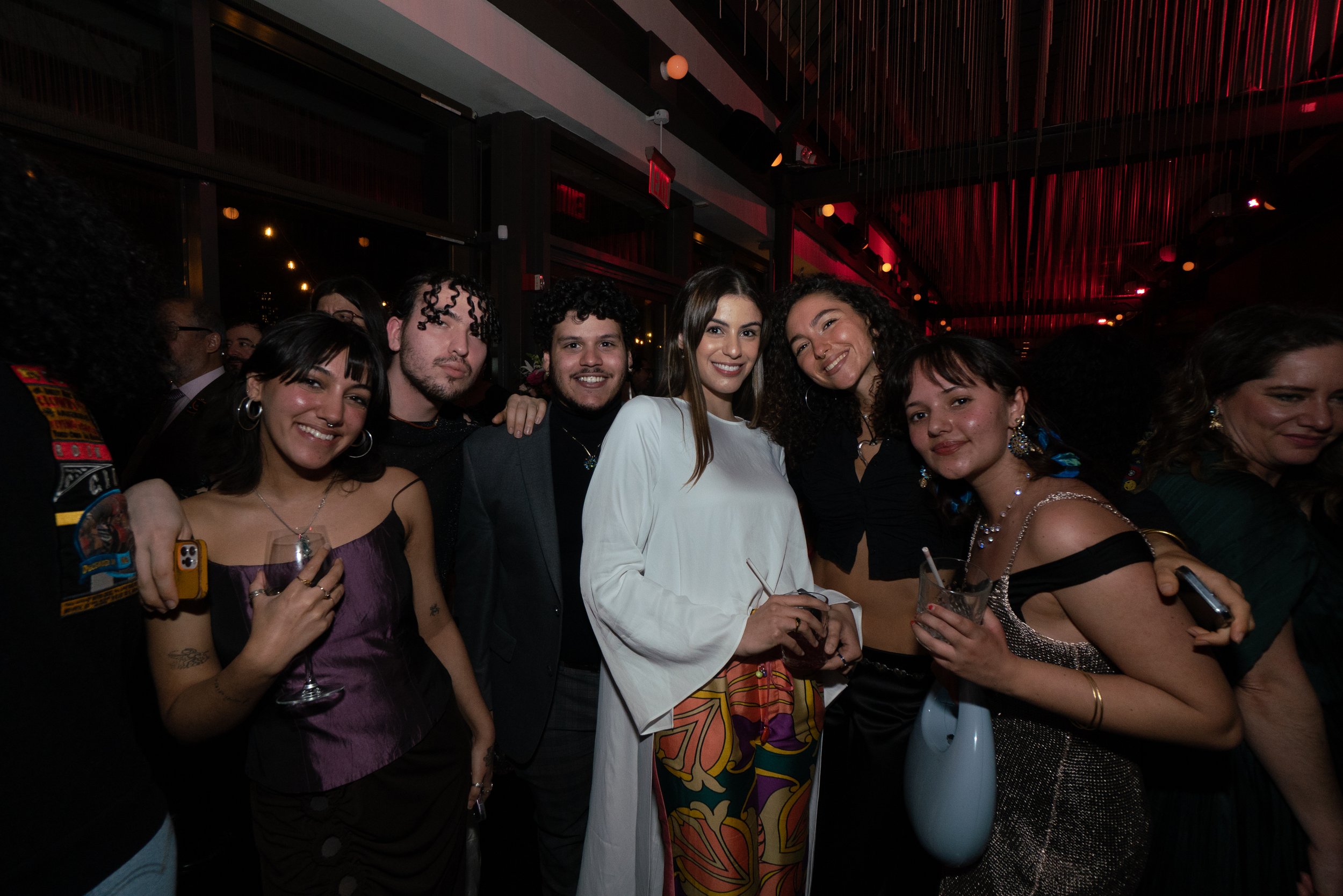
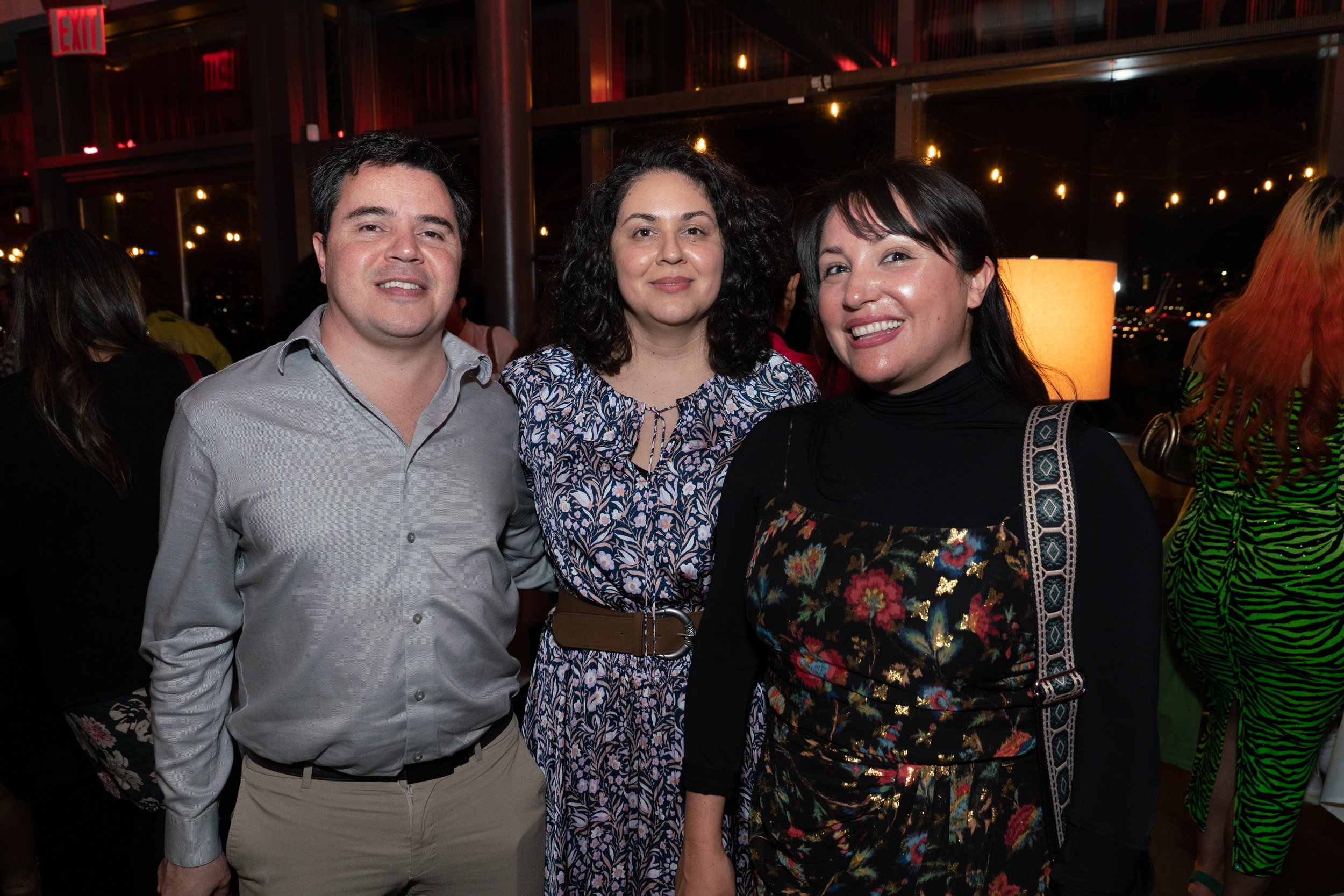
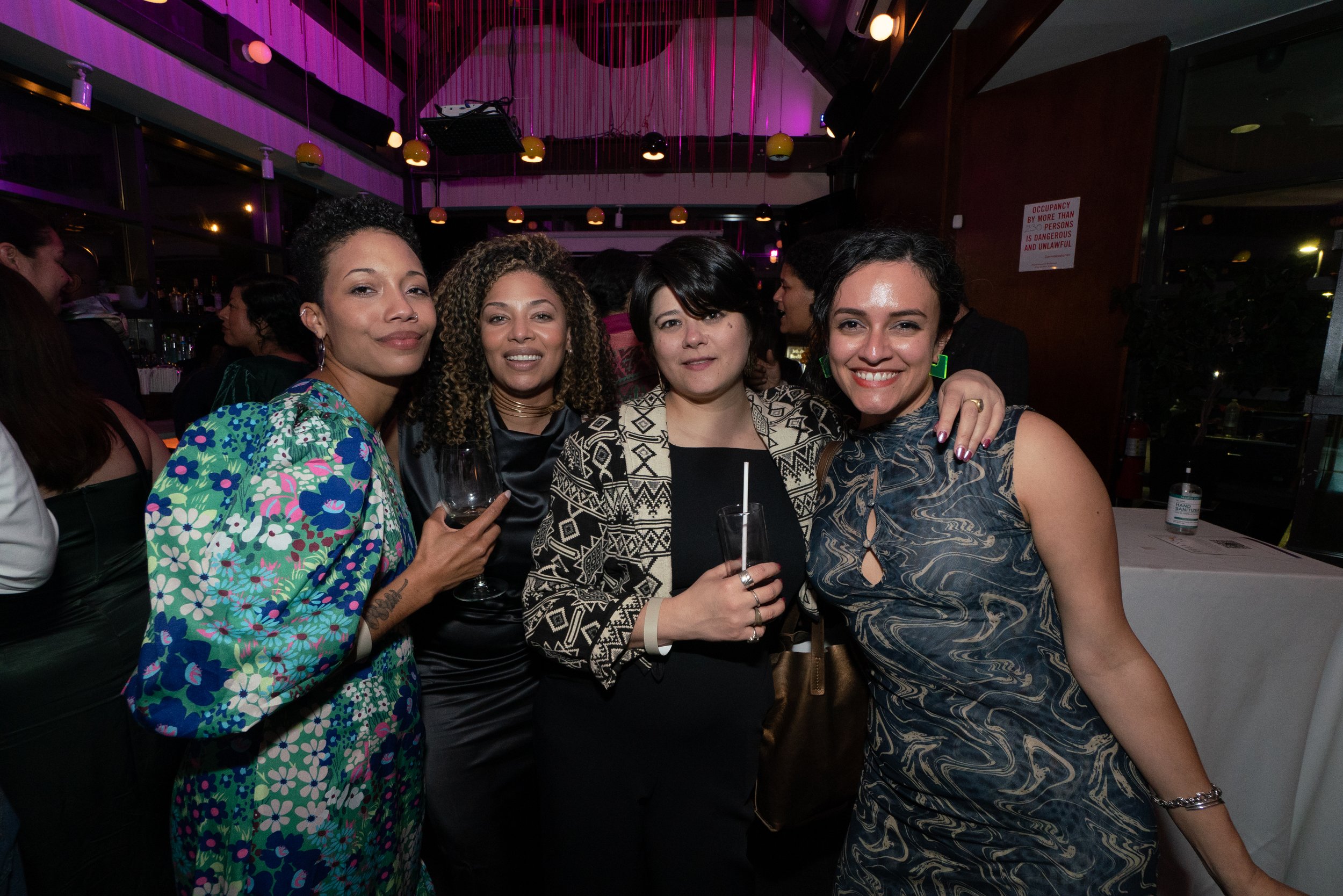

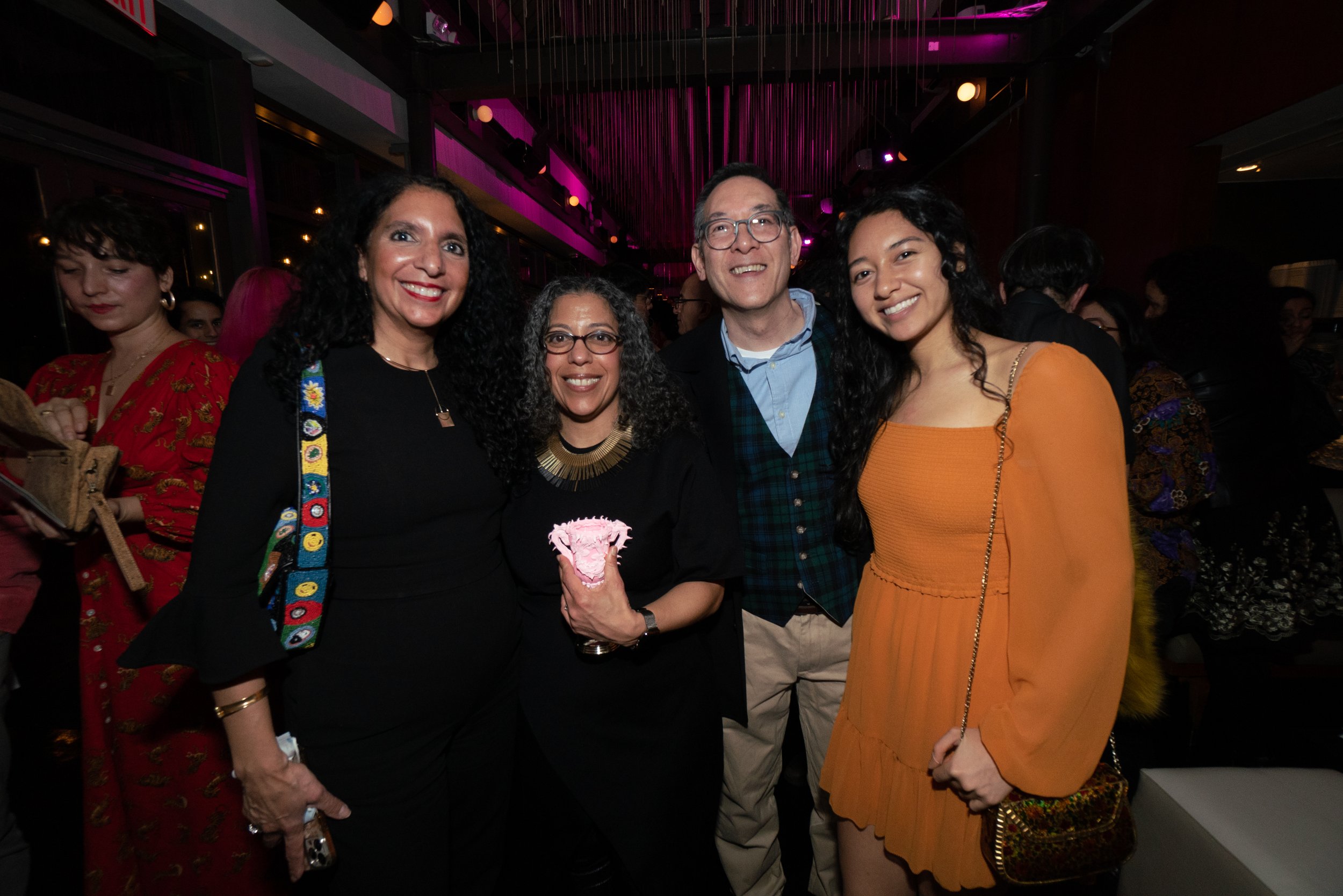
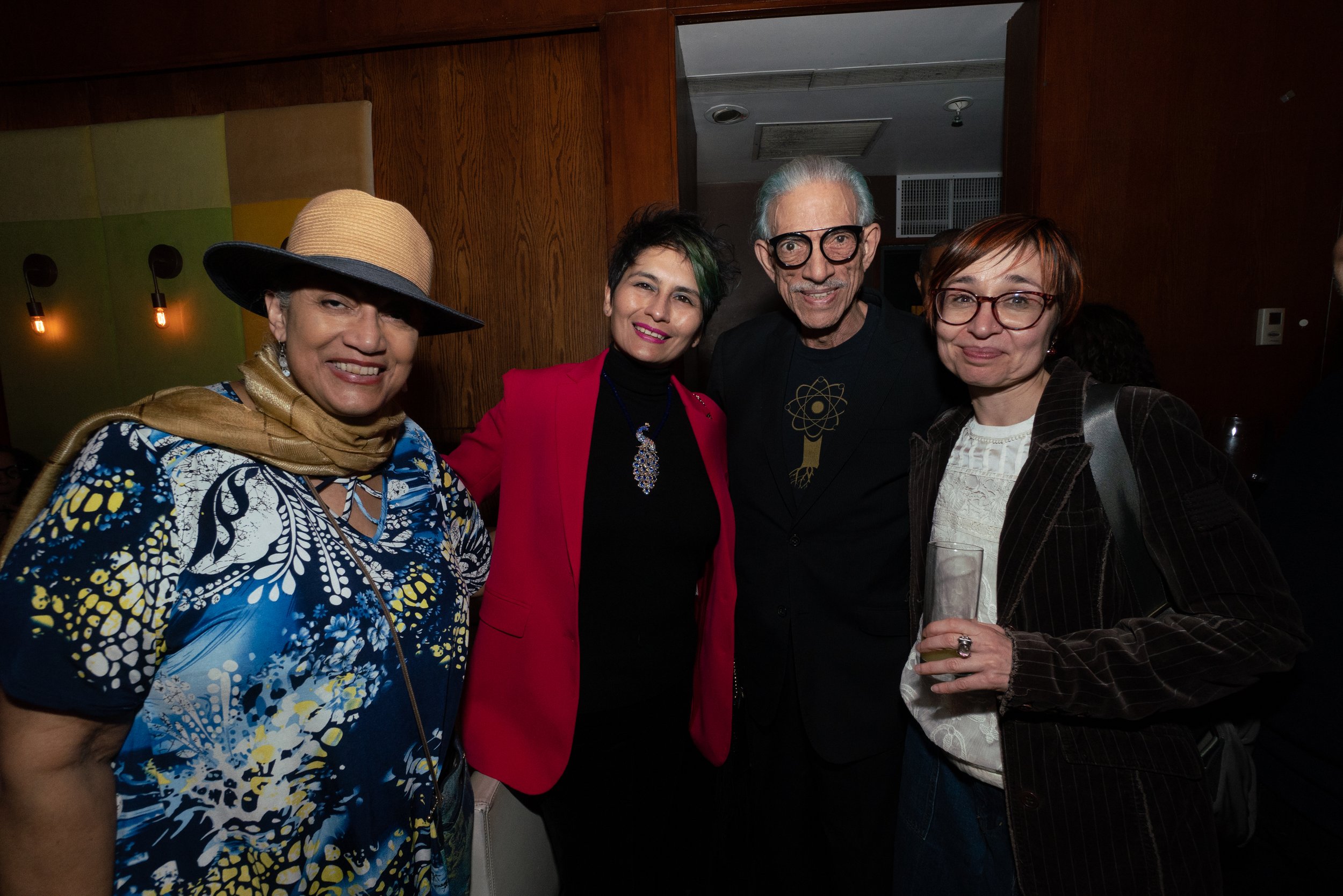
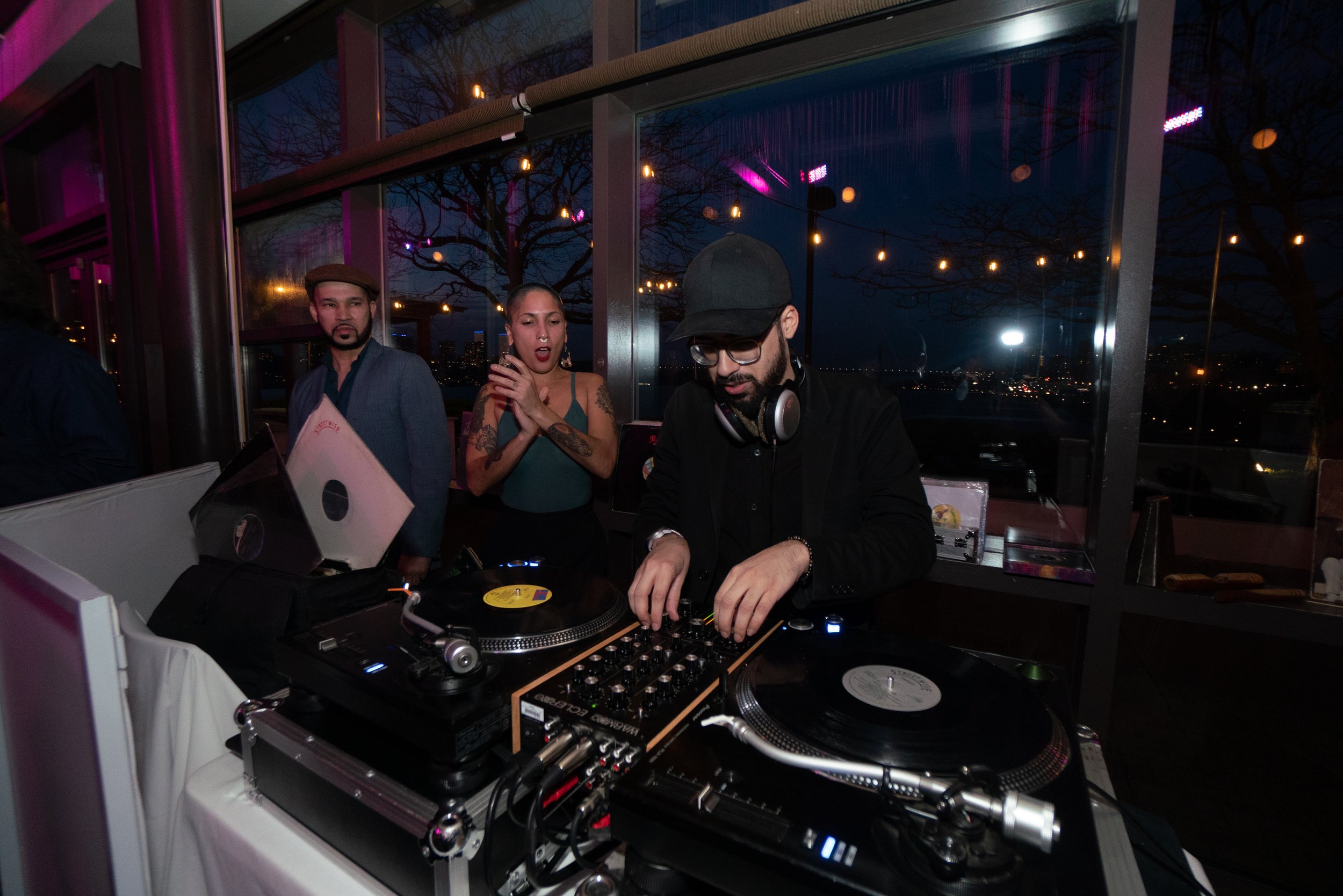
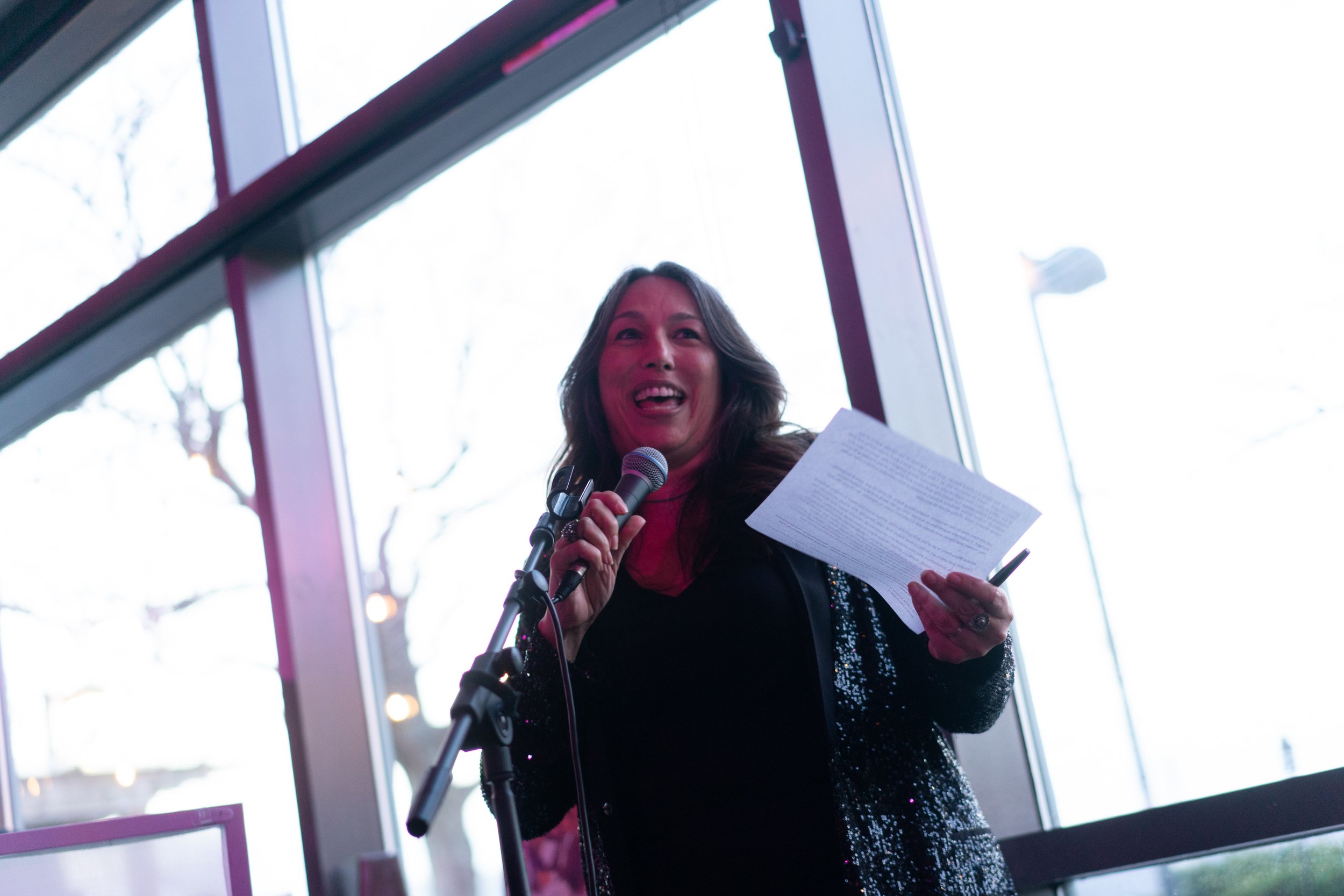
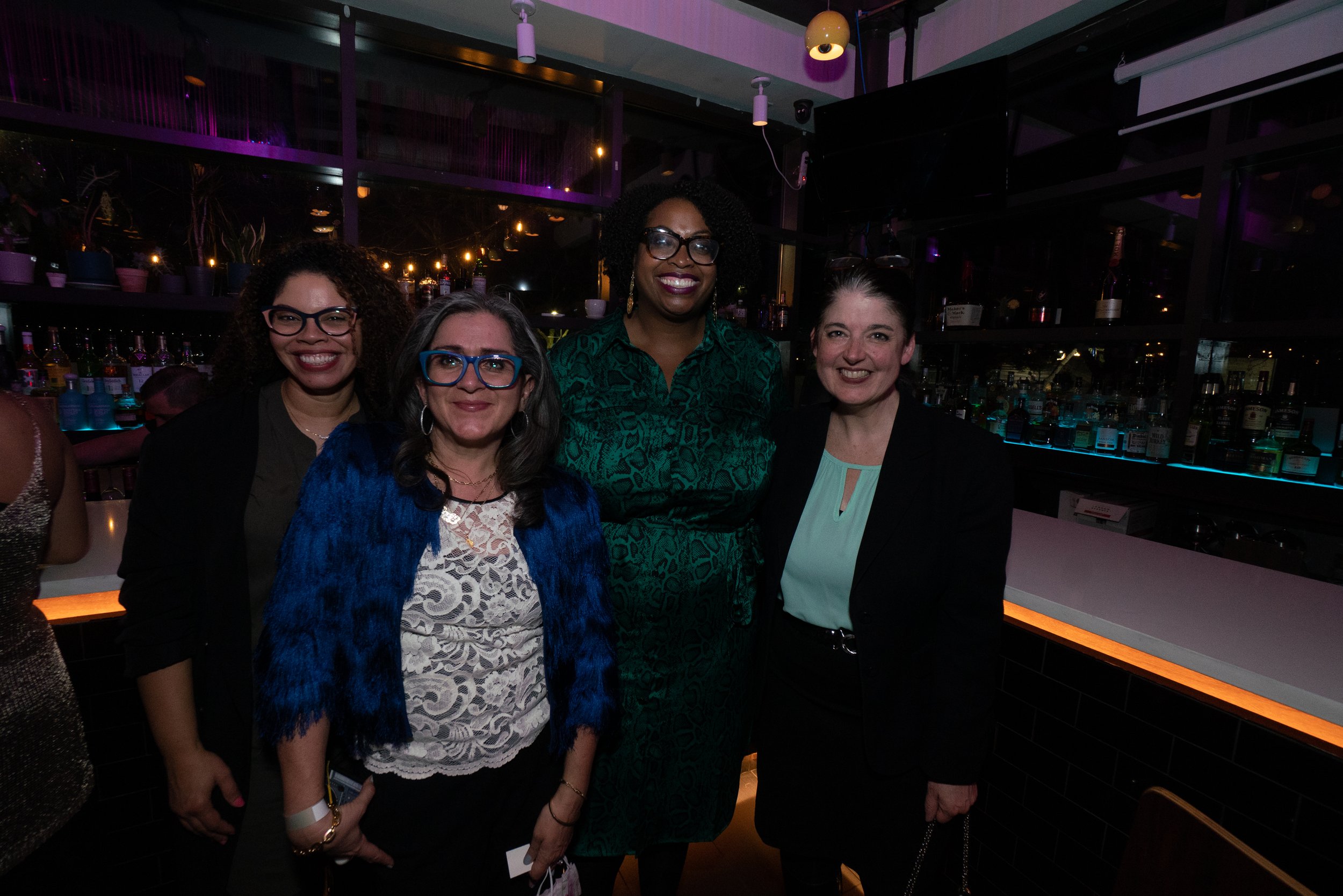
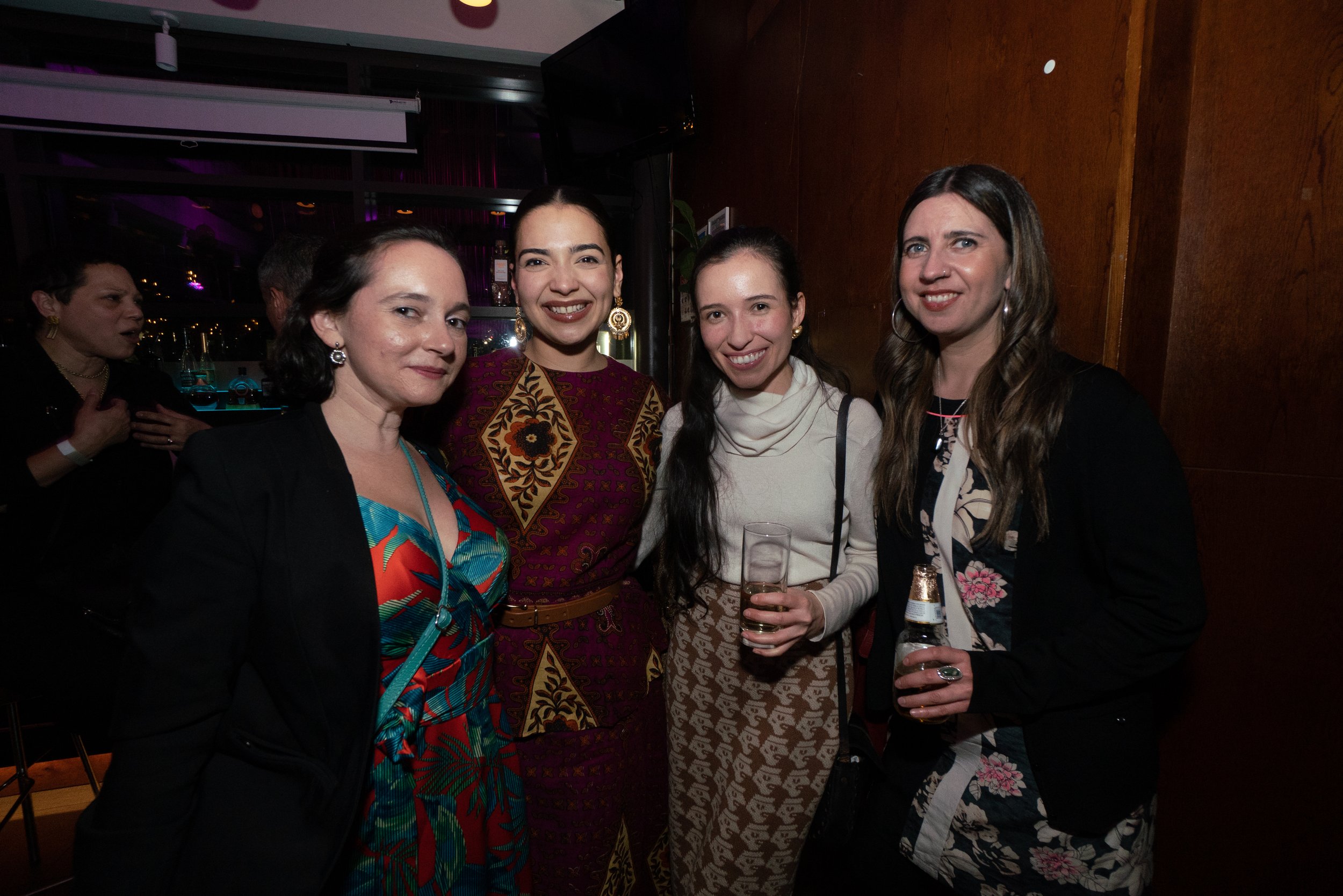
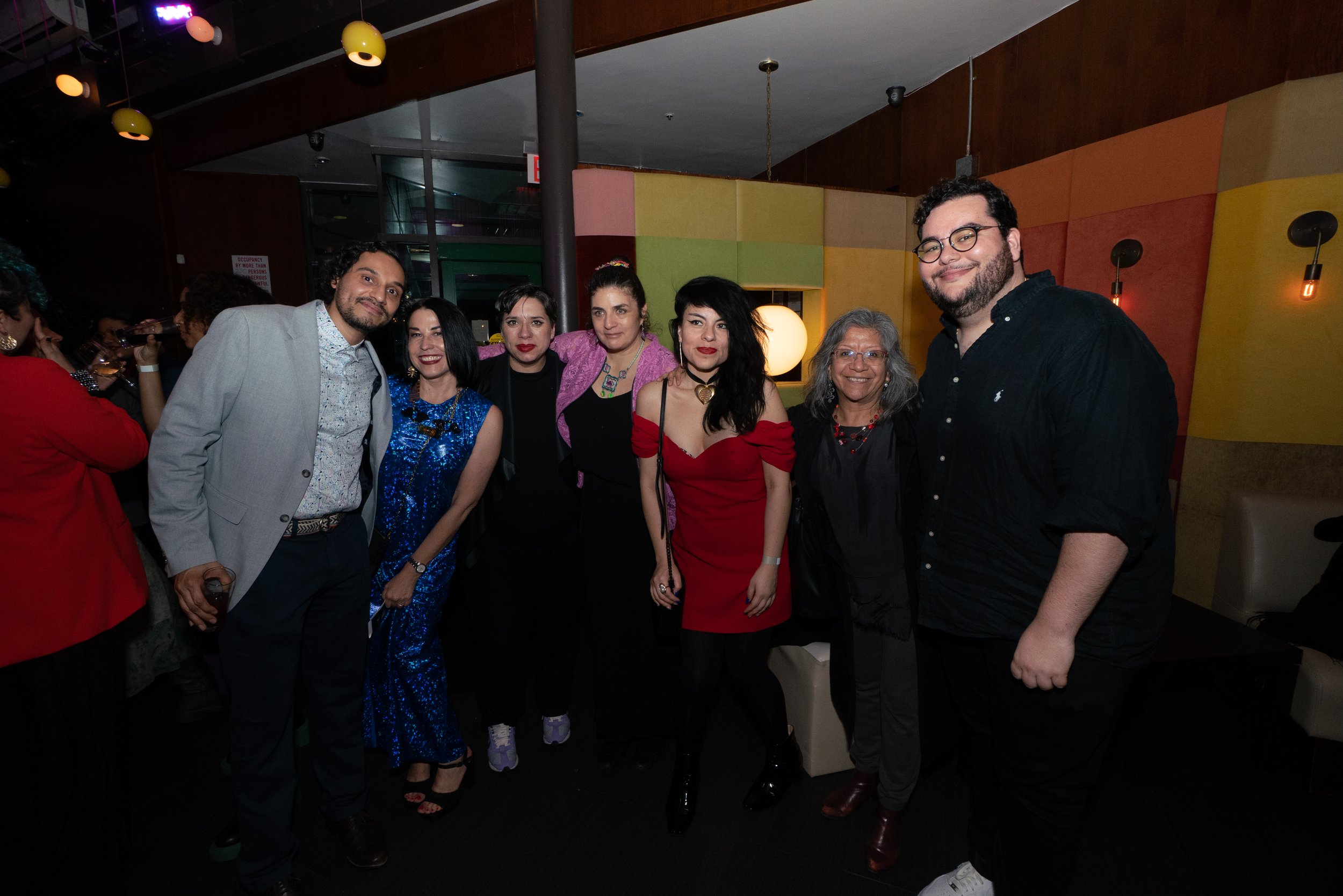
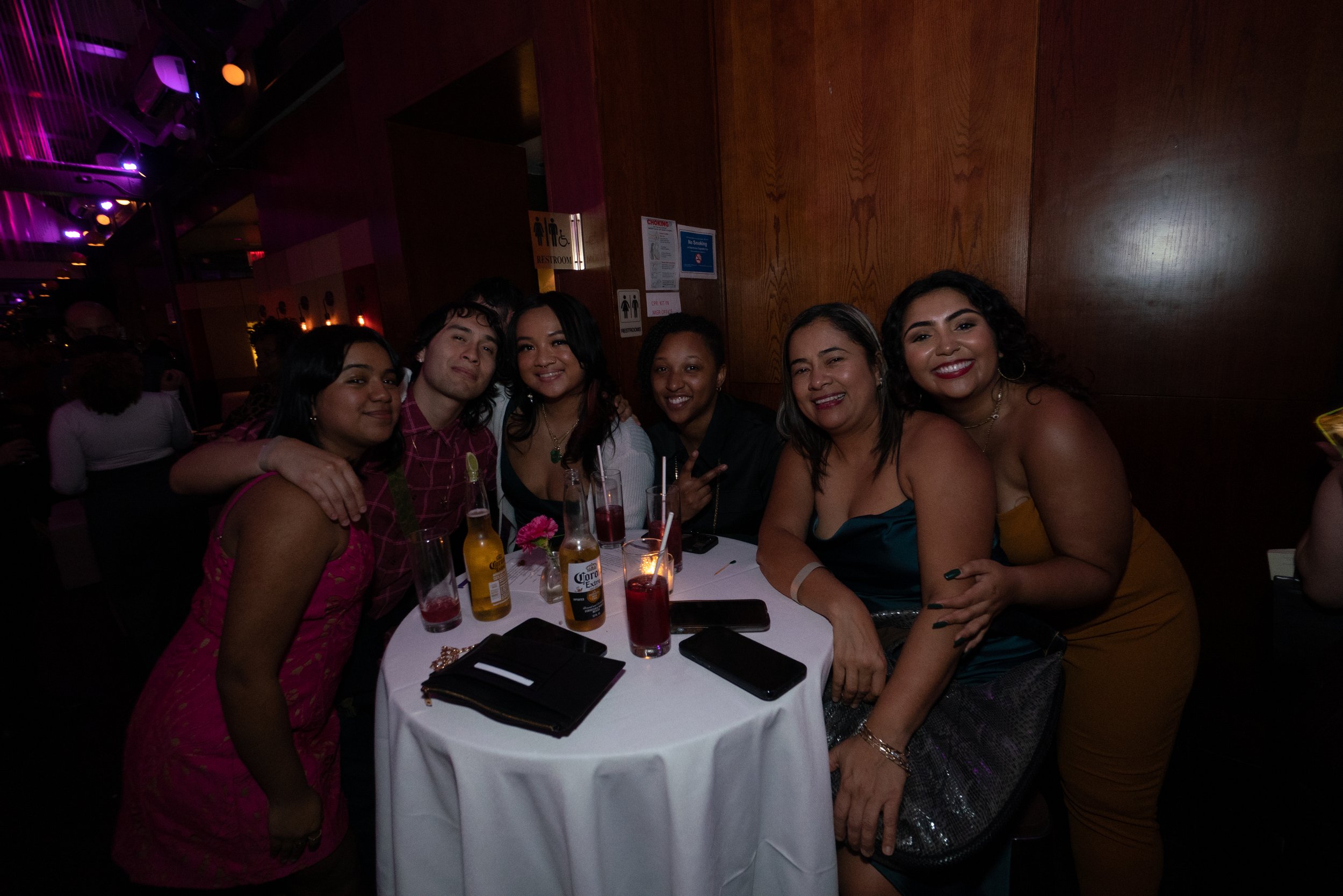
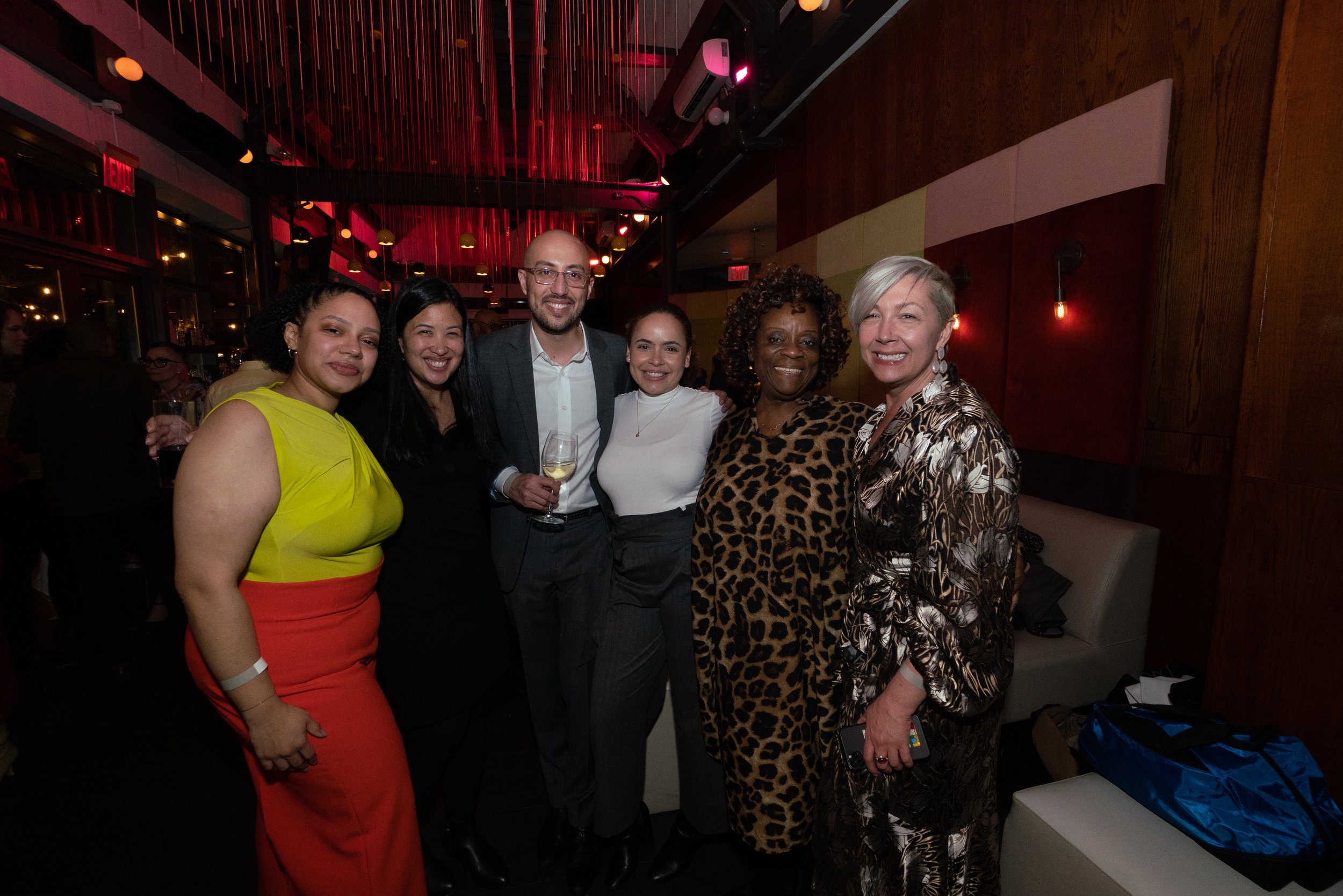
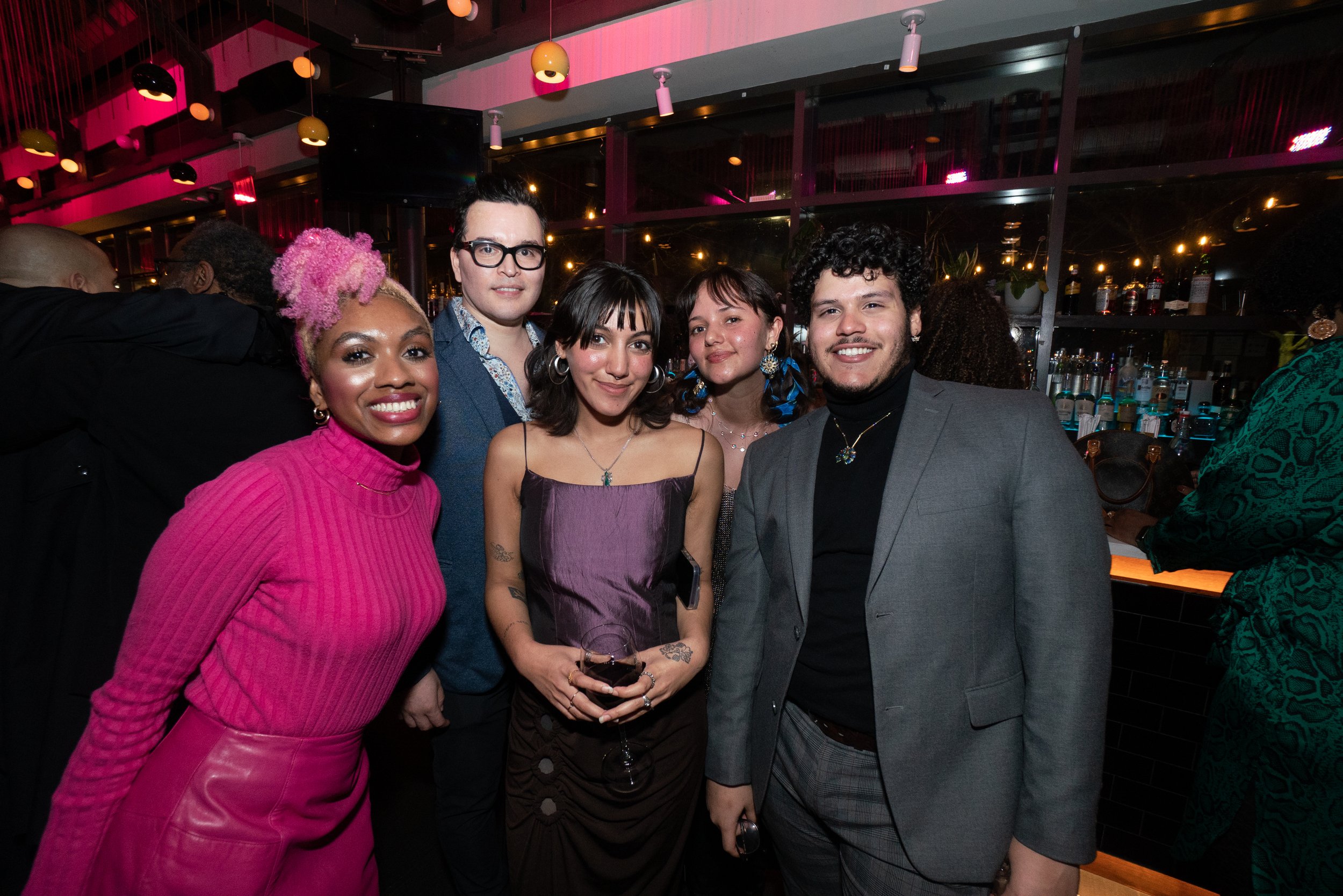
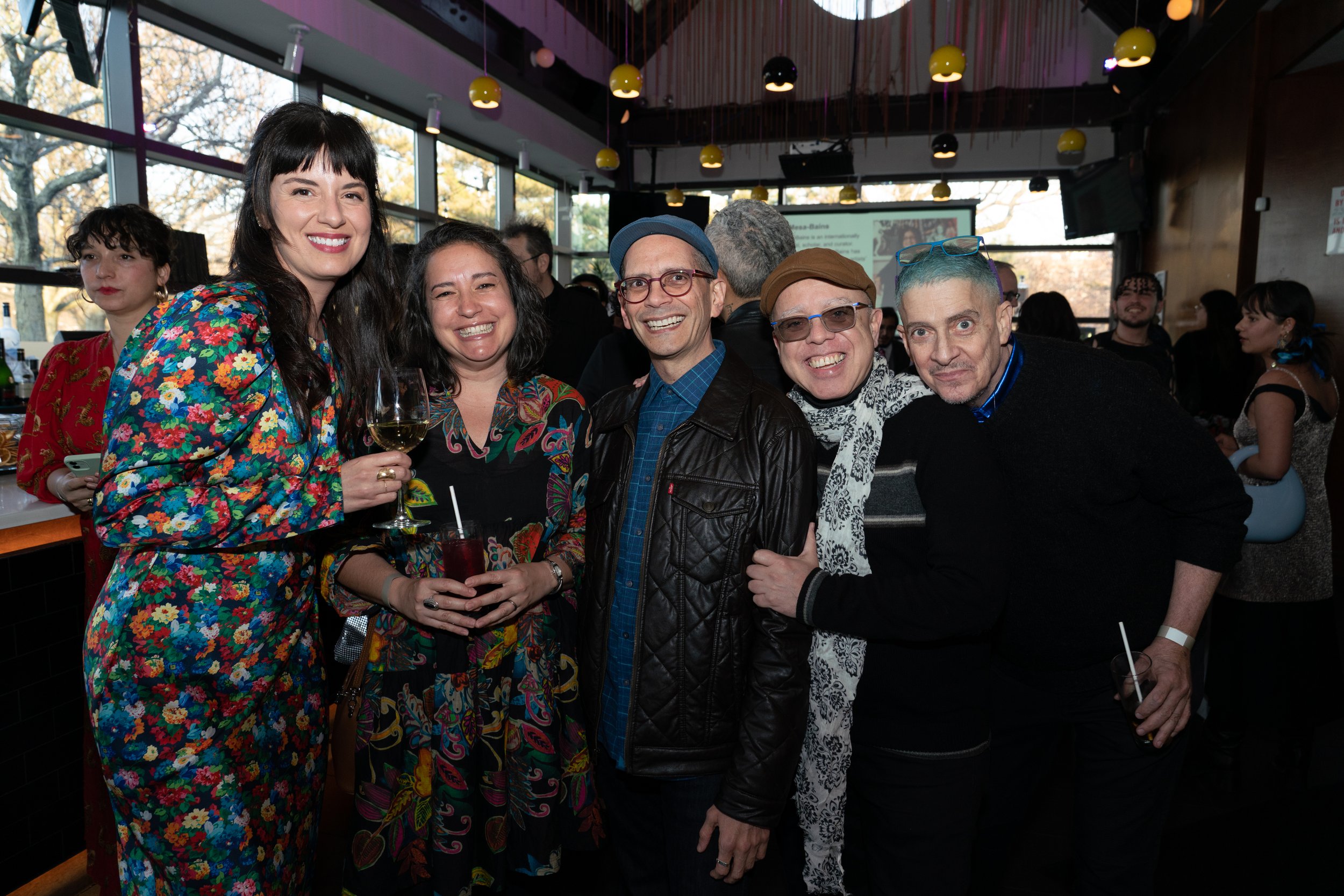
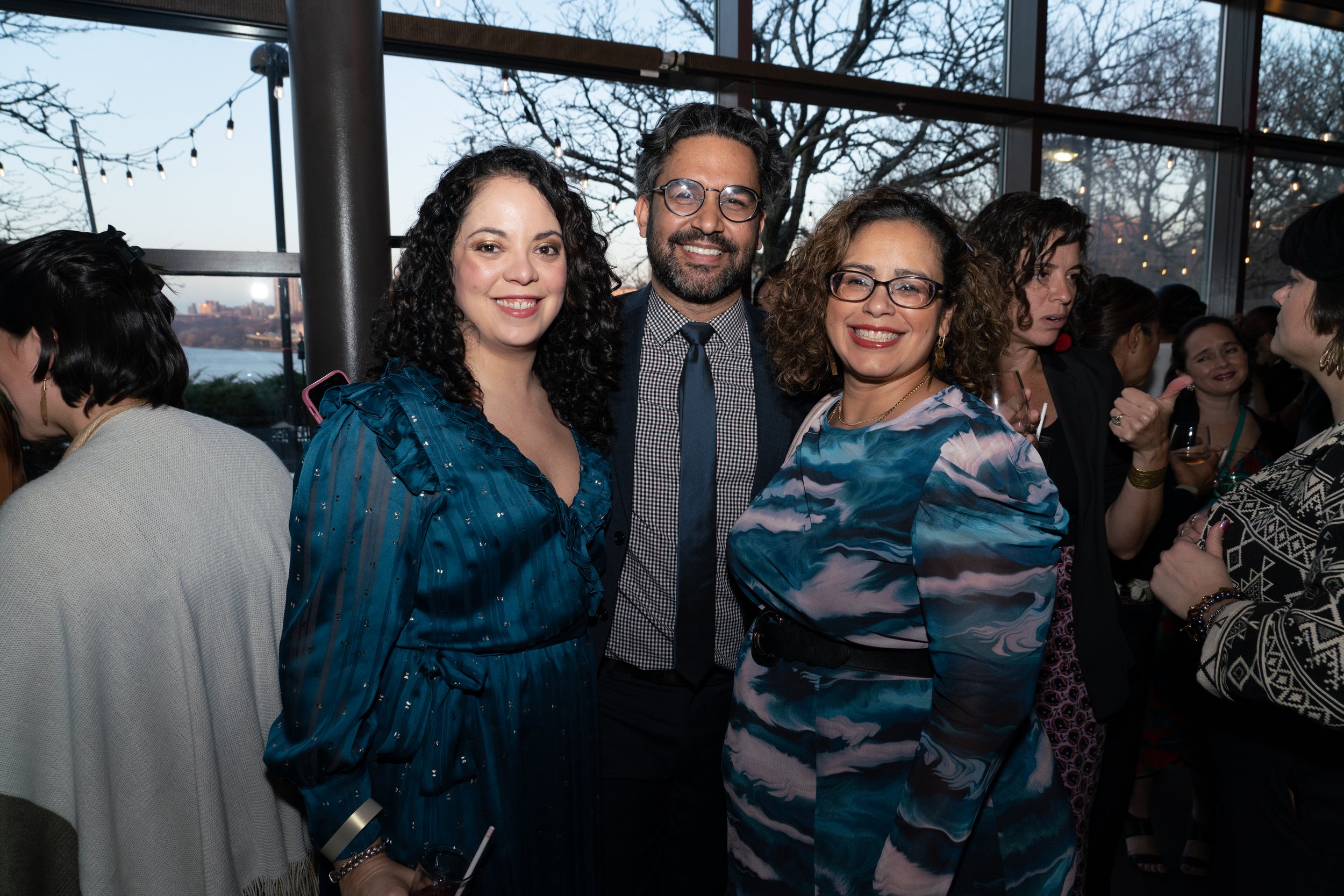
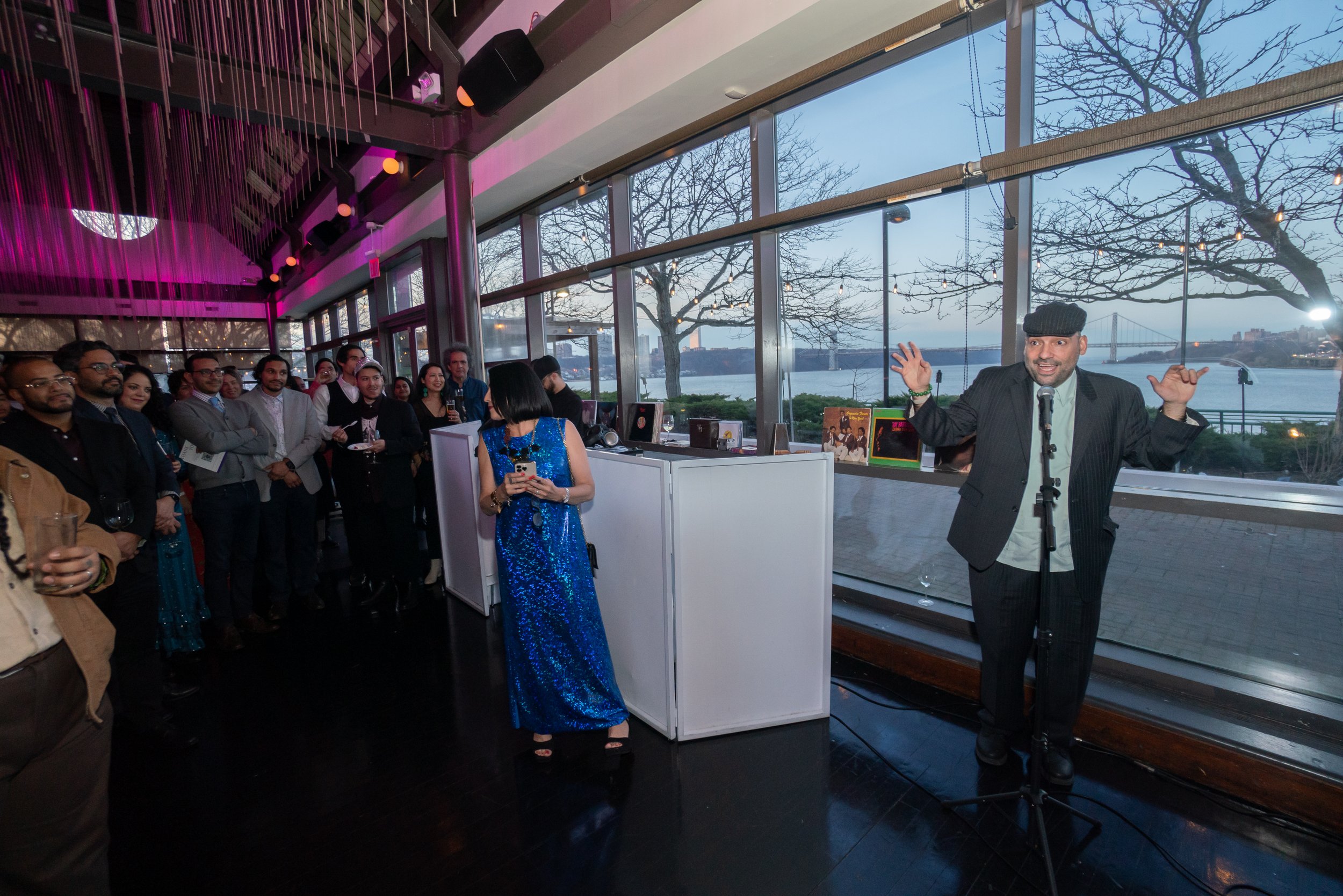
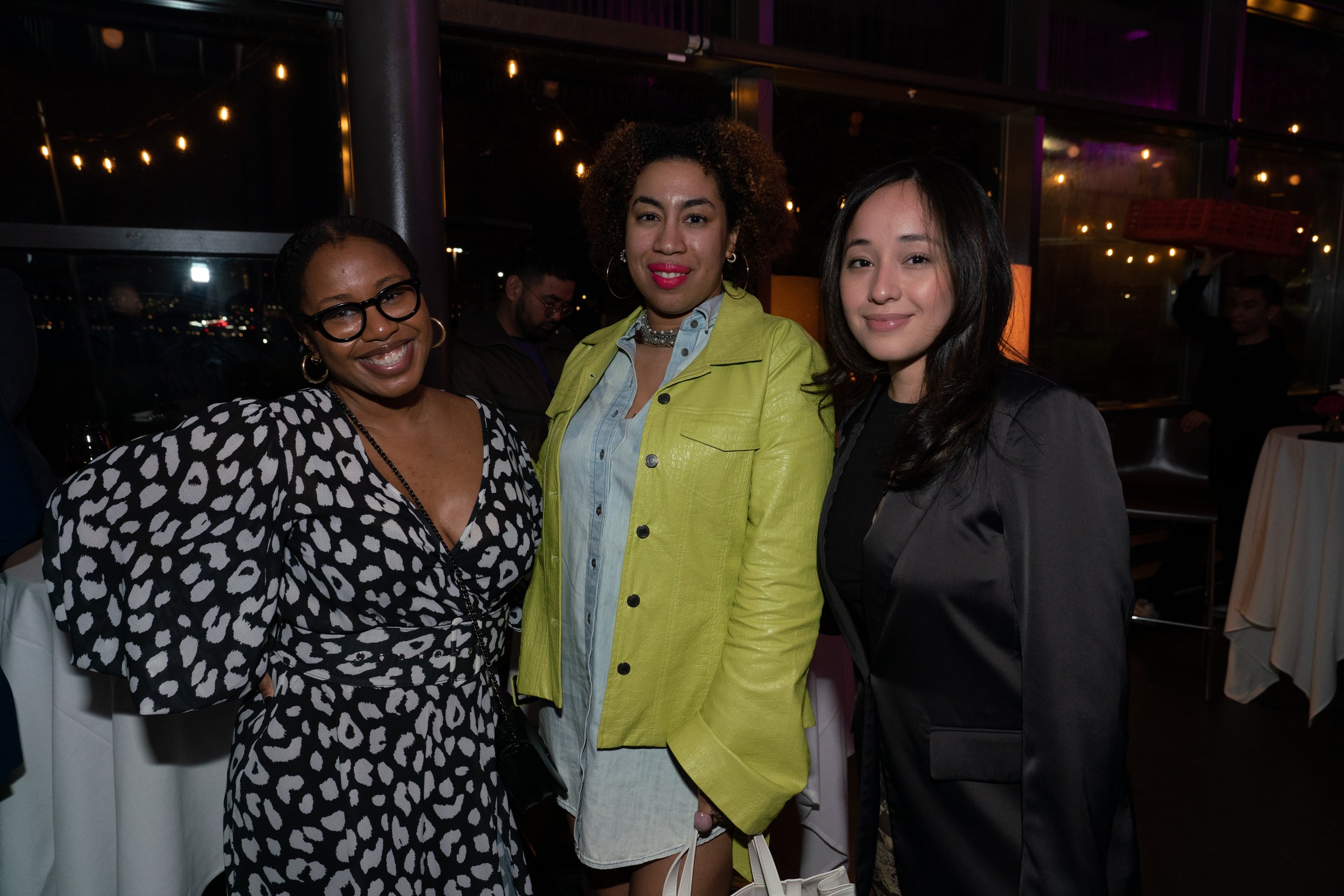
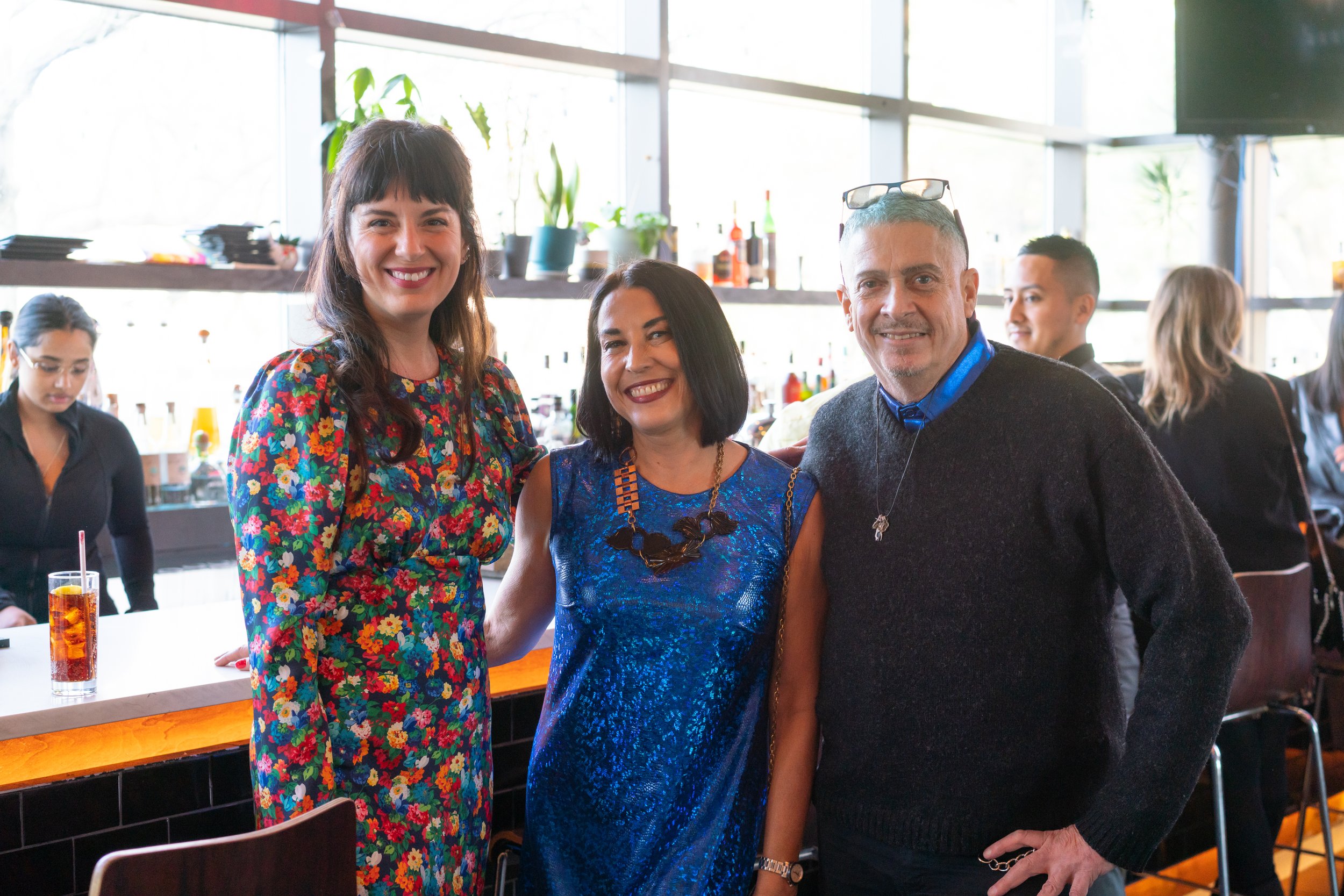
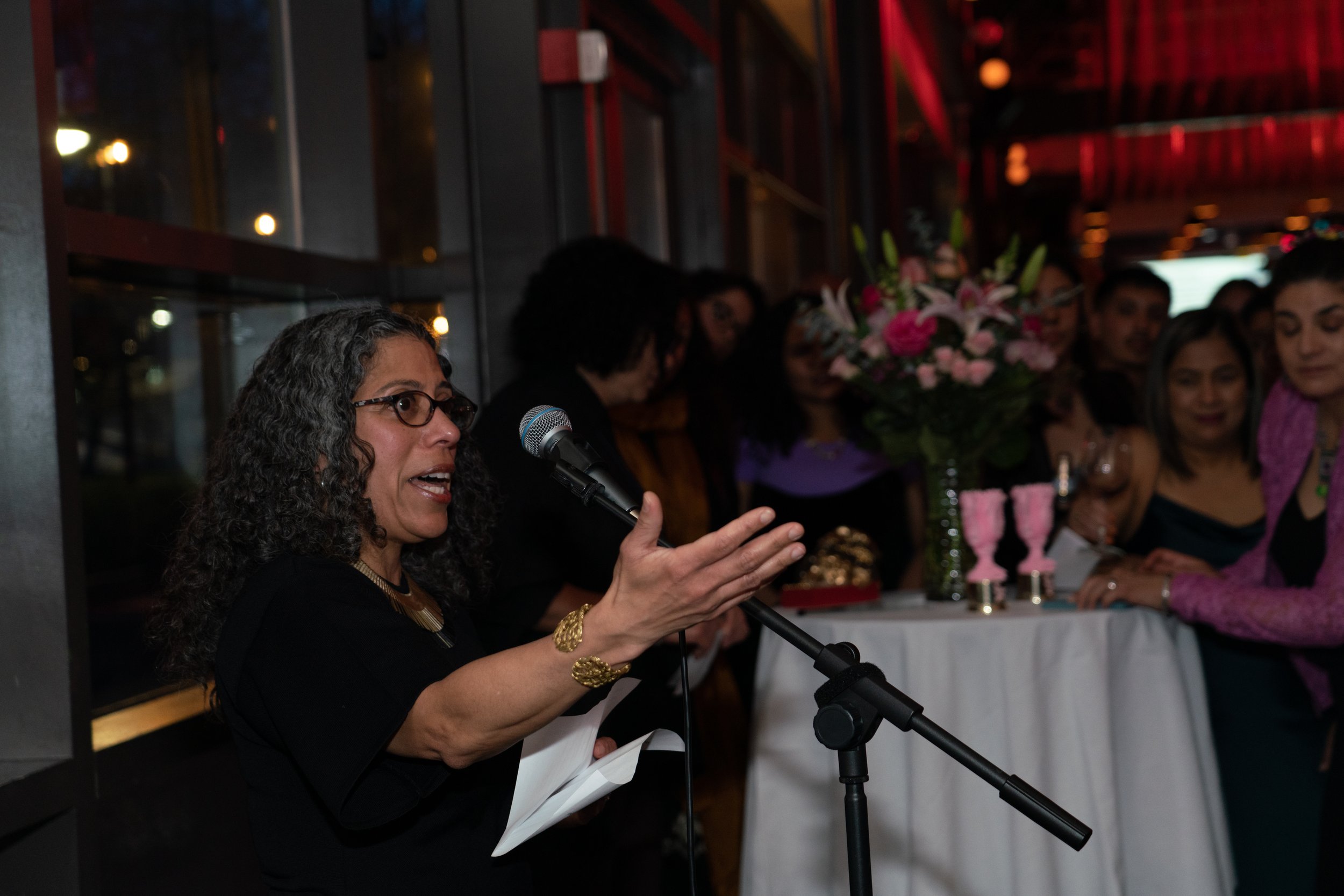
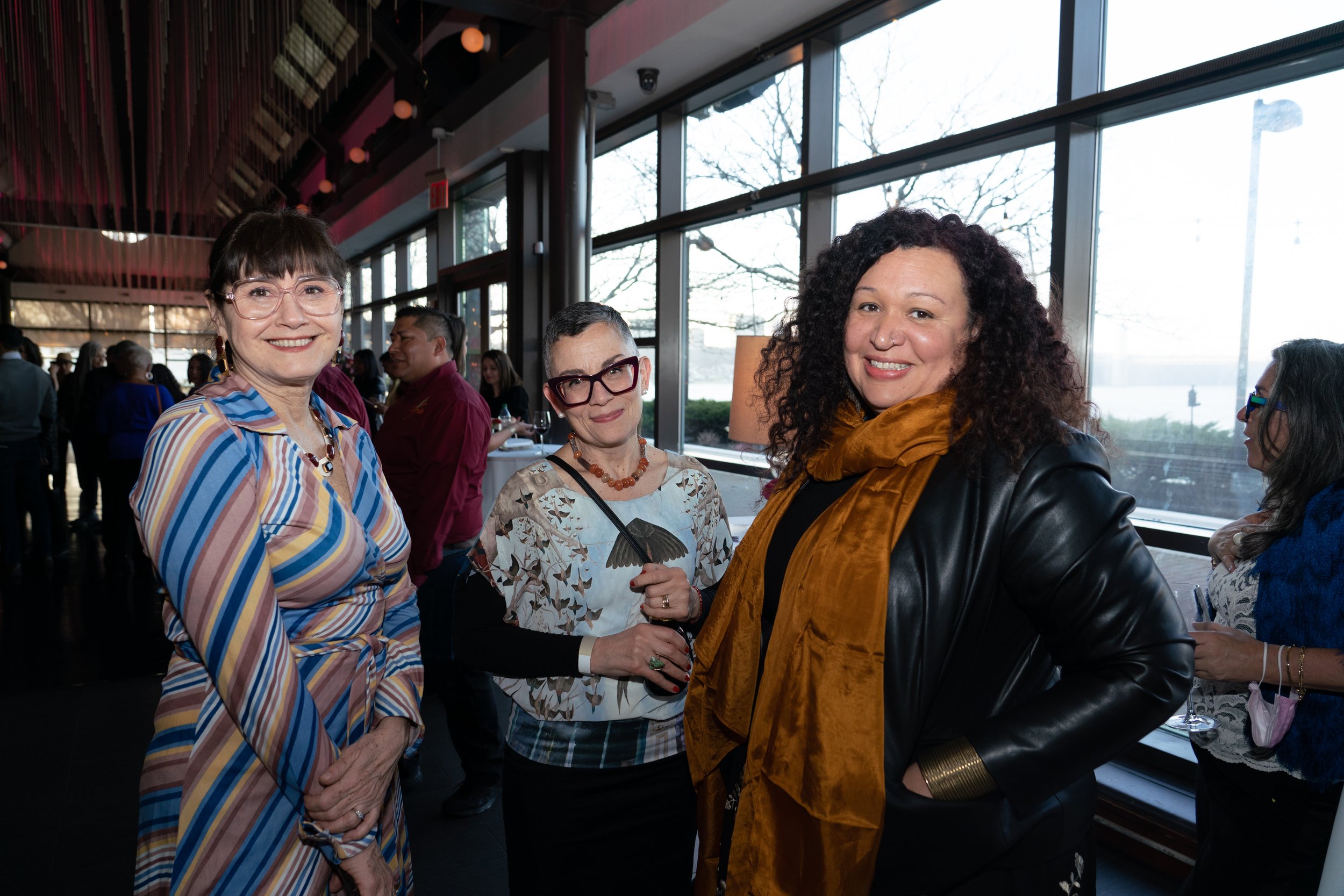
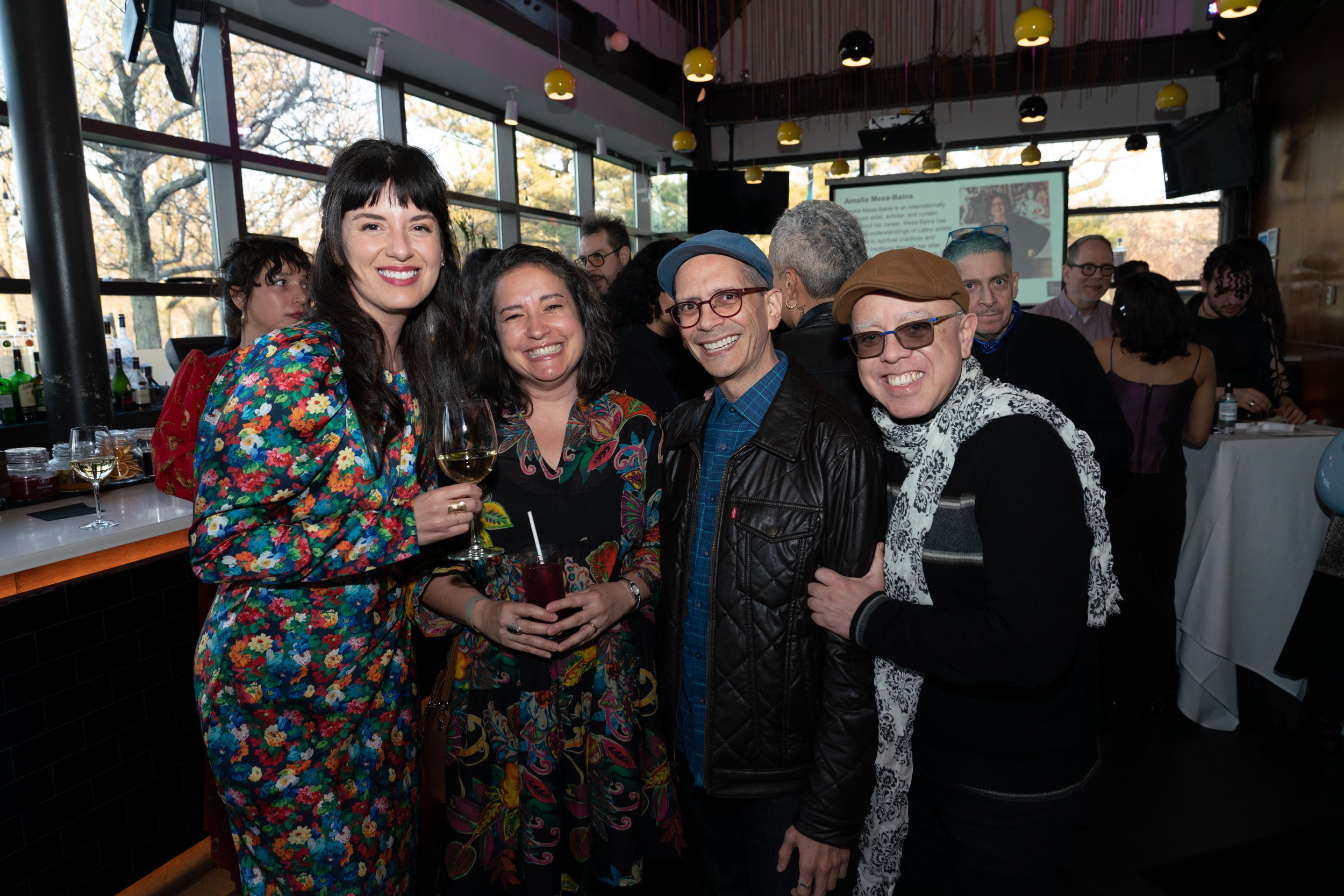
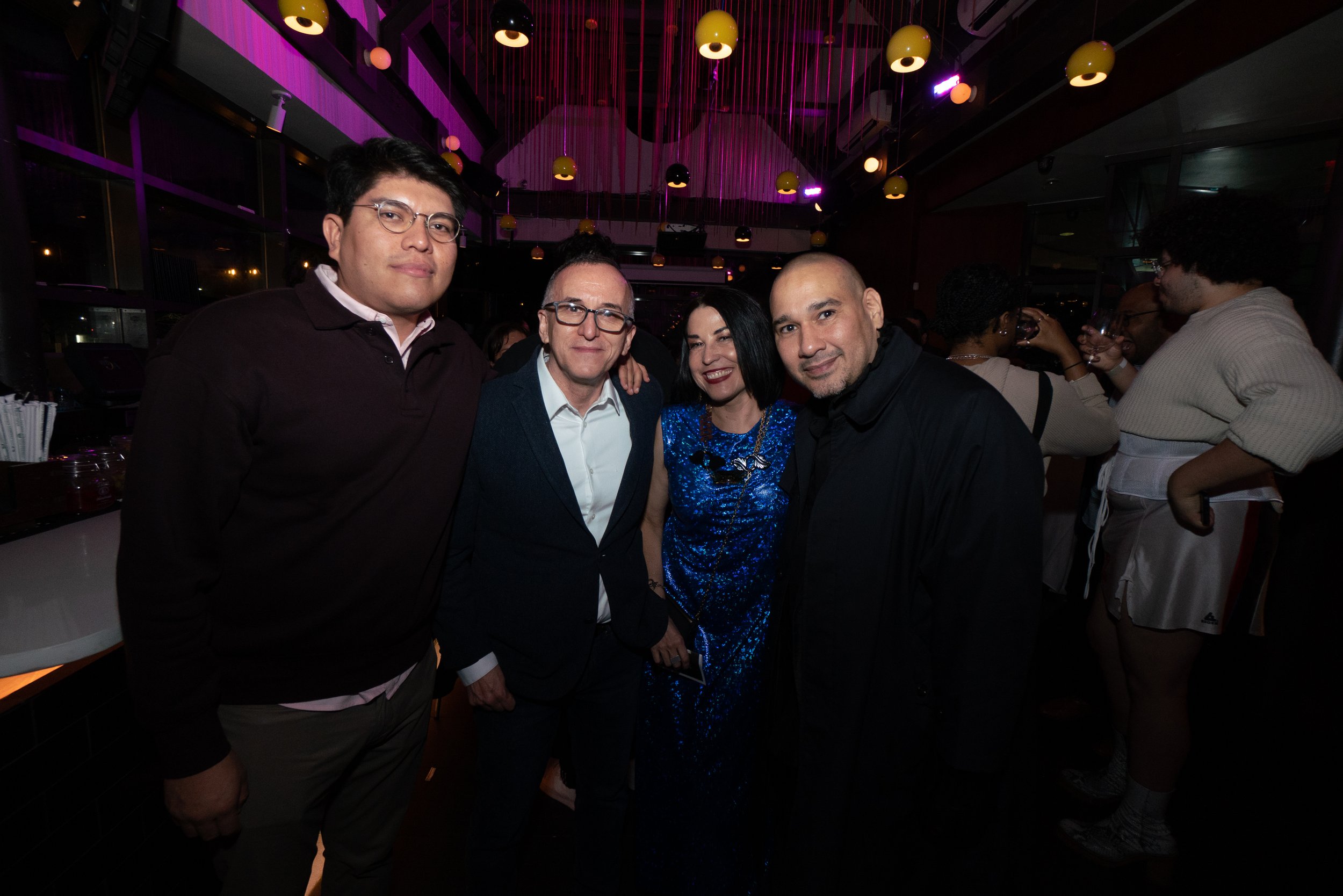
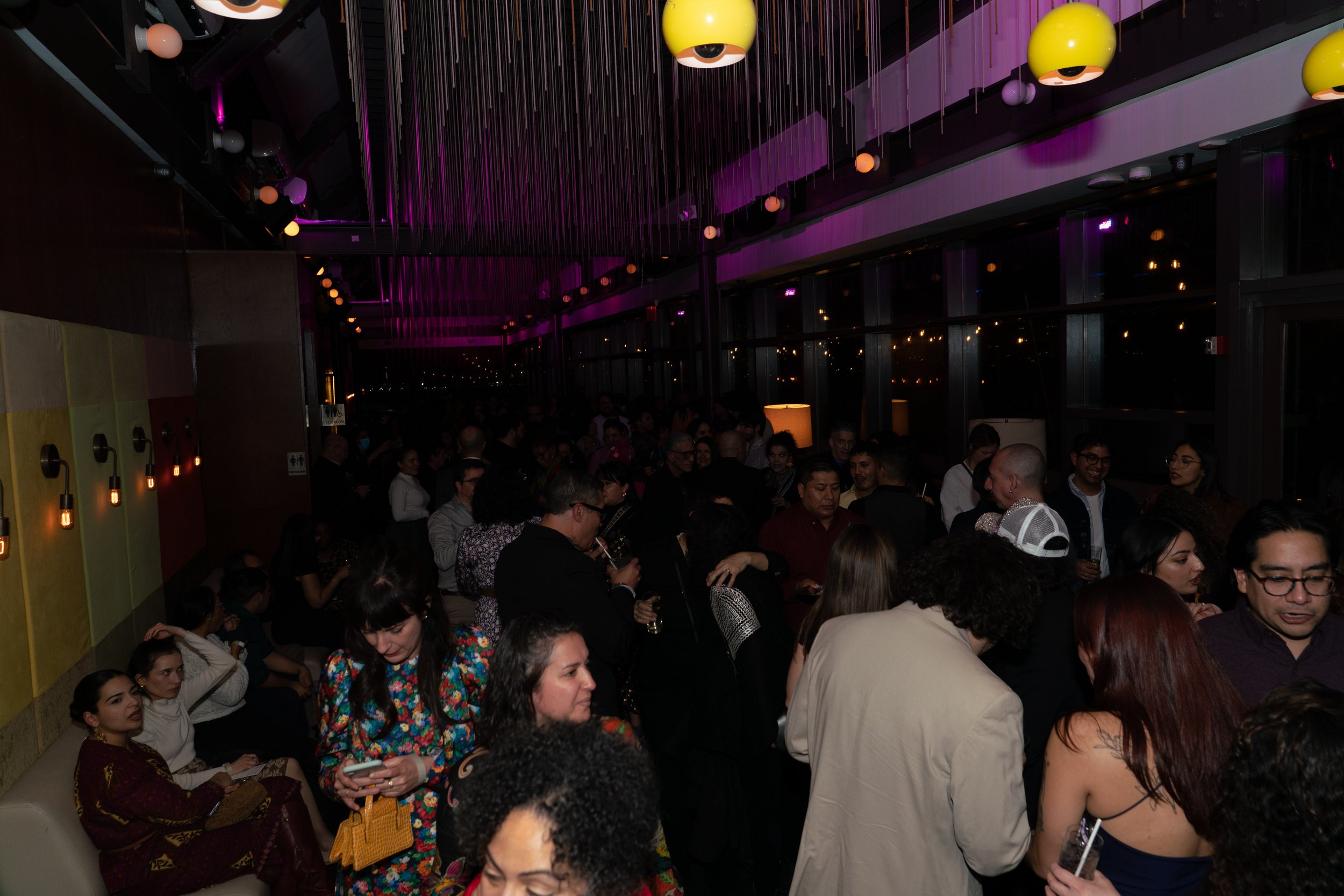
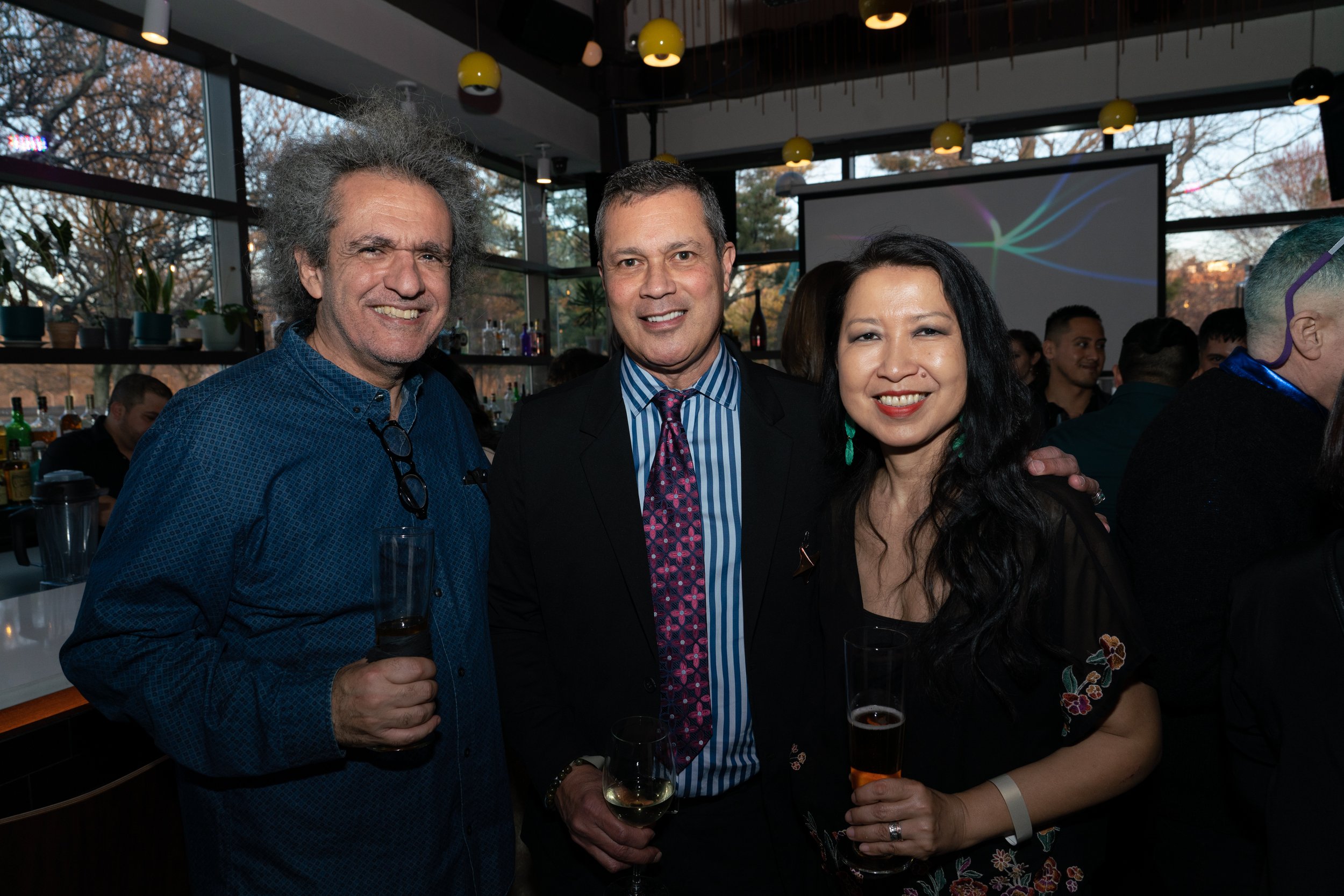

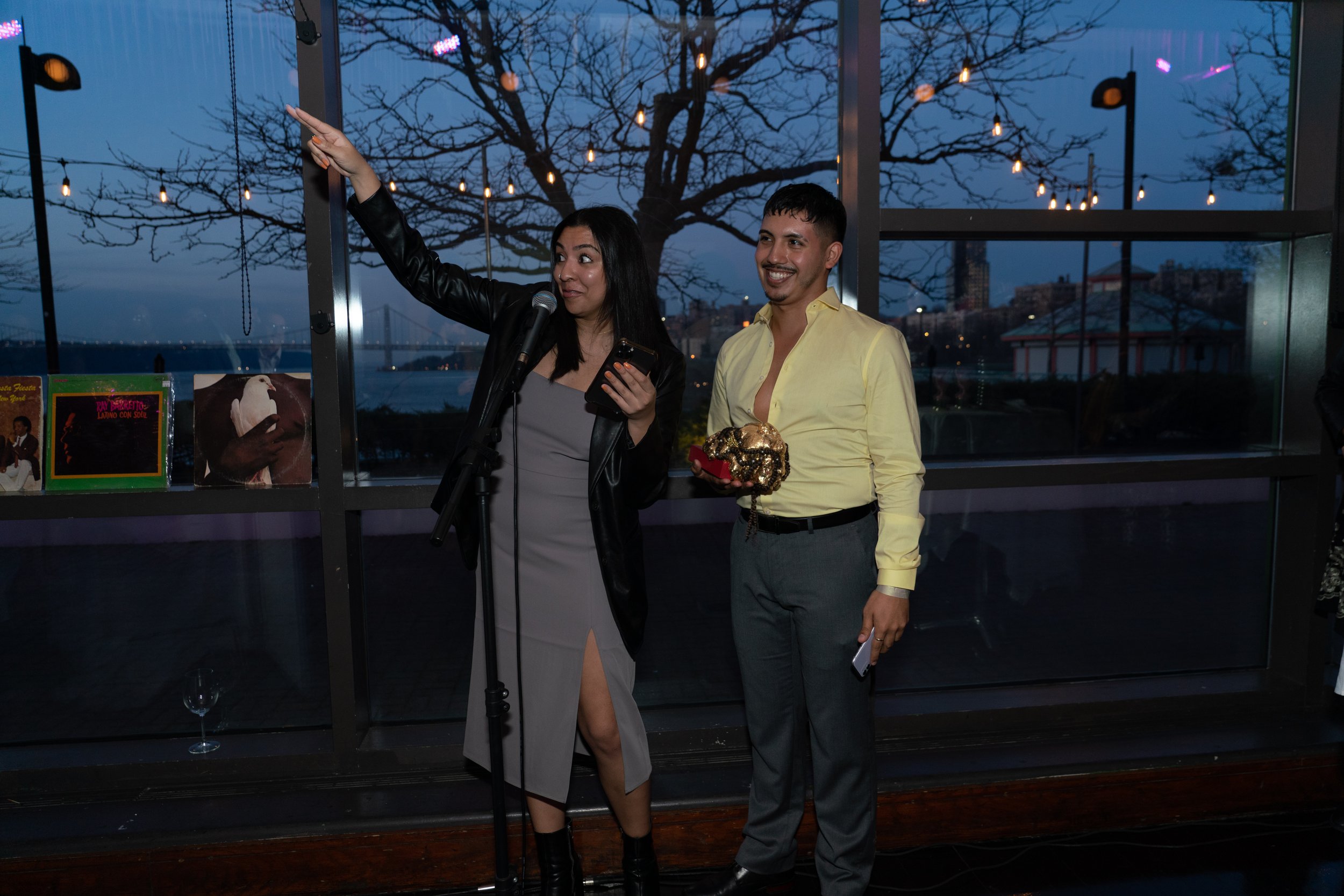
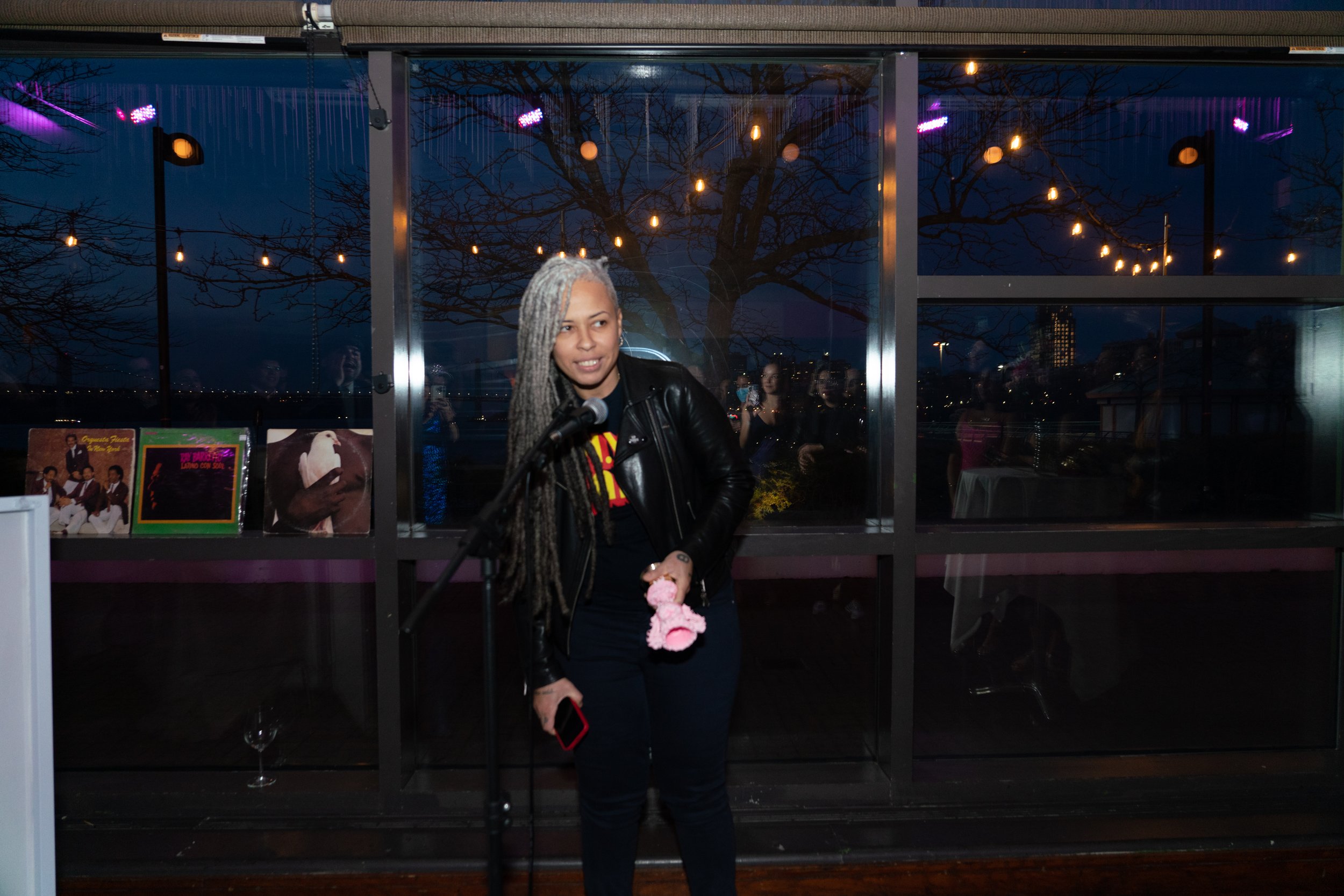
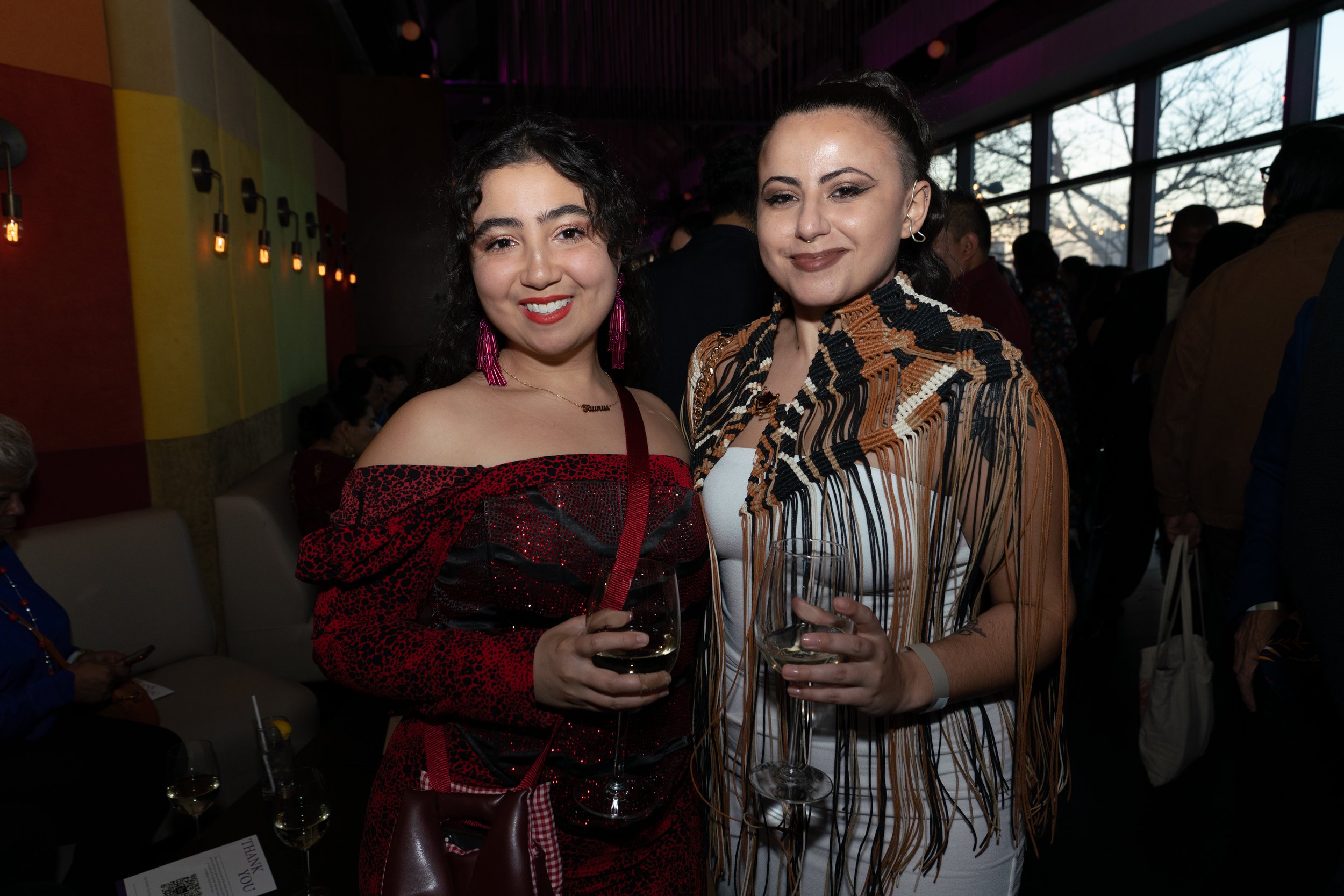
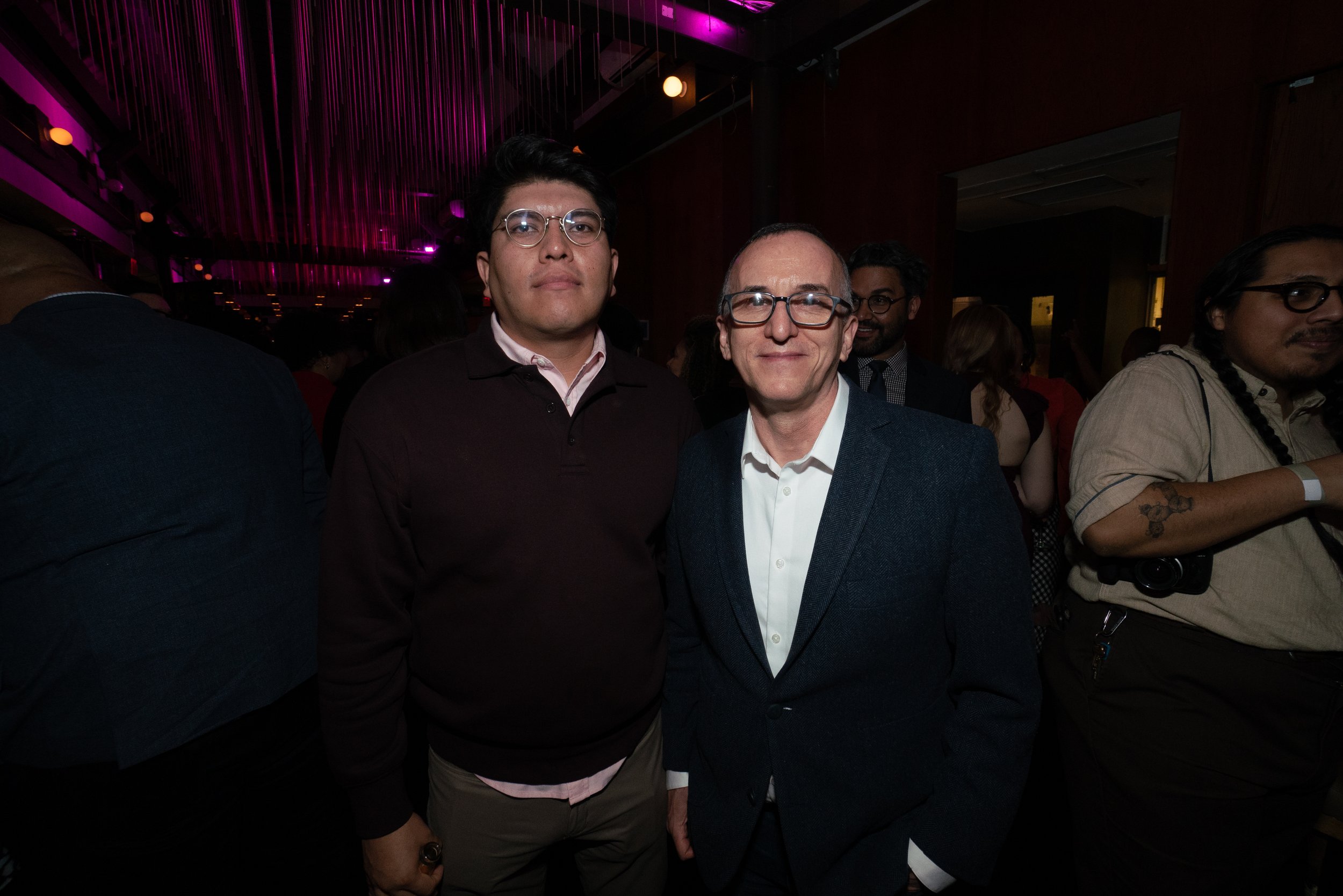
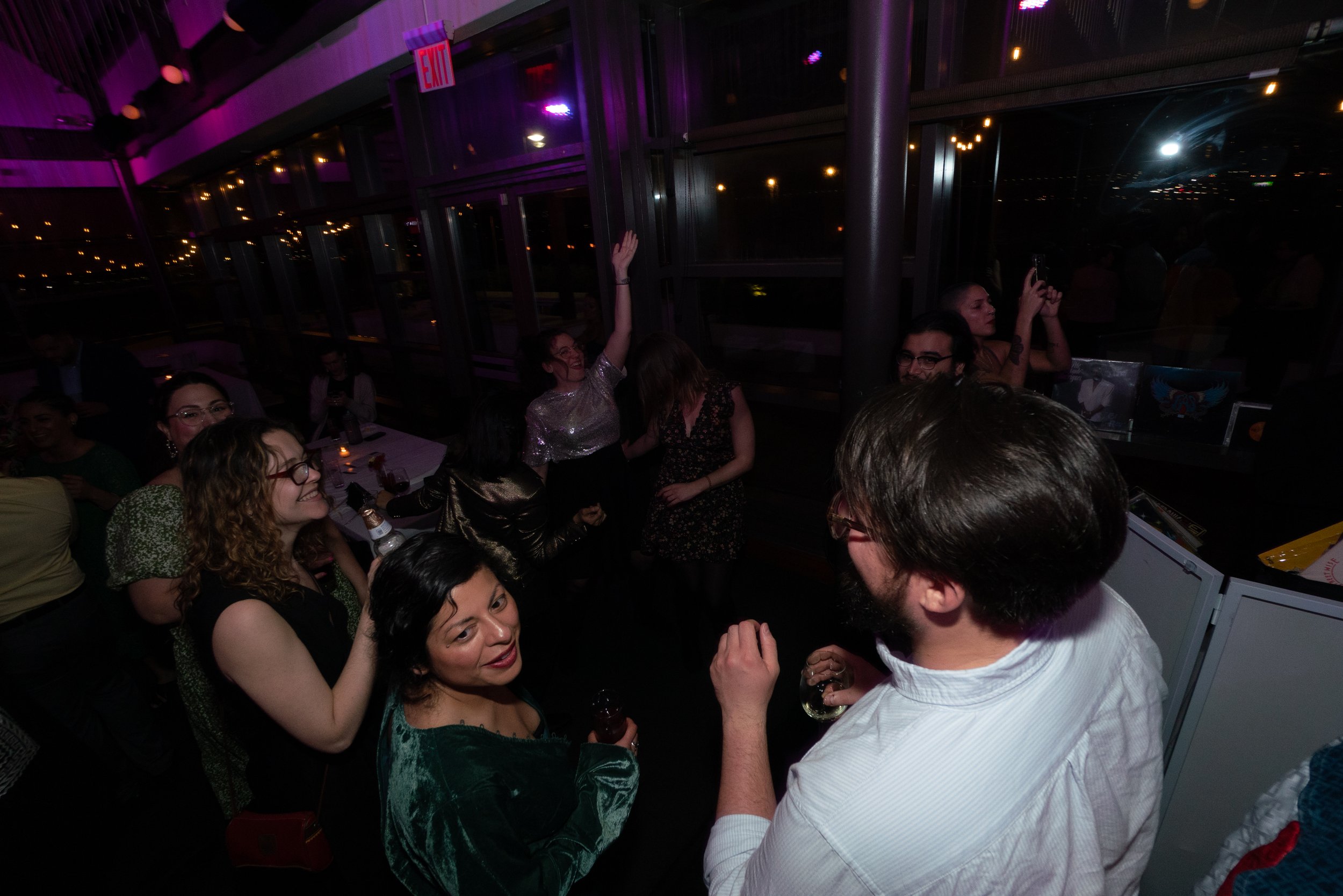
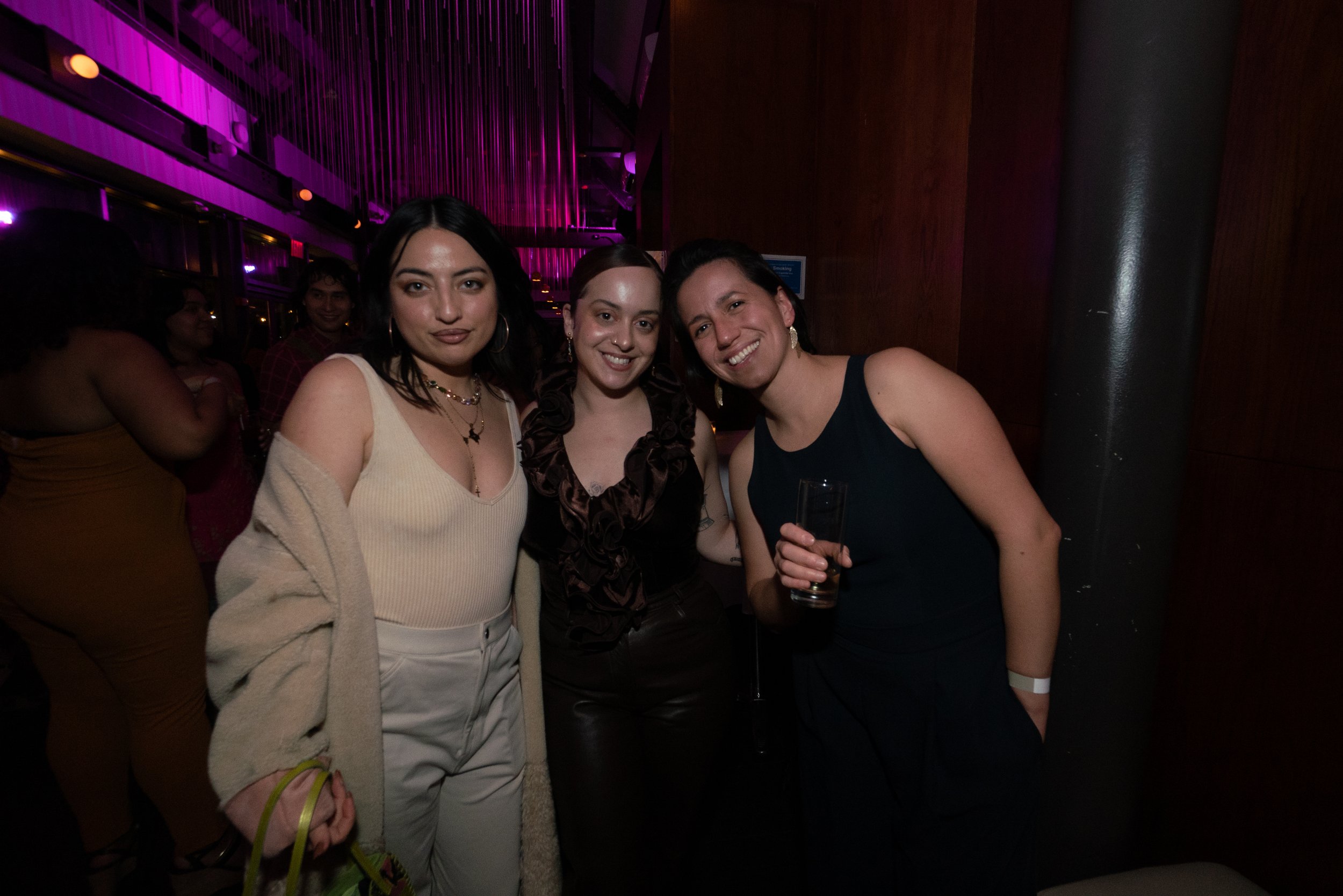
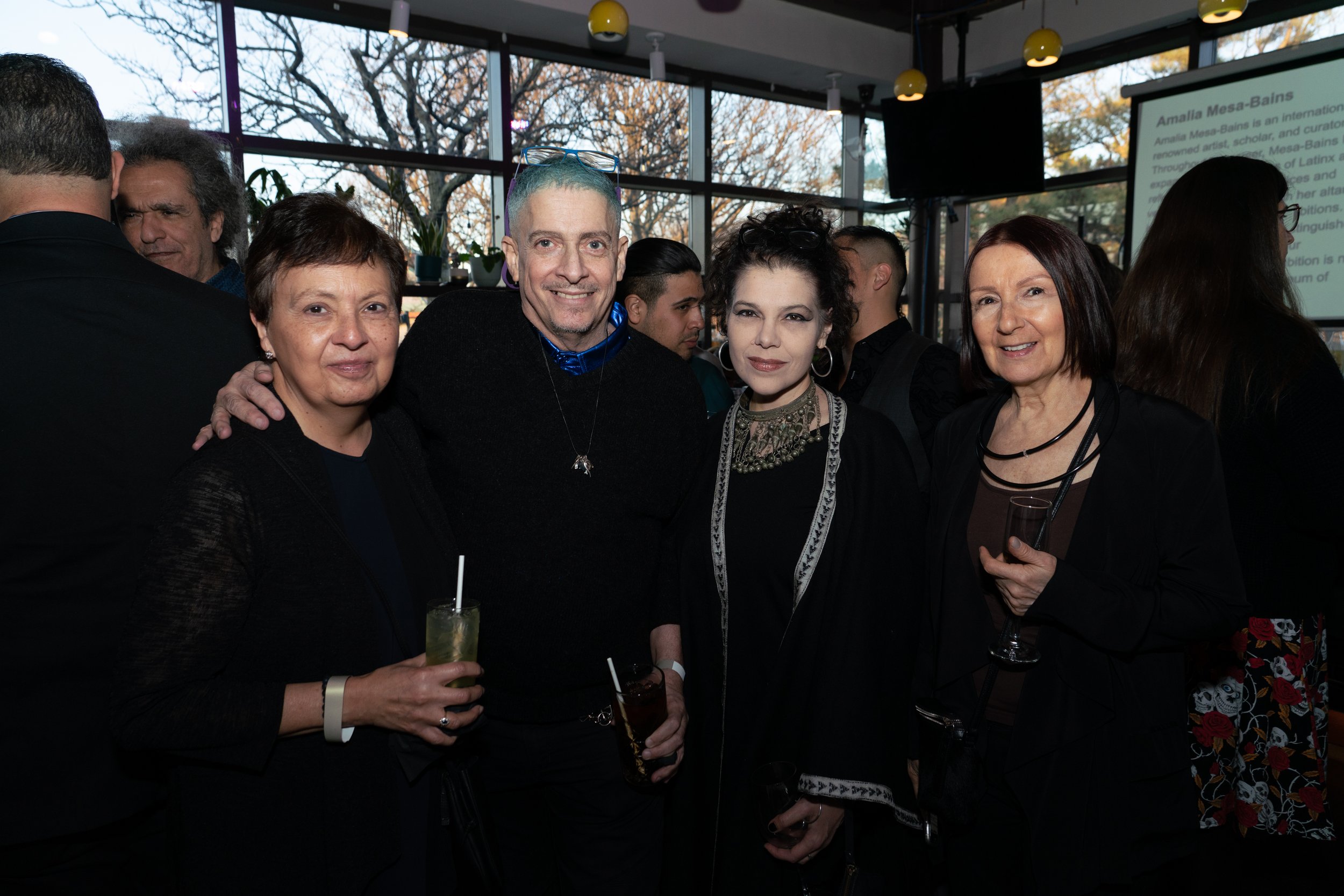
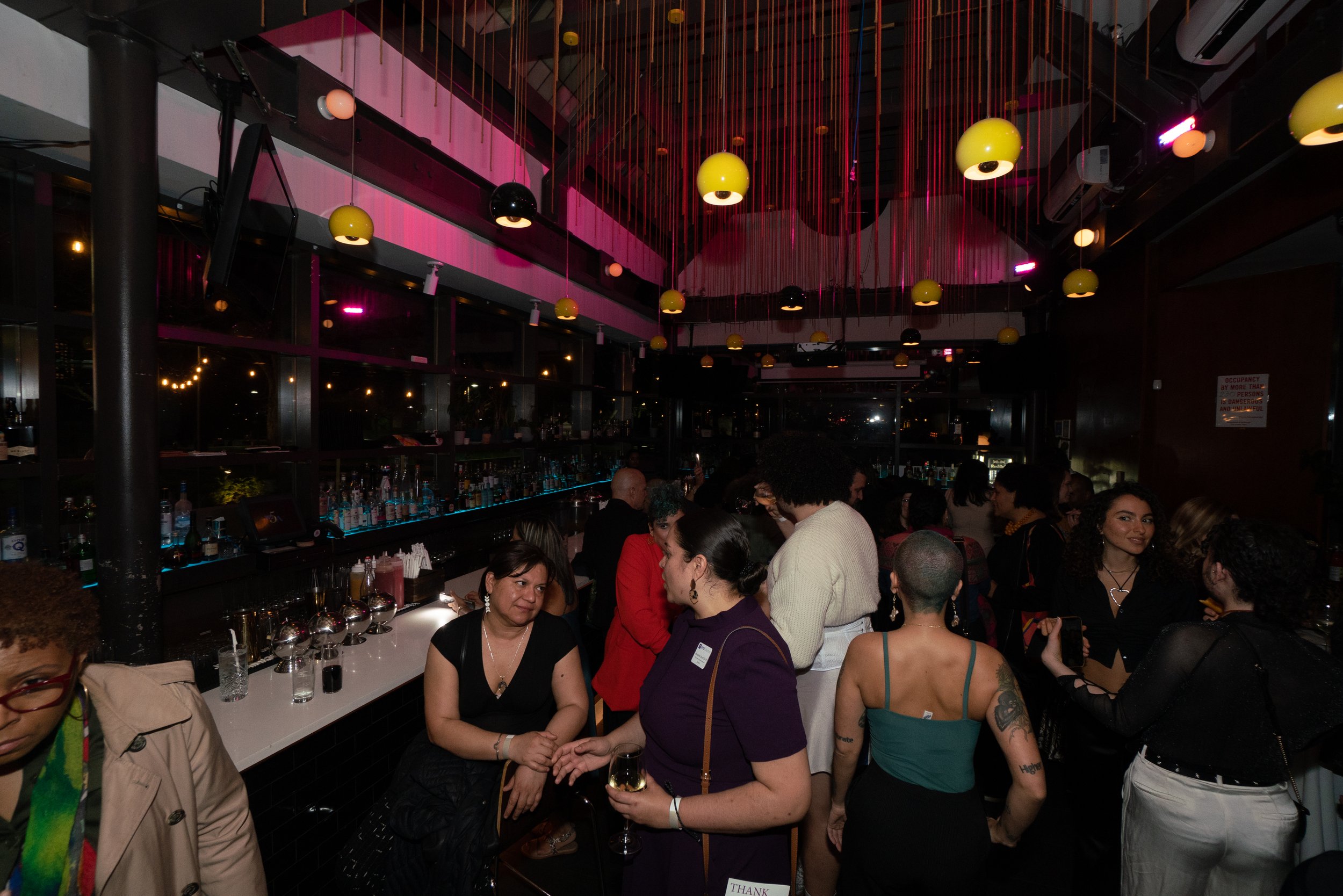
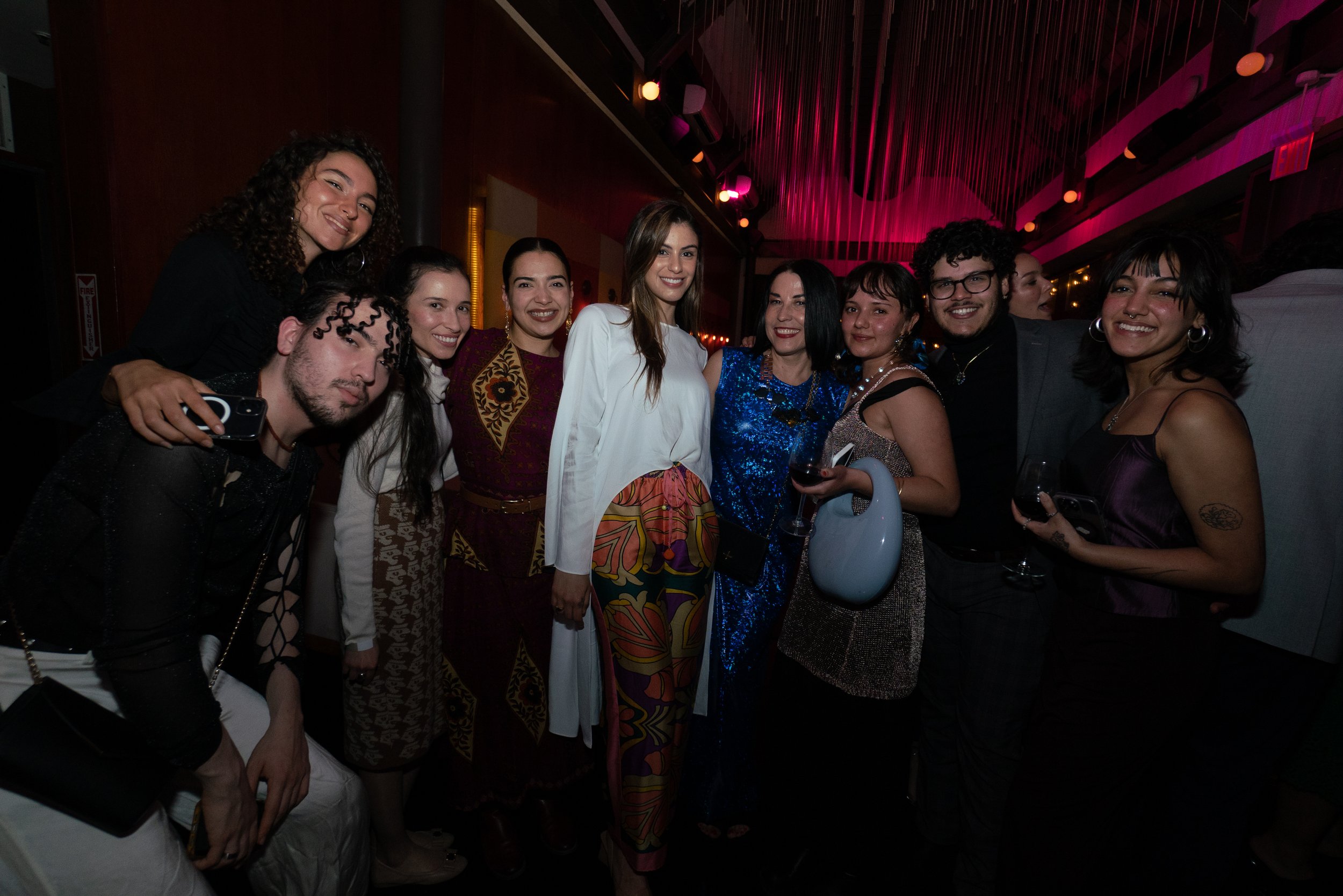
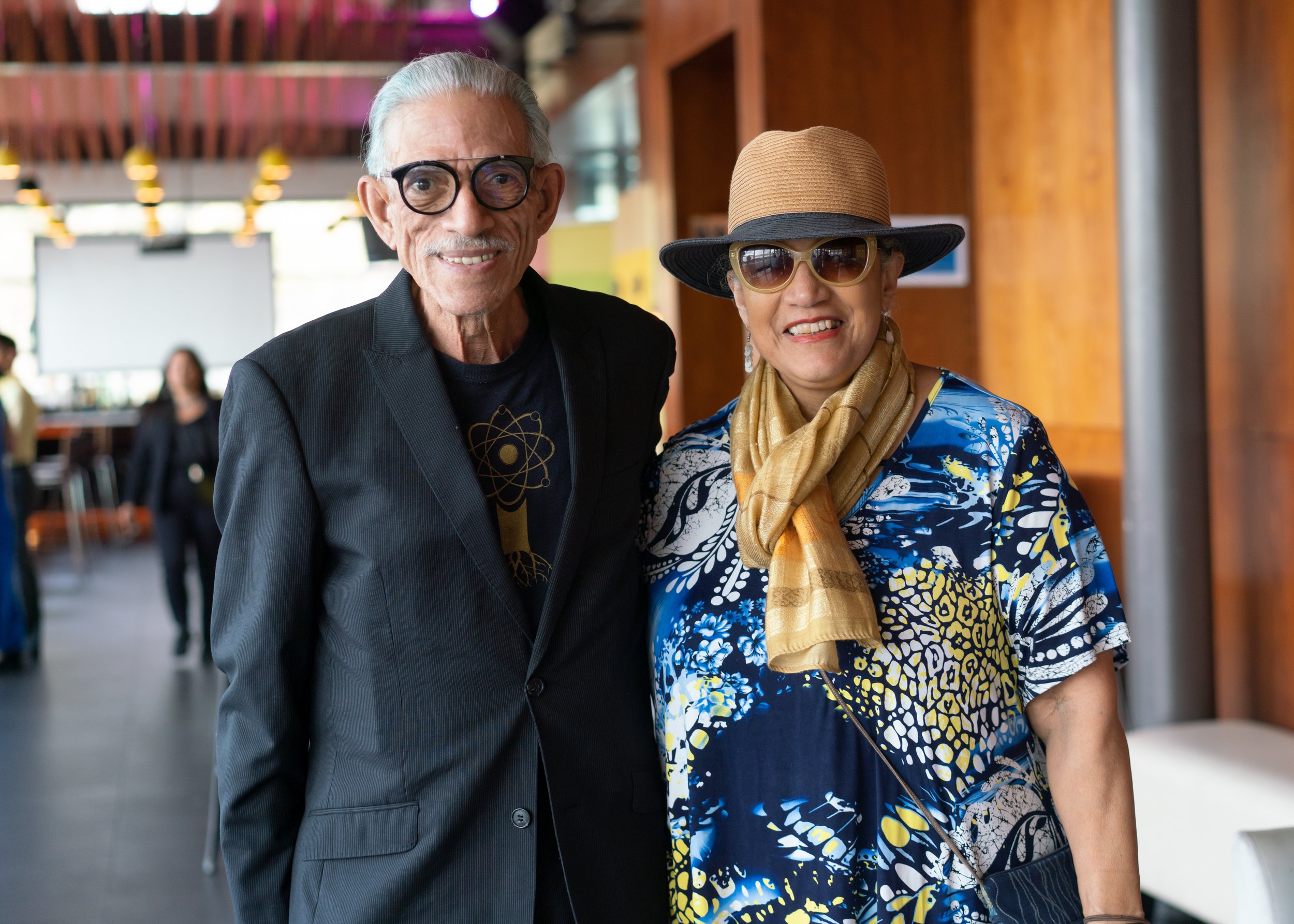
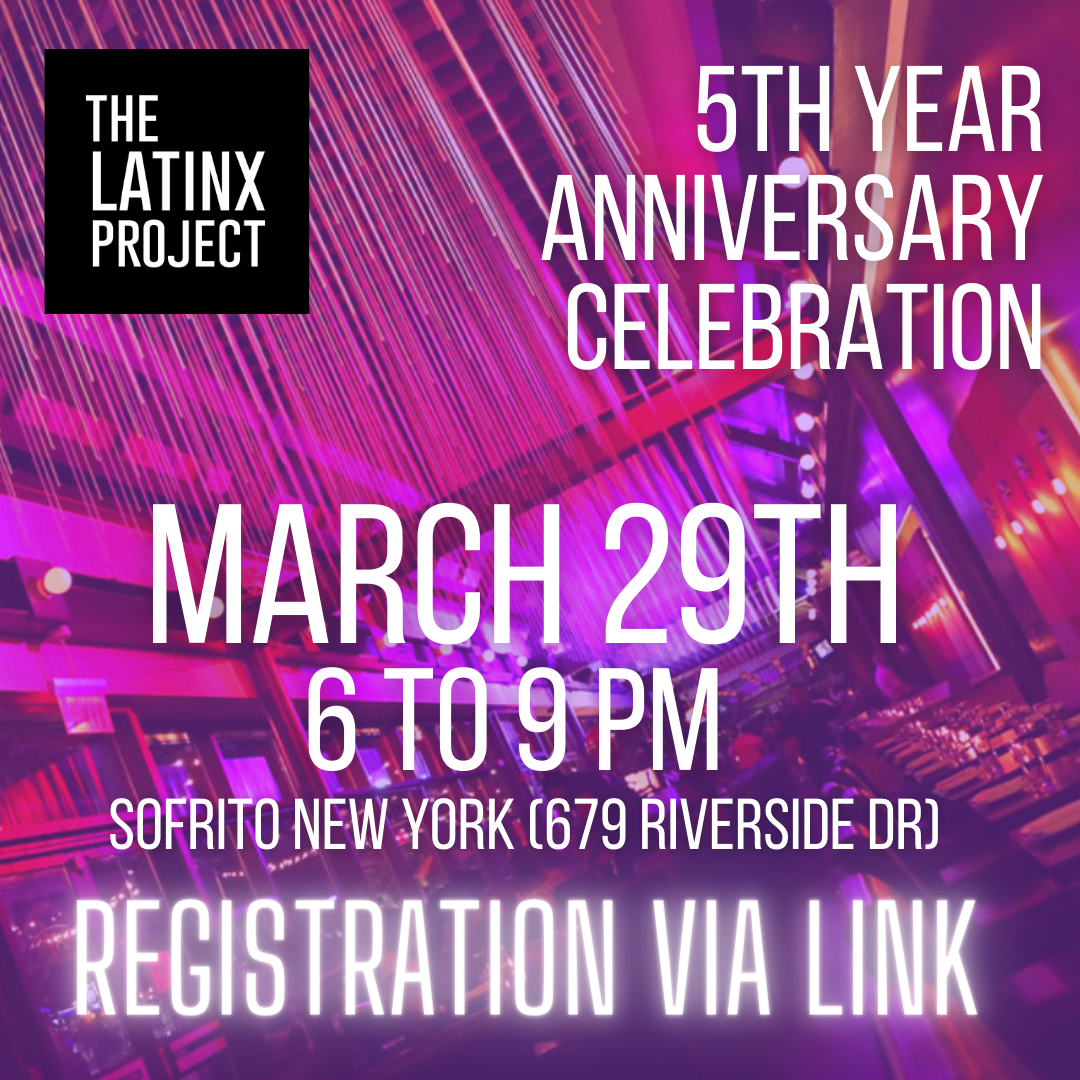
Click here to learn more!
Photos by Antonio Andrés Rodríguez @lo_normal

BombaYo x TLP
Photo Credit : David Gonzalez / New York Times
BombaYo will bring an immersive experience to the Latinx Project that will educate participants on the historical and cultural origins of Bomba. In this performance-based workshop, participants will learn the meaning behind the songs, rhythms, and dance of Bomba as connected to healing, resistance, and Puerto Rican ancestry.
BombaYo ignites the ancestral rhythms of Bomba, an African-derived music and dance tradition developed in Puerto Rico. The synergy of call-and-response singing, drumming and dance provides the foundation for a dynamic interplay between the solo drummer and dancer.
In the spirit of Sankofa -looking to your past for a better future- BombaYo members draw from the bomba tradition to enrich their lives and embrace their cultural legacy. Through workshops, cultural presentations, performances, and partnerships, BombaYo engages communities throughout NYC area to raise awareness of Afro-Puerto Rican culture and to connect Bomba to the vast traditions of the African Diaspora.
Participants
Jose Ortiz aka Dr. Drum
Born on December 3rd, 1958, at New York City’s St. Vincent Hospital to Puerto Rican parents both from Caguas, Puerto Rico, Dr. Drum is known as one of the Top National Afro Rican Bomba Artists. Bronx native Jose Ortiz, aka Dr. Drum, is a nationally highly acclaimed professional on-stage performer, educator in Pan-African, Caribbean and Latin culture and is a self-taught percussionist of AfroCaribbean rhythms. For these past twenty years, he has been an adamant advocate for the cultural arts as well as an adamant activist, organizer and educator of Afro Puerto Rican Bomba, a traditional African derived music and art form, which was brought to the Americas from the African slaves.
Dr. Drum is presently the co-founder and Musical Director of BombaYo Afro-Puerto Rican Arts’ Project. His work helps members of all ages, cultures, backgrounds, race and ethnicities develop a strong sense of identity and responsibility through actively exploring their cultural roots. Dr. Drum’s engaging style encourages children and adults to explore their own musicality. He sees this art form as a vehicle for self-discipline, cultural affirmation, and healing. In doing this work Dr. Drum most importantly, seeks to bring awareness and appreciation of the contributions of the African Diaspora in the Americas to the entire world. Dr. Drum has been affiliated through the Brooklyn Arts Council, the Bronx Council On the Arts, the City Lore, the Union Square Award Professional Development Program. Furthermore, he has co-chaired a committee and presented for the Bomba Research Conference. Throughout the years, Dr. Drum has been acknowledged numerously and has received various awards such as: TheProclamation Recognition Award from the Bronx Borough President, the Don Quijote Recognition Award from the Brooklyn college and numerous citation awards from the New York State Assembly Men and Council throughout the years for his immense cultural contributions.
Dr. Andrew B. Torres
Dr. Andrew B. Torres (he, him, his, el) is an Afro Boricua spoken word artist from the Bronx. His work disrupts traditional performance to challenge social norms of conformity and respectability politics. Focusing on themes at the intersections of identity, youth, hood culture, and mental health he aims to depict the desirability of racially minoritized communities. Bringing spoken word to his community through education, Dr. Torres taught spoken word as an English and Social Justice teacher while also facilitating workshops for middle/high school students, teachers, administrators, and professors across the United States. He has been performing for the last 17 years and has graced the stage of the Nuyorican, the Point, El Museo del Barrio, and the Bowery Poetry Club. His work seeks to shift normalized frameworks of poetics toward a poetics of fugitivity and survivance. His poems are published in the BX Writers Anthology Volume 1 and the Springfield POV. Dr. Torres is currently employed as a Clinical Assistant Professor of English Education at New York University coaching pre-service teachers.

Xican-a.o.x. Body: Artists in Conversation
Join the American Federation of Arts in partnership with The Latinx Project for a unique program with Tamara Santibañez and José Villalobos, artists who both address the body as a tool through which to challenge stereotypical and marginalized constructions of Chicanx identities. Their conversation with curator Marissa Del Toro will focus on their work while more broadly addressing how Chicanx artistic practices can foreground the brown body as a site of political resistance against Western hegemonic canons. The event will shed light on the multiple ways in which Chicanx artists’ self-representation affirms the uniqueness of their identities and claims their distinctive and integral role among contemporary artistic practices.
This conversation is presented in conjunction with Xican-a.o.x. Body, an upcoming AFA exhibition co-curated by Cecilia Fajardo-Hill with Marissa Del Toro and Gilbert Vicario. Featuring more than 125 works of art by approximately 70 artists and art collectives, the exhibition explores the conceptual and experimental nature of visual practices that focus on the body—both individual and collective—as the site in which imagination and political enunciation are articulated. The traveling exhibition will debut on June 17, 2023 at The Cheech Marin Center for Chicano Art & Culture of the Riverside Art Museum, Riverside, CA.
The conversation will be held in person and streamed live online; instructions on how to join online will be sent in advance of the talk. For more information, contact events@amfedarts.org.
Participants
Marissa Del Toro (she/her) is Assistant Director of Exhibitions and Programs at NXTHVN in New Haven, CT. Since 2021, Del Toro has also worked with Museums Moving Forward as Co-Director of Research and Director of Communications. Previously, she served as 2021-2022 Curatorial Fellow at NXTHVN and as the 2018-2020 Diversifying Art Museum Leadership Initiative (DAMLI) Curatorial Fellow at Phoenix Art Museum. She holds her MA in Art History from the University of Texas at San Antonio, and is originally from Southern California, where she received her BA in Art History from the University of California, Riverside.
Tamara Santibañez (they/them) is an interdisciplinary artist and oral historian living and working in Brooklyn. Their work is rooted in storytelling and the visual language of identity construction, exploring subcultural semiotics and the meanings we make from bodily adornment. They approach the body as a site for archiving and accessing personal and collective narratives and view tattooing as a political intervention. As a queer and trans artist, their practice memorializes the language and resistance strategies used by “othered” populations to build alternative worlds.
José Villalobos (he/him) grew up in El Paso, TX, and received a Bachelor of Fine Arts degree from the University of Texas at San Antonio. His work centers around self-identity as he examines gender roles within the family and dismantles traditional modes of masculinity, demonstrating the battle between the acceptance of being gay and assimilating to both American and Mexican cultural expectations. Villalobos' work has been recognized internationally and he is a recipient of the Joan Mitchell Painters & Sculptors Grant Award and Residency and the Tanne Foundation Award.

Liberating Language through Raciolinguistic Ideologies
“In this talk I aim at engaging participants in doing conscientização (Freire, 1968; Freire, 1996), that is, enacting a critical stance towards ideas about language that have been naturalized and enforced in educational settings. Through a raciolinguistic perspective (Flores & Rosa, 2015), we will reflect about ways whiteness has been established as the hidden norm that discipline what counts as academic language while nullifying, stigmatizing and pathologizing variability, hybridity and fluidity. We will discuss how to resist and disrupt linguistic supremacy by liberating our languaging.” - Clara Vaz Bauler
About the working group:
The Ideologies of "Good" Languaging Working Group is organized and led by Drs. Maria Rosa Brea and Erica Saldivar-Garcia. This interdisciplinary affinity group brings together faculty and doctoral students across the departments of Communicative Sciences and Disorders and Teaching and Learning to co-create spaces of inquiry, collaborative learning, and community centered transformation by interrogating ideological orientations about language, race, and ability that characterize policies, curricular materials, and practices.
Participants
Clara Vaz Bauler is an Associate Professor of TESOL/Bilingual Education at Adelphi University. Her research examines how digital media technology can create spaces for minoritized multilingual students to center their voices, linguistic-semiotic resources and composition strategies. As a teacher educator, she resists the ways raciolinguistic ideologies systemically stigmatize, sort, and discriminate against students simply for being themselves.
María Rosa Brea, Ph.D., CCC-SLP, is a Clinical Associate Professor in the Department of Communicative Sciences and Disorders. Dr. Brea joined NYU Steinhardt in Fall 2017 as the inaugural Director of the Bilingual Extension Track. Dr. Brea is a Dominican, immigrant, bilingual (Español and English) speaker, a critical teacher-scholar whose work has been centered at the intersection of multilingualism and disability. She teaches about and implements culturally responsive and sustaining pedagogical practices in her courses, as these are aligned with her overarching commitments to critical inquiry, reflexive praxis, and the redistribution of power in classroom spaces, in a way that remains representative of her students’ brilliant voices. Her classroom and community collaborations focus on researching the impact of standardized linguistic ideologies in speech-language practices, sustaining variability in languaging in the classroom, and co-envisioning a path for linguistic liberation.
Erica Saldívar García, Ed.D, is a Clinical Assistant Professor in the Department of Teaching and Learning and a part of the Multilingual Multicultural Studies program that encompasses TESOL, Bilingual, and World language. Dr. Saldívar García is a bilingual, California-born Chicana, mother, and educator whose work focuses on examining and reimagining pedagogical opportunities for multilingual students and bilingual Latinx students categorized as heritage speakers and English learners specifically. As a former Spanish teacher, her teaching and research invites students to critically examine established norms in language education spaces and co-create disruptions that move forward culturally sustaining practices centered on students and their communities.

Spring Exhibitions Opening Reception
Join us for our opening exhibitions featuring our fifth-year anniversary exhibition Behind the Cloud curated by Alex Santana and Marissa Del Toro and our artist-in-residence Pachi’s Tinkuy: Converging Ecologies exhibition curated by Xavier Robles Armas. Light refreshments will be provided.
NYU requires that event organizers keep a participant record for all in-person events.
Please note that this event will also be subject to the university's current campus access procedures:
Guests will be required to show proof of vaccination upon entry.
See both exhibitions:
Gallery Hours :
285 Mercer Street,
New York, New York, 10003
Tuesday - Friday
11am - 5pm

Behind the Cloud: Interrogating Digital Technologies (Exhibition)
Artificial intelligence, surveillance mechanisms, and communications infrastructures contour the essence of our world and how we experience daily life. Often made invisible, as if they were always naturalized aspects of our collective existence, these technologies inevitably inform the way we present ourselves, engage with others, and view the world beyond our immediate vicinity. In Behind the Cloud, artists explore our relationships with digital technologies and interrogate various systems of control through a wide array of media: programming software, crowdfunding sites, video, photography, algorithms, sculpture, printmaking, and social media.
Jezabeth Roca Gonzalez explores how social media and other digital communications allow us to connect virtually across varying degrees of distance and often in fragmented ways, fueling complicated notions of diaspora. Everything is connected through Google Earth, as Liliana Farber’s works imply, linking the corporation’s insatiable thirst for data, the precision of machine learning, and the historic obsessions and violence of early colonialism. Using data collected from 3D lidar scans of a youth detention center in Lansing, Michigan, Dan Paz & Aviva Avnisan map the architecture of the facility from the outside in, gesturing towards the history of panoptic surveillance. Through an analysis of contemporary pop culture, specifically Hollywood movies depicting Black people, Dennis Delgado’s work underscores the role of facial recognition, corporate surveillance apparatus, and predictive policing as it affects Black people and activist groups more broadly. Their artworks consider how these technologies routinely mine and sell our information to the highest bidder, abstracted as terabytes of data hosted on offshore server farms, mirroring other architectures of incarceration. The work of Michael Menchaca approaches this question through memetic aesthetics, using satire to heighten the absurdity of racial profiling, for-profit detention centers, and the hyper-militarization of the US/Mexico border. Also incorporating a sense of humor, Steffi Faircloth’s work destabilizes the authority of the border through the sensorial memetics of ASMR. Adán De La Garza analyzes the nature of surveillance and enacts a “subversion of authority through the aesthetics of authority.” As an act of refusal, De La Garza uses a GoPro or a mock surveillance camera to monitor and block the vantage point of ubiquitous surveillance technology that watches us passing through TSA security or on the street. Bahareh Khoshooee’s constantly evolving sculpture, Everchanging Facade, layers projected images pulled from her Instagram––many of them referencing trends and objects of desire rooted in Iranian culture––onto an ever-changing sculptural form that is gestural and intuitive, playing with the idea of the “cloud.” Maximizing on white liberal guilt during the 2016 US election, RaFia Santana’s multimedia project #PAYBLACKTiME was a radical redistribution of wealth in the form of free Seamless/GrubHub meals for Black and Brown people, paid for by white people through crowdfunding organized by the artist, appropriating platforms like PayPal to do so.
In our age of information, corporations and government bodies fuel their empires through data mining and collection in order to keep tabs on citizens and target them with algorithmic advertising. The artists in Behind the Cloud examine, in divergent ways, how these technologies feel omnipresent and an inescapable byproduct of participating in everyday life. They also underscore how these technologies work in tandem with the agendas of corporations, governments, and other systems of control. These artists offer an awareness of the system we exist in while encouraging us as viewers to question, delve deeper, and activate our own individual and collective responses.
This exhibition is presented as part of the Latinx Project’s 5th year anniversary. Curated by Marissa Del Toro and Alex Santana.
thumbnail credit: Michael Menchaca, Concept poster for #Wild Wild Web3:The Musical, 2022-23, wall vinyl. Courtesy of the artist.
Gallery Hours :
285 Mercer Street,
New York, New York, 10003
Tuesday - Friday
11am - 5pm

Tinkuy: Converging Ecologies (Exhibition)
Pachi Muruchu’s solo exhibition Tinkuy: Converging Ecologies culminates his time as an A.I.R. at The Latinx Project. The works displayed are a selection of paintings and collages that explore the artist's personal and political relationships to New York City’s ecology. The title of the exhibition Tinkuy, is based on a Kichwa word that loosely translated, means a type of convergence between two things that ultimately create a flow. The exhibition expands on the artist's relationship to New York City’s indigenous histories offering poetic and bold statements about the seamless coexistence of urban life and indigeneity. A deep connection to the land is reflected through his representation of interspecies subjectivities between plants and people close to him. Informed by his research on Lenape and Andean histories Pachi composes meaningful portraits where stories about plant ecologies between Ecuador, New York City, and the Bronx live. The artist creates new worlds and lives through his paintings that help us to appreciate the materiality of Tinkuy in New York City.
By dying fabric and digging into local plant ecologies, and referencing his indigenous Kichwa roots. Pachi encourages us to think about the relationships we sustain with one another and the natural world. The natural flora and fauna embedded in the imagery are entangled with people close to him. In these profound images, the artist orients us towards a commons embedded in the urban life of Mannahatta. Pachi’s work encourages us to consider a Mannahatta that is rich and vibrant with natural plant ecologies, a Mannahatta that is honored and stewarded by the original indigenous Lenape inhabitants and by the many other indigenous people across the Americas who have made it their home. Pachi’s work is a constant reminder of the histories, narratives, and vibrant life that exists in our everyday lives, ultimately tying us all together.
“Art represents the living subjectivity of a people. It is meant to guide our interactions with the material world. Cultural objects are our inheritance of the knowledge and relationships our ancestors intimately held. Today it is passed on to us with hands soaked in the soil and grime of our urbanized Landscape.” - Pachi Muruchu
thumbnail credit: An Allegory for your Mind (Mpisun), Oil on Canvas, 9 x 12 in. Courtesy of the artist.
Gallery Hours :
285 Mercer Street,
New York, New York, 10003
Tuesday - Friday
11am - 5pm



